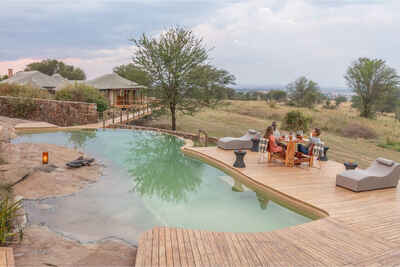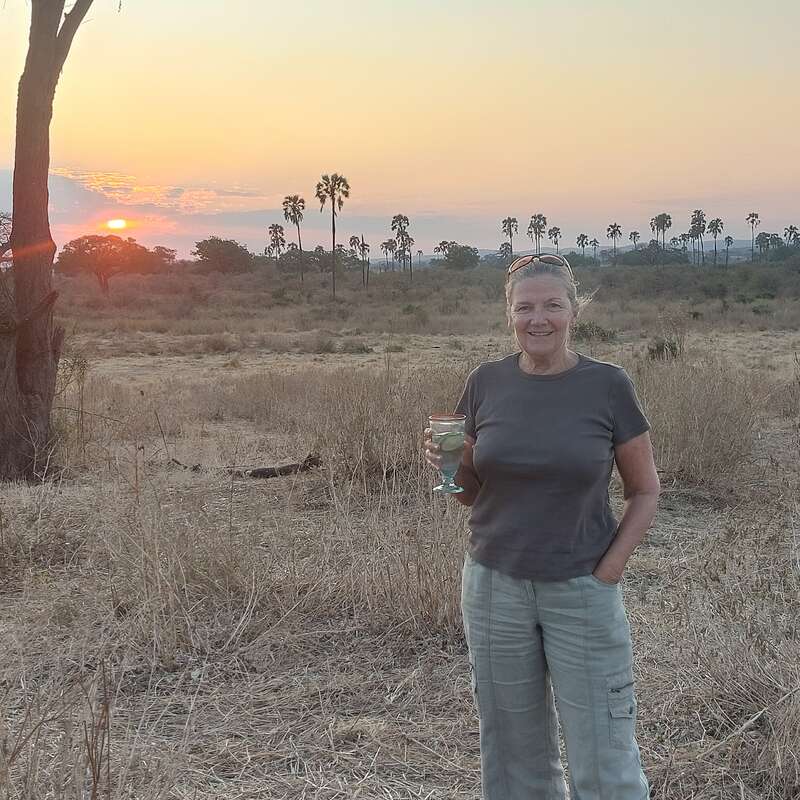About Sayari Camp
Sayari Camp is a luxurious, permanent camp situated in the far north of Tanzania’s Serengeti National Park.
The Mara River meanders from east to west through this remote region's undulating bush, which is home to permanent, large populations of plains wildlife. This part of the Serengeti ecosystem is also a spectacular area to witness the great wildebeest migration.
Our consistent experience is that Sayari is a well-run camp, with high levels of very personal service and great food. While the sheer luxury of the camp will not appeal to lovers of the wilderness, its biggest attraction is its location: perfect for witnessing the migration, at the right time of year. That said, we have noticed that this northern stretch of the Serengeti is no longer as quiet as it used to be, although out of season it is still very quiet up here.
Our view
Our consistent experience is that Sayari is a well-run camp, with high levels of very personal service and great food. While the sheer luxury of the camp will not appeal to lovers of the wilderness, its biggest attraction is its location: perfect for witnessing the migration, at the right time of year. That said, we have noticed that this northern stretch of the Serengeti is no longer as quiet as it used to be, although out of season it is still very quiet up here.
Accommodation
15 tents
Children
Best for children aged 12+
Open
1 Jun – 31 March
Activities

4WD Safari

Birdwatching

Cultural excursion

Fly-camping

Hot air ballooning

Private activities
Traveller reviews of Sayari Camp
63 real, un-edited reviews from Expert Africa's travellers.
Arrived 7 Feb 2025, 3 nights
"Sayari Camp review"
Overall rating: Excellent
Arrived 26 Jul 2023, 3 nights
"Wow. Sayari was amazing. "
Overall rating: Excellent
Arrived 11 Jul 2023, 3 nights
"Sayari Camp review"
Overall rating: Good
Arrived 2 Sep 2022, 3 nights
"Sayari Camp review"
Overall rating: Poor
Arrived 19 Mar 2021, 4 nights
"Sayari Camp review"
Overall rating: Excellent
Arrived 18 Jun 2019, 3 nights
"Most Amazing Trip We Have Ever Had!"
Overall rating: Excellent
Arrived 8 Feb 2019, 4 nights
"Sayari Camp review"
Overall rating: Excellent
Arrived 5 Oct 2018, 4 nights
"Sayari"
Overall rating: Excellent
Arrived 30 Jul 2018, 4 nights
"Wonderfully organised fantastic guide food OK"
Overall rating: Excellent
Arrived 29 Jan 2018, 4 nights
"Best Camp, best food"
Overall rating: Excellent
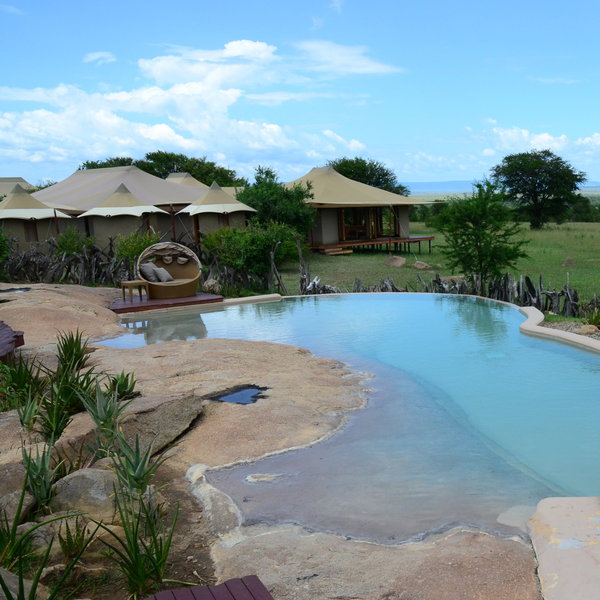
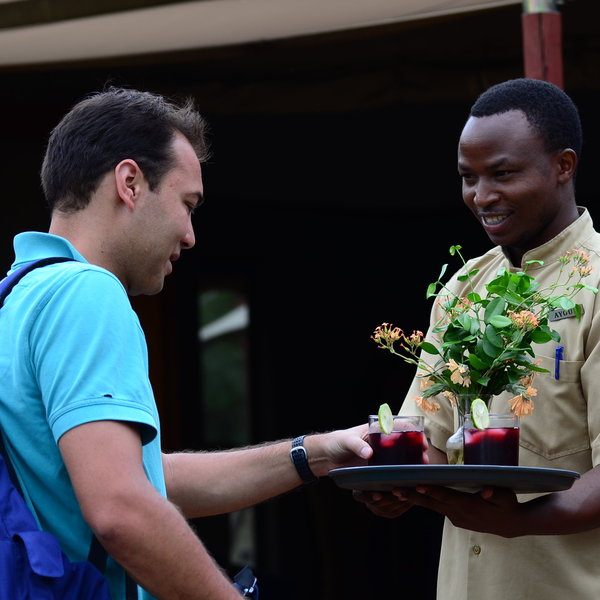
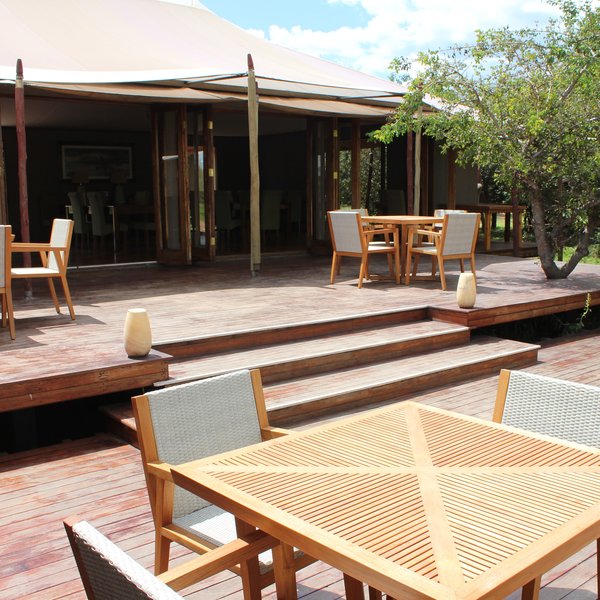
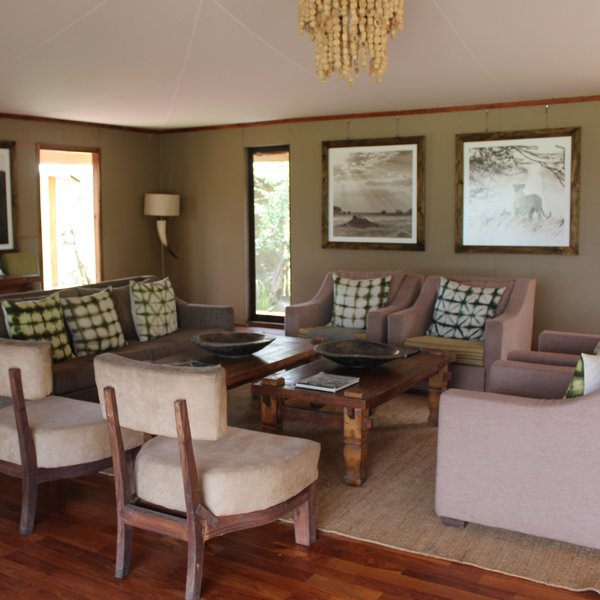
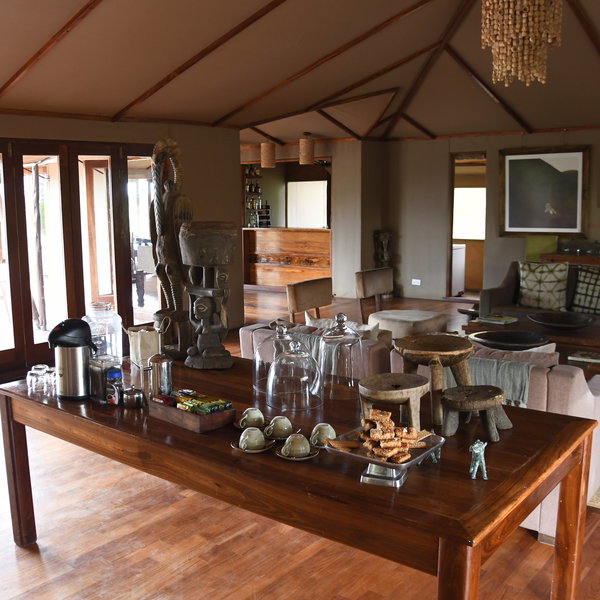
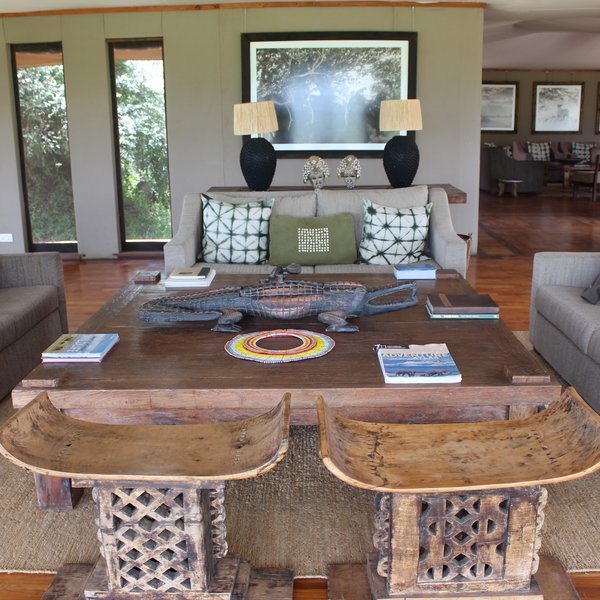
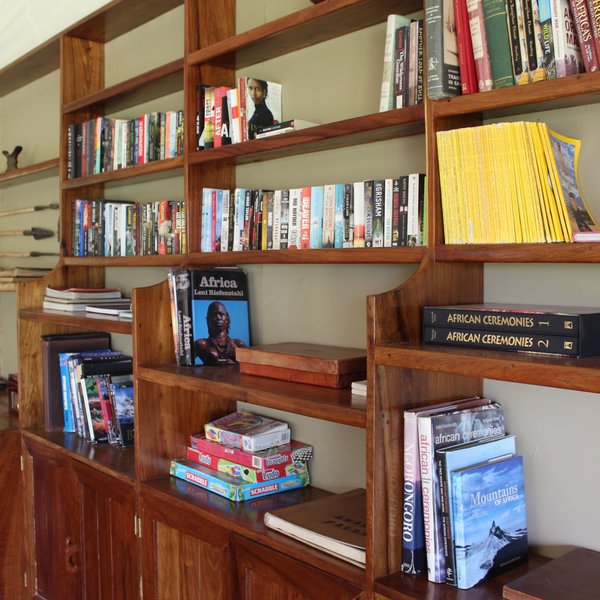
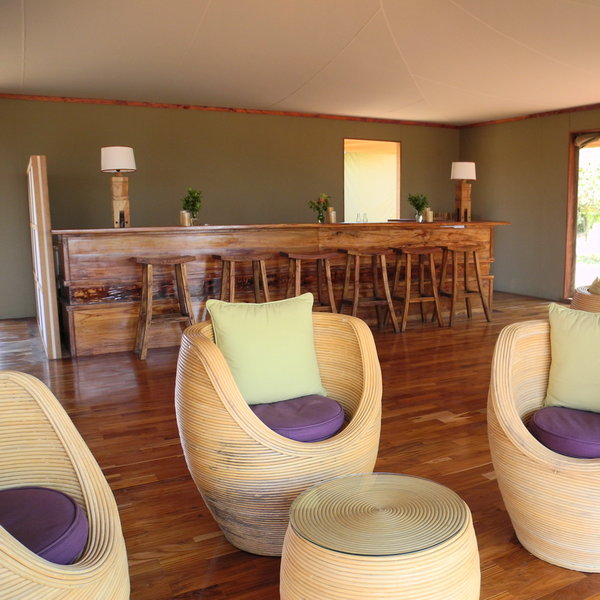
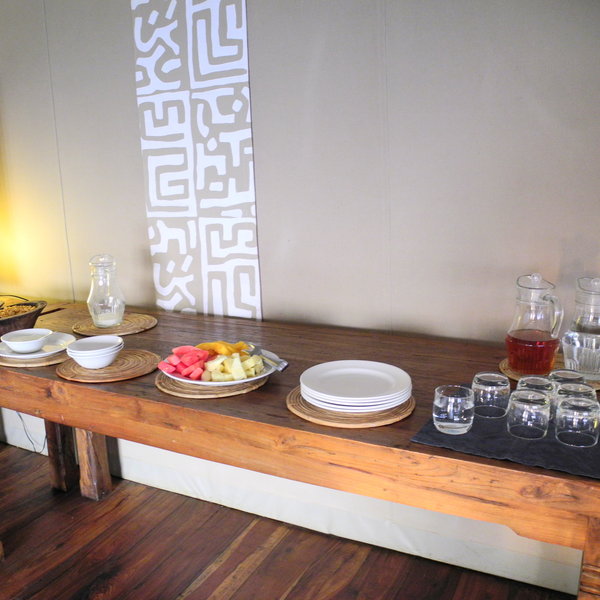
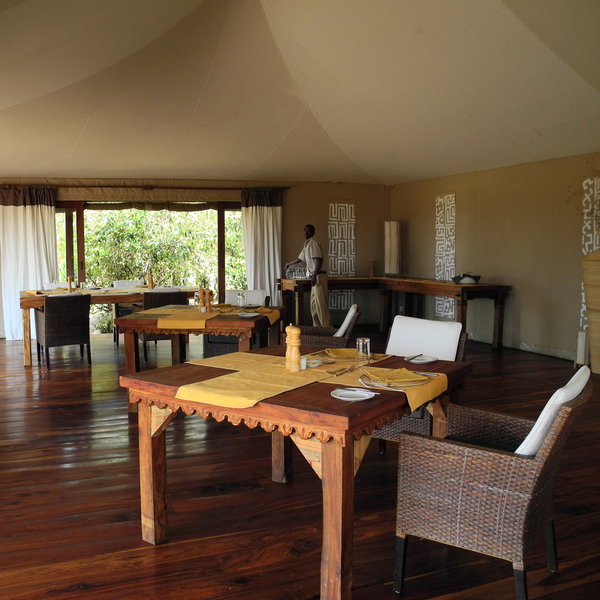
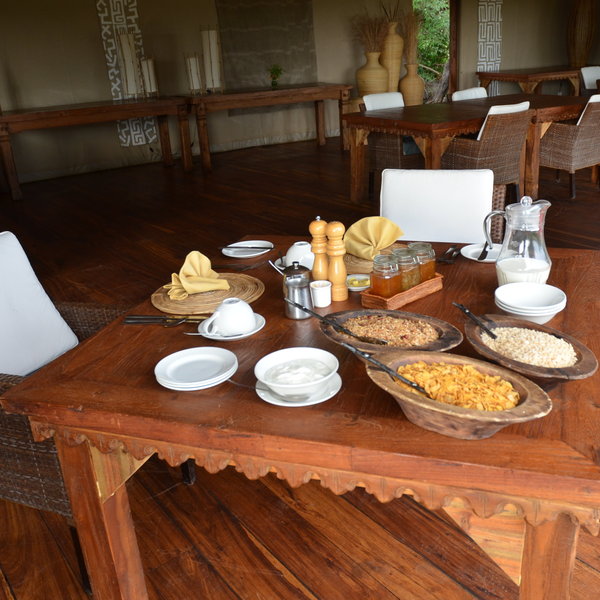
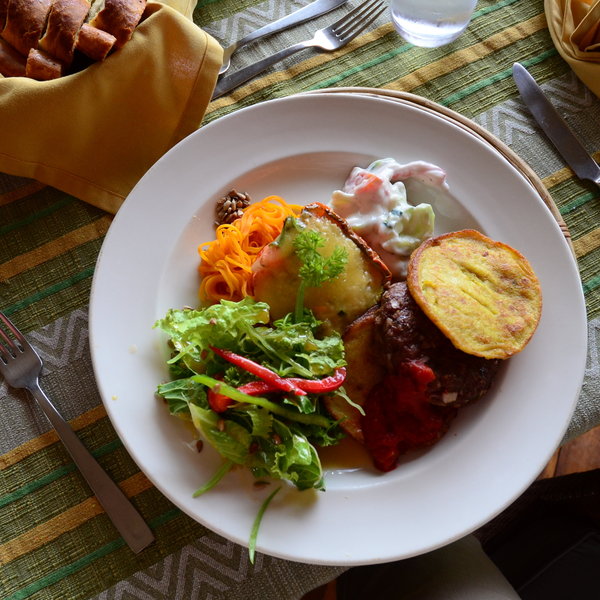
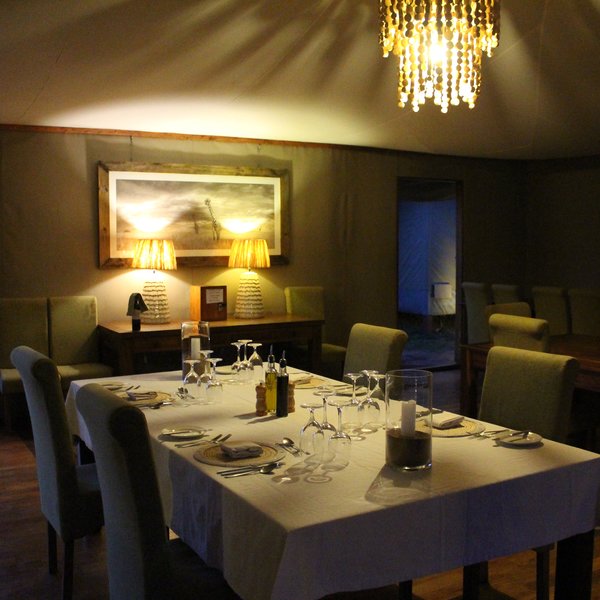
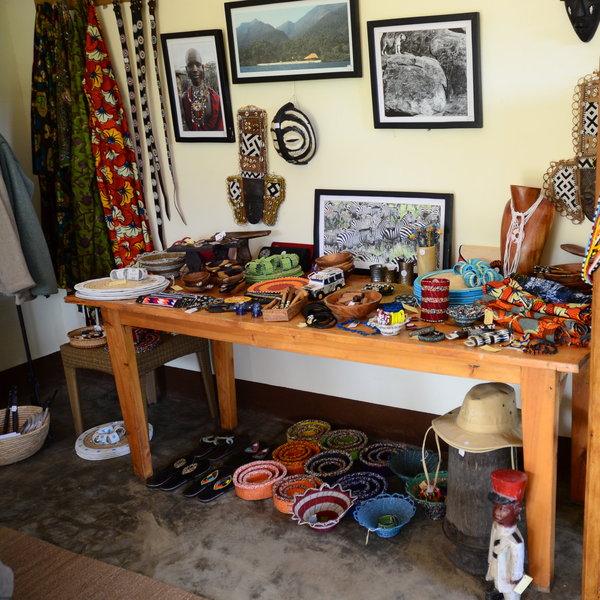
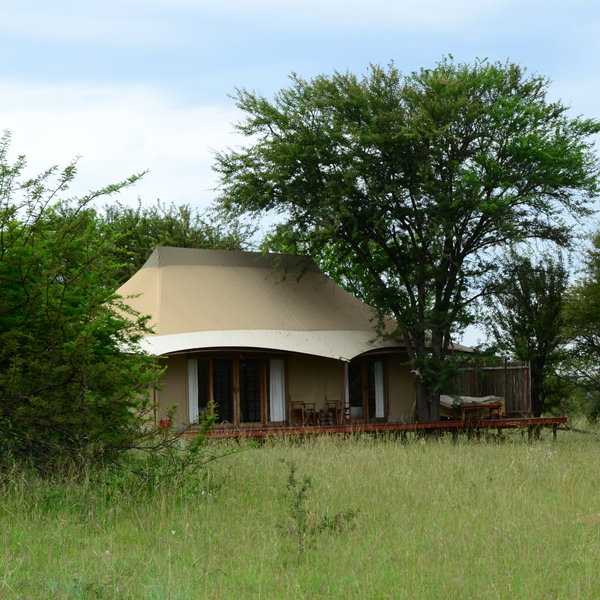
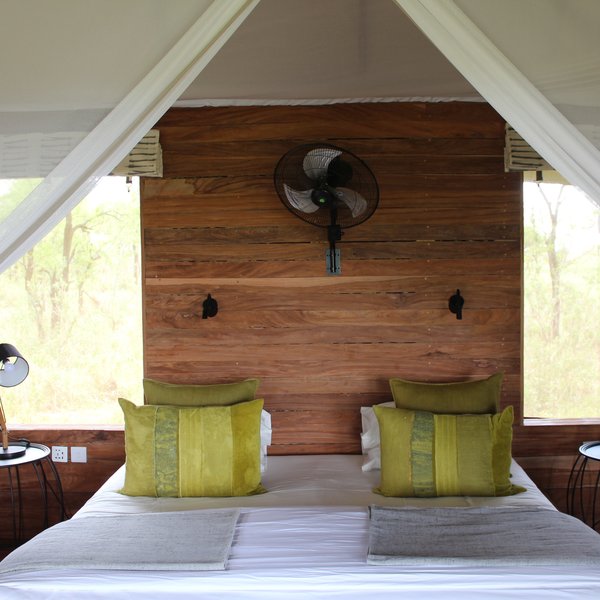
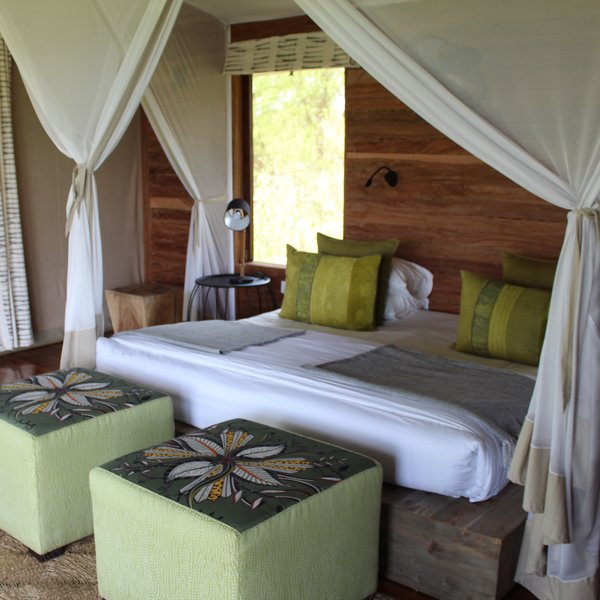
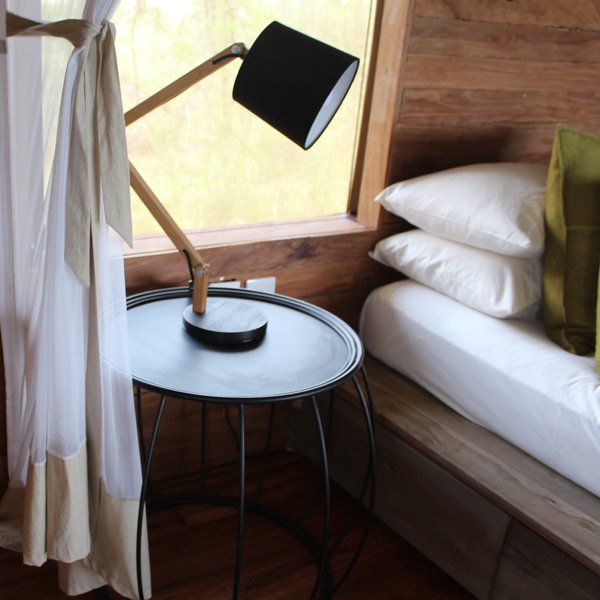
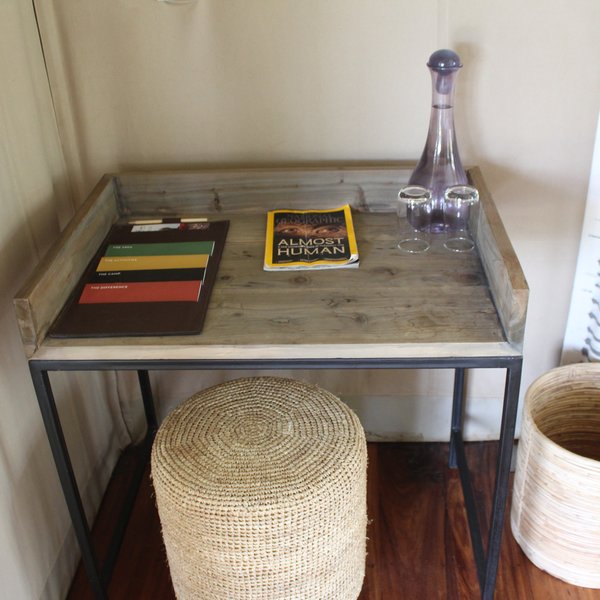
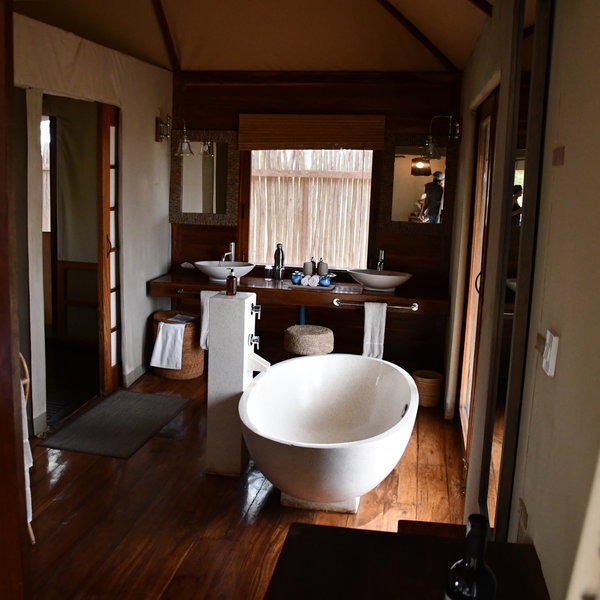
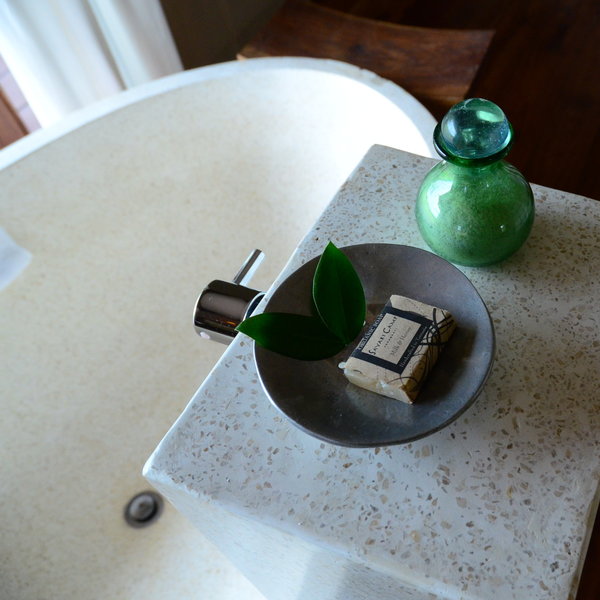
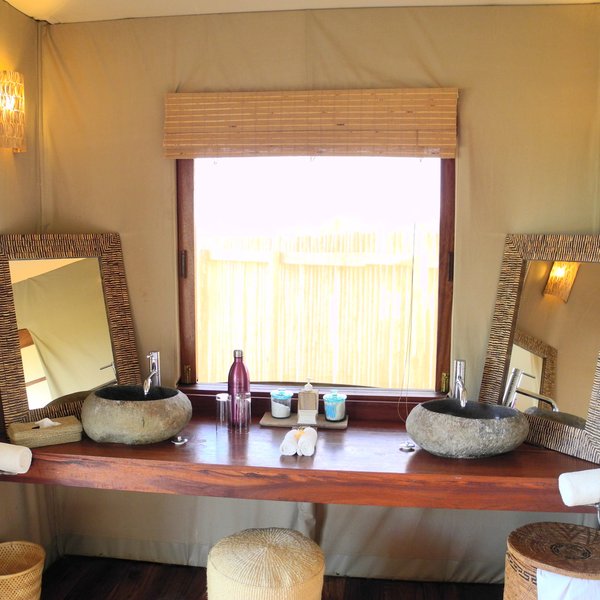
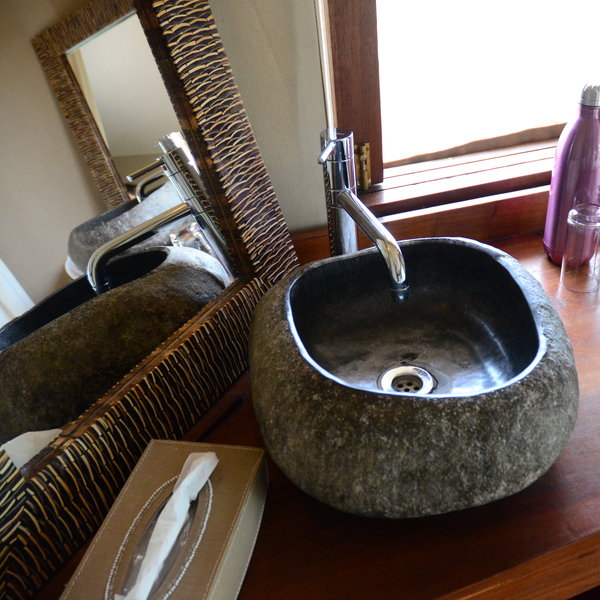
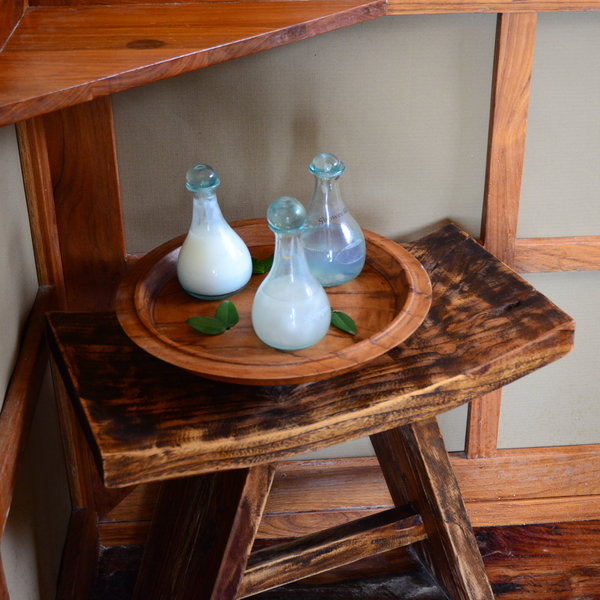
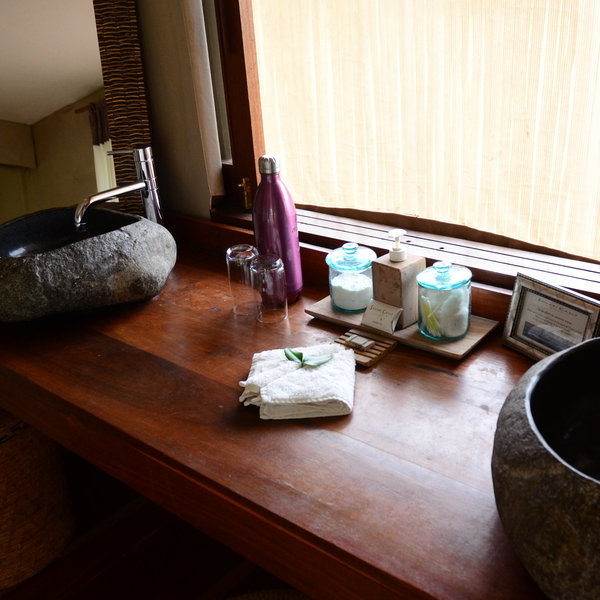
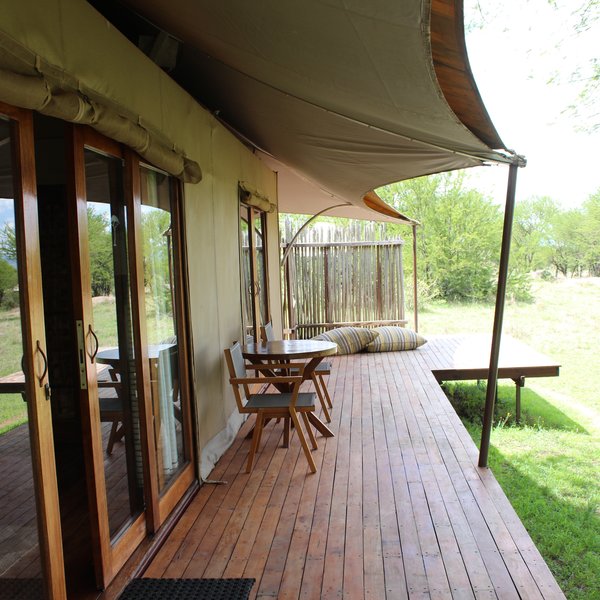
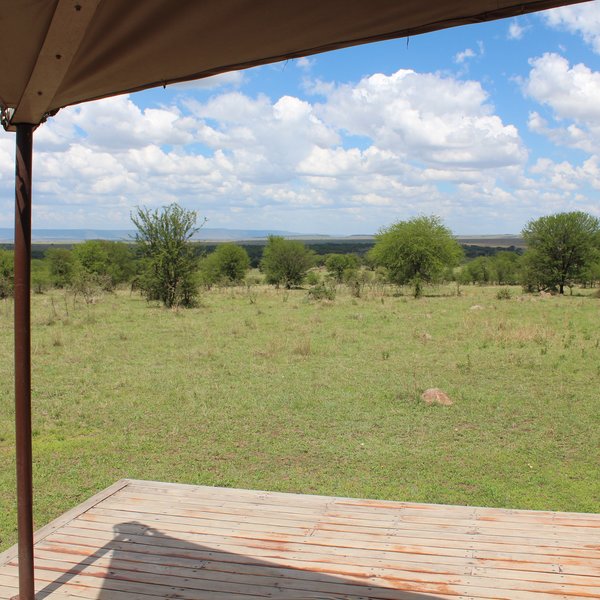
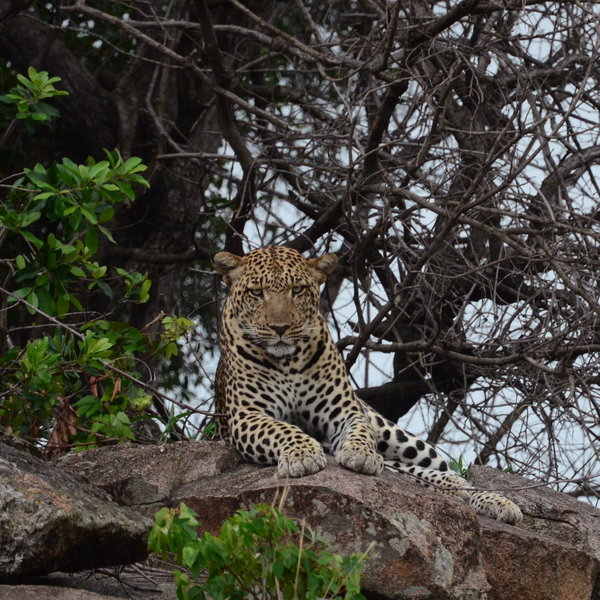
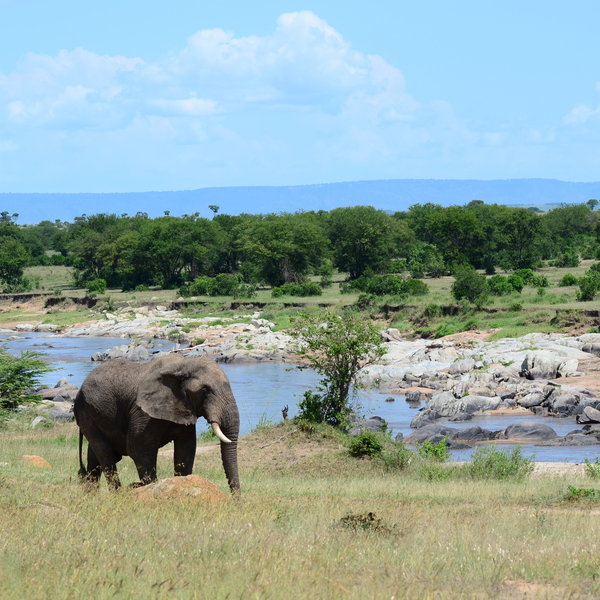
Expert Africa's gallery
When we travel we take lots of photos ourselves to give you a real and un-edited view of the safaris. See our 77 pictures and 2 videos of Sayari Camp to get the candid view.
View gallerySafaris visiting Sayari Camp
Just ideas, we'll always tailor-make a trip for you
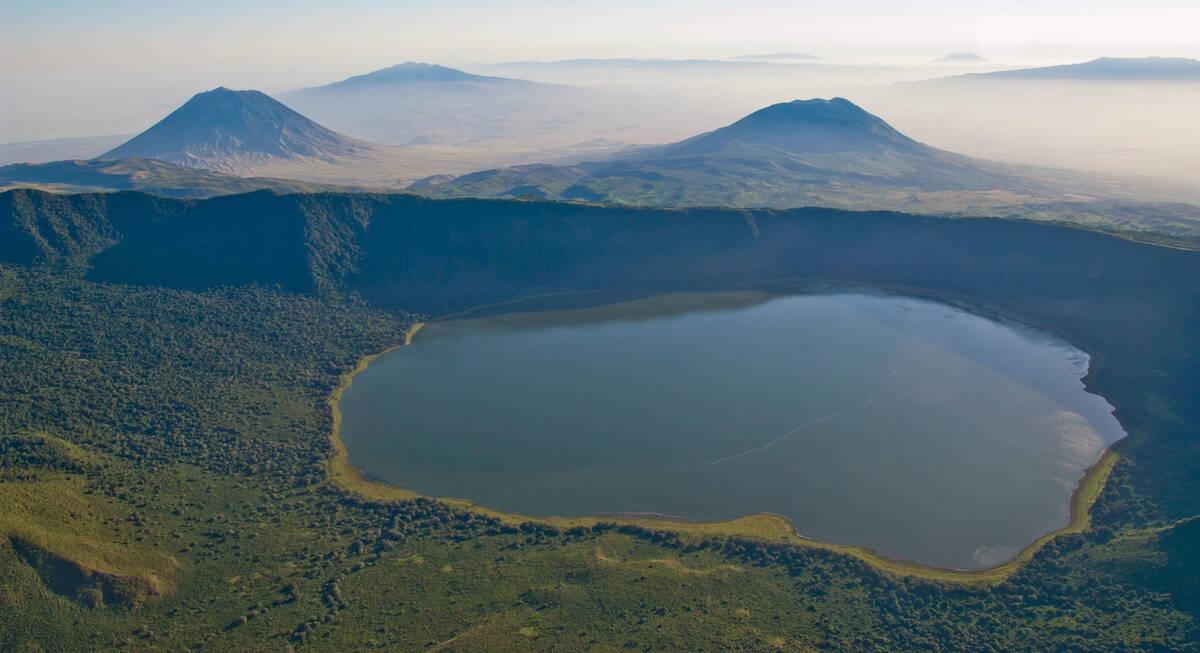
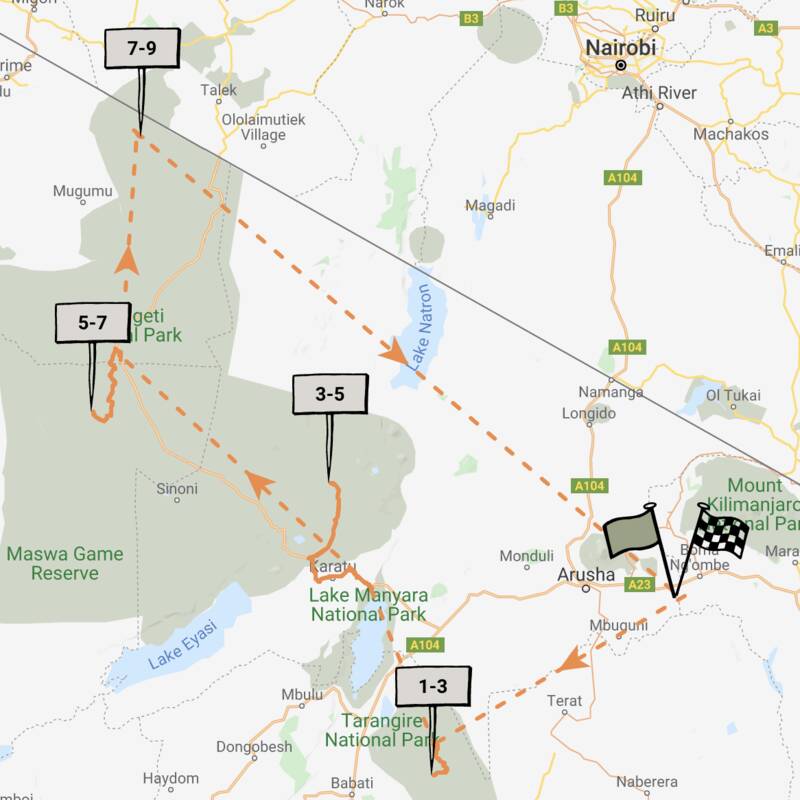
Tinkerbird Fly-in Safari
8 days • 4 locations • 1 country
KILIMANJARO AIRPORT TO KILIMANJARO AIRPORT
Explore Tanzania’s famous northern circuit in Tarangire National Park, the Ngorongoro Conservation Area and the Serengeti National Park. Four smart sister camps offer a high level of care, first-class guiding and a wide range of activities.
Visiting Tarangire, Serengeti and 1 other area
US$10,410 - US$14,140 per person
Sayari Camp: Our full report
Sayari Camp is a luxurious, permanent camp situated in the far north of Tanzania’s Serengeti National Park.
The Mara River meanders from east to west through this remote region's undulating bush, which is home to permanent, large populations of plains wildlife. This part of the Serengeti ecosystem is also a spectacular area to witness the great wildebeest migration.
Sayari is remote from any populated areas, in a part of the Serengeti where the rocky hills and rolling plains make the scenery more interesting and undulating than the normal fairly flat topography. The Serengeti's only permanent river, the Mara, is wide and fast-flowing as it runs through this area and is home to many crocodiles and hippos.
Sayari Camp is split into two different wings, with six tents in the smaller (east) camp, to the north of the swimming pool, and nine in the bigger (west) camp on the south side. Each wing has its own lounge and dining area, with a central swimming pool linking the two, a set up that helps to lend each wing the feel of a small camp.
The 15 tents at Sayari are each set up on a similar plan, with the exception of the larger honeymoon tent, which has a secluded outdoor bath, a four-poster bed, a huge extended deck and an uninterrupted view.
The family tent has been set up to accommodate five people but can take up to six. There is one triple room and one double each with its own bathroom.
Most of the tents are relatively close together, but they are well oriented to retain privacy. Some, however, are a good way from the central area – about a 10-minute walk for tent 15 (though that one has the bonus of an outside bathtub). Guests with mobility issues are recommended to stay in tent 9. Because of the distance, and the fact that the area teems with wildlife, including hippos looking for good grazing, a vehicle is often used to transport guests to and from their tents.
Inside, the tents are very spacious, with sliding wooden doors, canvas and wood walls and pine wooden floors giving an unusual, slightly Swiss chalet feel. Comfortable double or twin beds are surrounded by mosquito nets. The bedding and cushions in red and khaki tones complement the overall modern aesthetic. Minimalist iron bedside tables flank the beds, and at their foot sit two red leather pouffes. You'll also find heavy, rustic wooden luggage storage stands, a large electric fan and contemporary lighting. There are complementary mini bars stocked with both soft and alcoholic drinks in each tent.
Behind a sliding panel, a cupboard with a hanging rail and shelves hides white towelling bathrobes, an electronic safe and a selection of insect sprays. Another sliding panel leads to the impressive en-suite bathroom, whose focal point is a large, free-standing, faux-marble bath. Sliding glass doors in front of the bath reveal beautiful views of the bush beyond the outdoor deck. The bathroom is also complete with his and her basins that stand on a wooden base with mirrors above and with a selection of complimentary toiletries. A rain shower and toilet are located in separate cubicles.
Perhaps the aspect we enjoy most about these rooms is outside: the vast teak decks, where you can stretch out on a pile of beanbags or sit on a director's chair to simply look out into the bush. Although you can't quite see the Mara River from camp, the best views towards the river are probably from tents 11, 13 and 15.
The main lounge area of the bigger camp is a large L-shaped canvas-walled structure raised on a wooden deck, with an extensive outdoor deck. Glass folding doors can be opened up completely or closed depending on the weather. The décor is stylish and contemporary, with soft furnishings in shades of brown and beige. There are unusual wooden artefacts and carvings as well as modern statement light fittings. Highly polished wooden floors unite the two wings of the 'L'. The left wing houses a comfortable seating area with sofas and a big rustic wooden table with a few nature books and magazines; the right wing features a smaller seating area along with a large wooden bar and bar stools. The camp also has its own micro-brewery, brewing its own IPA pilsener, as well as blonde and brown ales available on tap. This is a great spot for guests to meet up for a drink and chat before dinner.
Meals in this camp are served in a large, decked, dining tent with a spacious wooden terrace for catching the morning warmth at breakfast, or dining under the stars at night. Breakfast and lunch are taken at individual tables (although breakfast is often served as a bush breakfast in a selected spot above the river, at the conclusion of the morning game drive). Dinner in camp is usually communal, hosted by the managers, and enabling guests to chat over the day's sightings and events.
The smaller camp at Sayari has its own small lounge/dining room, similar in style to that in the left wing of the larger camp.
Separating the two camps is a swimming pool, impressively built into the rocks and with lovely views from funky beanbags and sturdy sunloungers shaded by umbrellas. A small curio shop carries a good range of Maasai jewellery made by a cooperative in Arusha, and a selection of authentic hand-crafted items from other parts of Tanzania. There is also an interesting 'map room', with a selection of books, games and maps. Private dinners can also be held here.
Leading from the swimming pool is a spa which has a large treatment room with views of the Serengeti.
New in 2023 is the addition of the Sayari villas. A short golf buggy ride away from the main camp are two two-bedroomed villas, which can be occupied either independently or ideal for a small group of friends or family travelling together. Each villa has a main lounge with polished pine floors and sliding glass doors leading onto a terrace. Two en-suite bedrooms lead off each side of the lounge.
The villas operate independently from the main camp and each has a small kitchen with its own chef and butler, as well as its own safari guide and vehicle.
A central area is located between the two villas with a dining area and another kitchen, ideal if a larger party is occupying both villas. Here is also a small round pool in a wooden deck
The Mara River and the variety of vegetation around it attract a good population of resident wildlife, and Sayari Camp makes a wonderful base from which to watch both this and – between about July and October – the the Great Wildebeest Migration.
On one stay at Sayari Camp we have watched as thousands of southbound wildebeest massed on the north bank close to the camp, but hesitated to take the plunge. They reported eventually seeing a crossing at another point, further downstream, where hundreds had drowned a few months earlier during a flash flood on their way north, and a few bones still lay scattered on the bank. They cheered as a single wildebeest swam south to join the rest of the herd – commenting that this was not the most exciting migration crossing, but every sighting, great and small, is a pleasure in this beautiful part of the Serengeti.
On another team member's visit one January – which is very much the off-peak season for Sayari – they found delightfully few other people around, yet still saw plenty of wildlife. This is a magical time to visit and arguably one of the Serengeti's best-kept secrets, for the feeling of exclusivity and the excellent rates.
Activities at Sayari centre on 4WD game drives. These focus on either the resident game or, when the migration is passing through, on predator interactions with the herds and the river crossings. A few travellers drive into Sayari, and will do their game drives with their own private guide and vehicle. However, if you fly here, your drives will be conducted in one of the camp's vehicles with a maximum of seven guests in each.
Unusually for a camp within the Serengeti National Park, it's also possible to do bush walks here. These will be led by a guide from the camp who is qualified to conduct walking safaris, accompanied by an armed ranger from the Tanzania National Parks Authority (TANAPA). These are run for up to six guests and generally last for 2–3 hours.
A balloon flight is another option at Sayari, at an extra cost. After a 5.00am pick up you'll be driven to the launch site for take-off at around 6.30am, landing for a champagne breakfast.
Activities
4WD Safari
Birdwatching
Cultural excursion
Fly-camping
Hot air ballooning
Private activities
Families & children
- Attitude towards children
- Children five years and older are welcome at Sayari.
- Property’s age restrictions
- Minimum age five years
- Special activities & services
- They don't offer any special services but do have some board games and the pool is a good size for a safari camp.
- Equipment
- Sayari doesn't have any cots or highchairs.
- Generally recommended for children
- Sayari would be a lovely camp for mature children from 12 years old, and the pool is a real bonus during the hot months.
- Notes
- Parents need to be aware of Sayari's remote location and the high risk of dangerous wild animals, which often wander through camp. It is also a peaceful camp, so children need to be old enough to respect this.
Food & drink
- Usual board basis
- Full Board & Activities
- Food quality
- On a recent visit, although we did not stay at Sayari we were fortunate enough to have lunch. There is a vegetarian option at every meal, and the chefs are incredibly accommodating with requests based on available ingredients.
As some guests are following their own timetable, with their own driver/guide, there is a particularly relaxed feel at breakfast and lunch.
Breakfast can be eaten before or after a morning game drive, depending on your schedule. You can choose from a cold buffet – fresh fruit, cereals, yoghurts, fresh muffins and freshly baked bread – followed by a hot breakfast of eggs cooked to order, sausages, bacon and toast, along with a selection of fruit juices and tea and coffee.
For lunch on our visit we had pork schnitzel, served with carrot and ginger salad, a green salad and grilled butternut. This was followed by fresh fruit salad for dessert.
Quite often guests will choose to take a boxed lunch out with them on safari so they do not have to return to camp. We are told that if guests are busy watching a river crossing close by, lunch can even be brought out to them!
A three-course dinner, usually taken at a long communal table, may be preceded by drinks around the fire. - Dining style
- Individual Tables
- Dining locations
- Indoor and Outdoor Dining
- Further dining info, including room service
- Yes
- Drinks included
- Most drinks are included at Sayari, except for champagne and premium wines.
The camp's reverse osmosis plant purifies the water before it is bottled for guests to drink.
Our travellers’ wildlife sightings from Sayari Camp
Since mid-2018, many of our travellers who stayed at Sayari Camp have kindly recorded their wildlife sightings and shared them with us. The results are below. Click an animal to see more, and here to see more on our methodology.

100% success

100% success

100% success

100% success

89% success

89% success

89% success

78% success

71% success

67% success

50% success

43% success

38% success

33% success

29% success

25% success

0% success

0% success
Getting there
- Location
- Serengeti Migration Area, Tanzania
- Ideal length of stay
- Three nights here is typical, although during the wildebeest migration, four would be fine. Sayari is often combined with its more rustic sister camps, Olakira, Ubuntu and Kimondo. It also combines very well with its sister camp in the central Serengeti, Dunia.
- Directions
- Sayari Camp is 9km (a 15–20 minute drive) from Kogatende Airstrip.
- Accessible by
- Fly-and-Transfer
Special interests
- Honeymoons
- For excellent game viewing, attentive service and a luxurious safari, Sayari Camp, in the far north of the Serengeti, is a lovely choice for a honeymoon to Tanzania. You can expect delicious food, year-round good game, and a romantic setting for your special celebration.
- See ideas for Honeymoons in Tanzania
- Luxury safaris
- Sayari Camp is renowned for offering a remarkable wildlife experience in the Northern Serengeti, whilst also spoiling its guests. Their incredible attention to detail, combined with natural interiors aim to help you to make an authentic and meaningful connection with nature.
- See ideas for Luxury safaris in Tanzania
Communications
- Power supply notes
- There is a back-up generator so power is available in the rooms 24/7. It is possible to use a hairdryer in camp, but guests are asked to try and use this during the day to make use of the solar power.
- Communications
- There is cellphone reception at Sayari, and WiFi is available in the rooms but not the main areas. Fibre-optic broadband was installed in December 2016.
- TV & radio
- None
- Water supply
- Borehole
- Water supply notes
- Water from Sayari’s borehole is used for washing. All tents have flushing toilets and plumbed in showers. The camp's reverse osmosis plant purifies the water before it is bottled for guests to drink.
Health & safety
- Malarial protection recommended
- Yes
- Medical care
- Some of the staff are first-aid-trained and they have a first-aid box on site, as well as in the vehicles. The camp has connections with the Park Doctors who can advise and even prescribe via a video conference call. The nearest hospital is in Arusha which is an hour and a half by air. Sayari has links to the flying doctors service for emergencies.
- Dangerous animals
- High Risk
- Security measures
- There are 'askaris' (local watchmen) on duty during the night. They will escort you to and from your tent after dark. There are even gold buggies to shuttle guests to the tents furthest from the main area.
- Fire safety
- There is a fire break around Sayari and there are fire extinguishers in the rooms and the main areas. Staff are trained to use the fire extinguishers.
Useful info
- Disabled access
- On Request
- Laundry facilities
- Laundry is included at Sayari. It is handwashed by local staff so, for cultural reasons, underwear (ladies or gents) is not accepted. Soap is provided in the bathrooms for this.
- Money
- There are electronic safes in each room. There is no facility for currency exchange.
- Accepted payment on location
- Sayari accepts US dollars, GB pounds, euros and Tanzanian shillings, as well as Visa and Mastercard with no surcharge. Cashback is not possible.
Plan and book your trip with Expert Africa
All of our trips are tailor-made, so we'll always adapt them to suit you. Talk to an Expert and let us plan and arrange your perfect trip.

Talk to an Expert
Call or email us now! We’ll match you with the Specialist in our team who is best suited to help you. Then together we can start planning your trip.

Set up your itinerary
Based on our experience and your ideas, your specialist will create a detailed, costed itinerary. We’ll refine it together, until we have a trip that you’re perfectly happy with.

Prepare for your trip
The same Specialist will make the seamless arrangements for your trip, send you detailed travel documents, and be available to answer any questions before you depart.

Travel with peace of mind
After you set off, you’ll be cared for by our partners in Africa, most of whom have worked with Expert Africa for decades. And if you ever need us urgently, we’re available 24/7.

When you return
We love to learn about your trip, and so will always be grateful if you’ve the time to give feedback to your Specialist when you return.
Sayari Camp's location
Look closer at the environment and surroundings of Sayari Camp.
Excursions from Sayari Camp
Optional extra day-trips and excursions possible whilst you're staying at Sayari Camp. Talk to us: these are usually best arranged before you go.
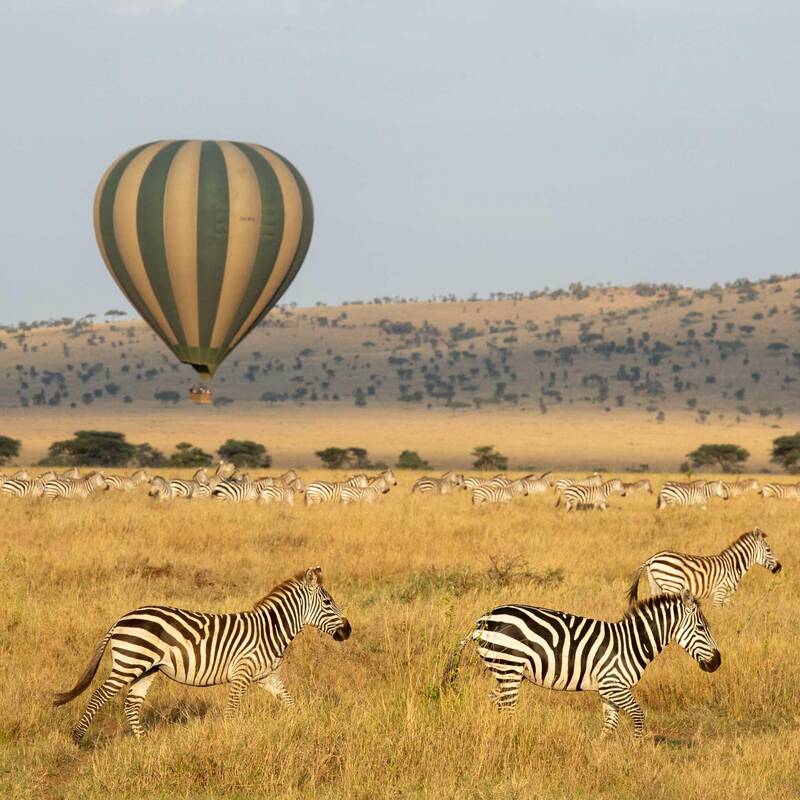
Balloon Safari over the Serengeti
Three hours - approx. one hour flight
As the sun rises over the Serengeti National Park in northern Tanzania, climb aboard for an extraordinary adventure. For an hour you’ll float in a hot air balloon over beautiful savannah and woodland and a diversity of plains wildlife.
More about Balloon SafariOther lodges in Serengeti Migration Area
Alternative places to stay in this same area.
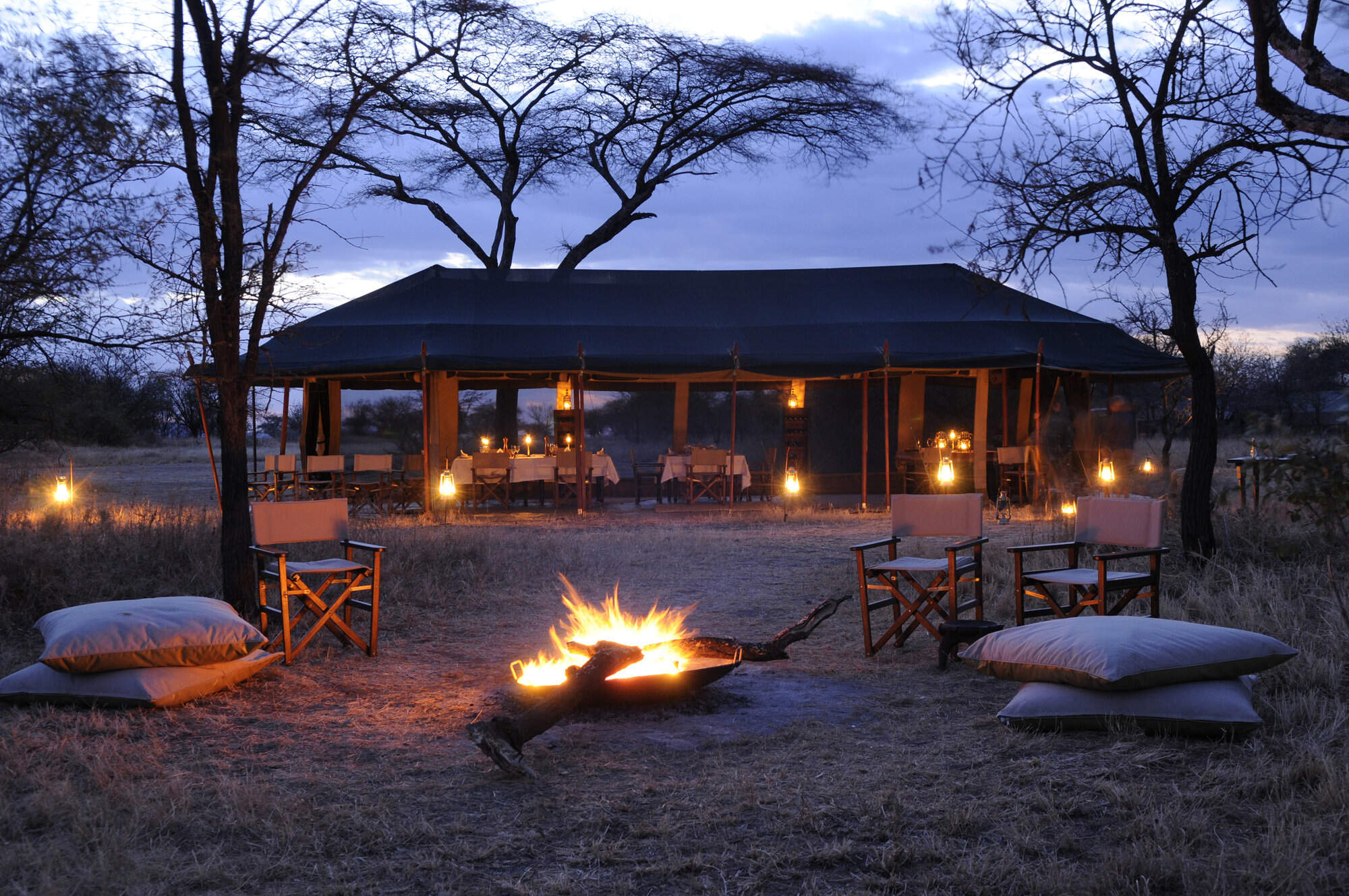
Olakira Camp
Comfortable, friendly and relaxed, Olakira Camp moves between the Mara River and the southern Ndutu area, in line with the wildebeest migration.
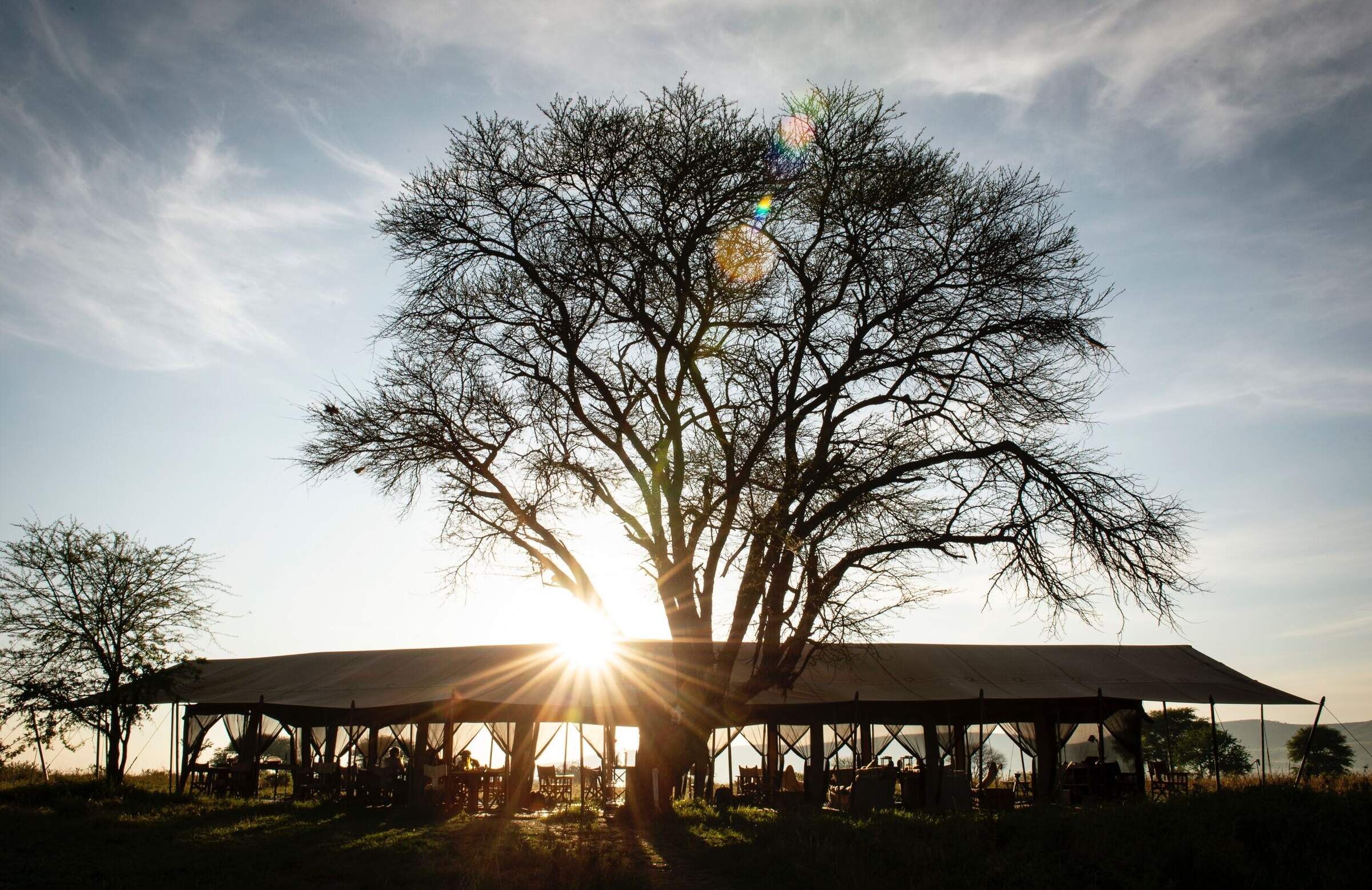
Nomad Serengeti Camp
Serengeti Safari Camp is a well-appointed tented camp that moves several times a year to follow the predicted path of the migration.
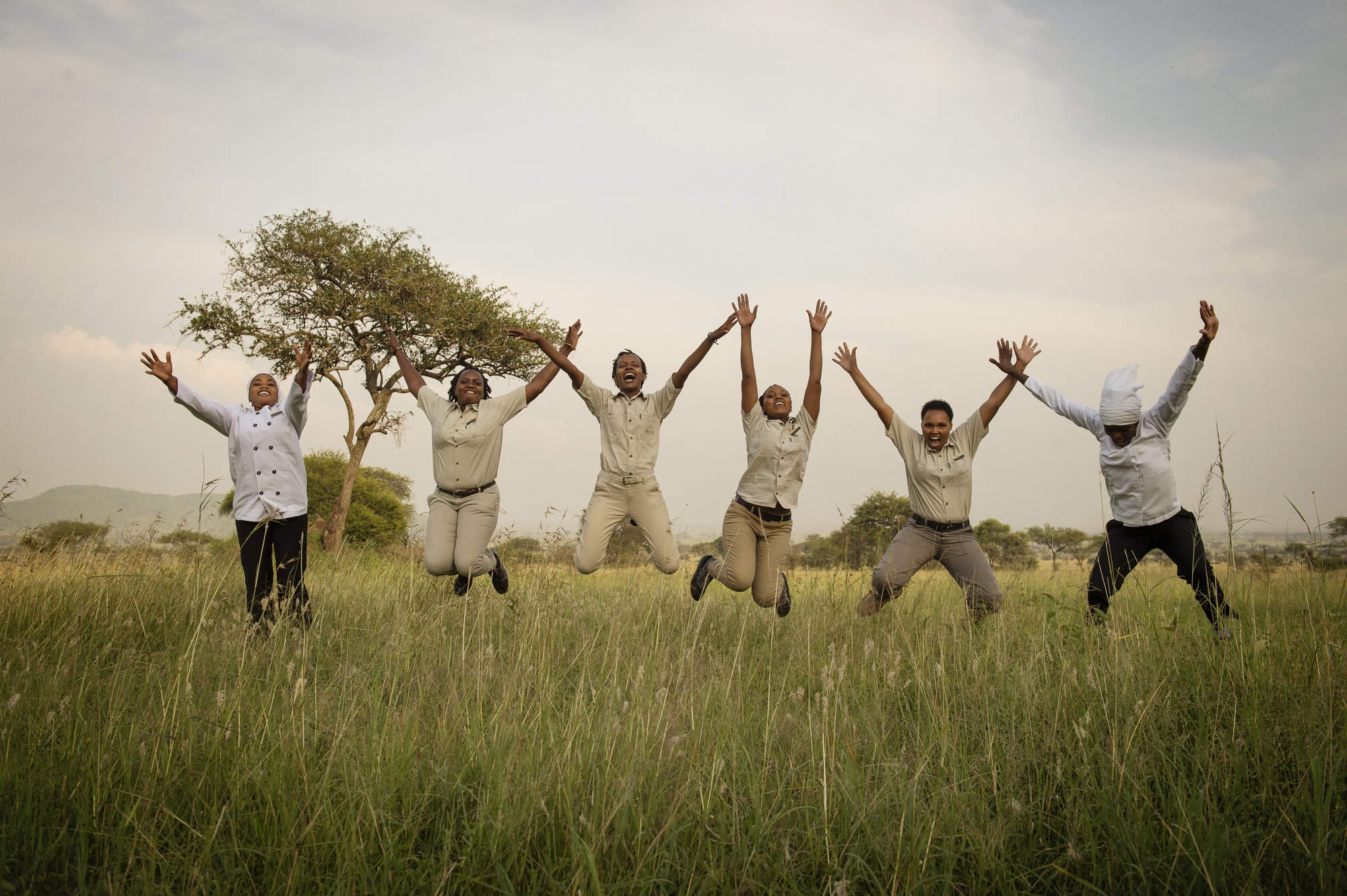
Dunia Camp
Dunia Camp is well located for the migration from December to March, and has excellent game viewing for the rest of the year.
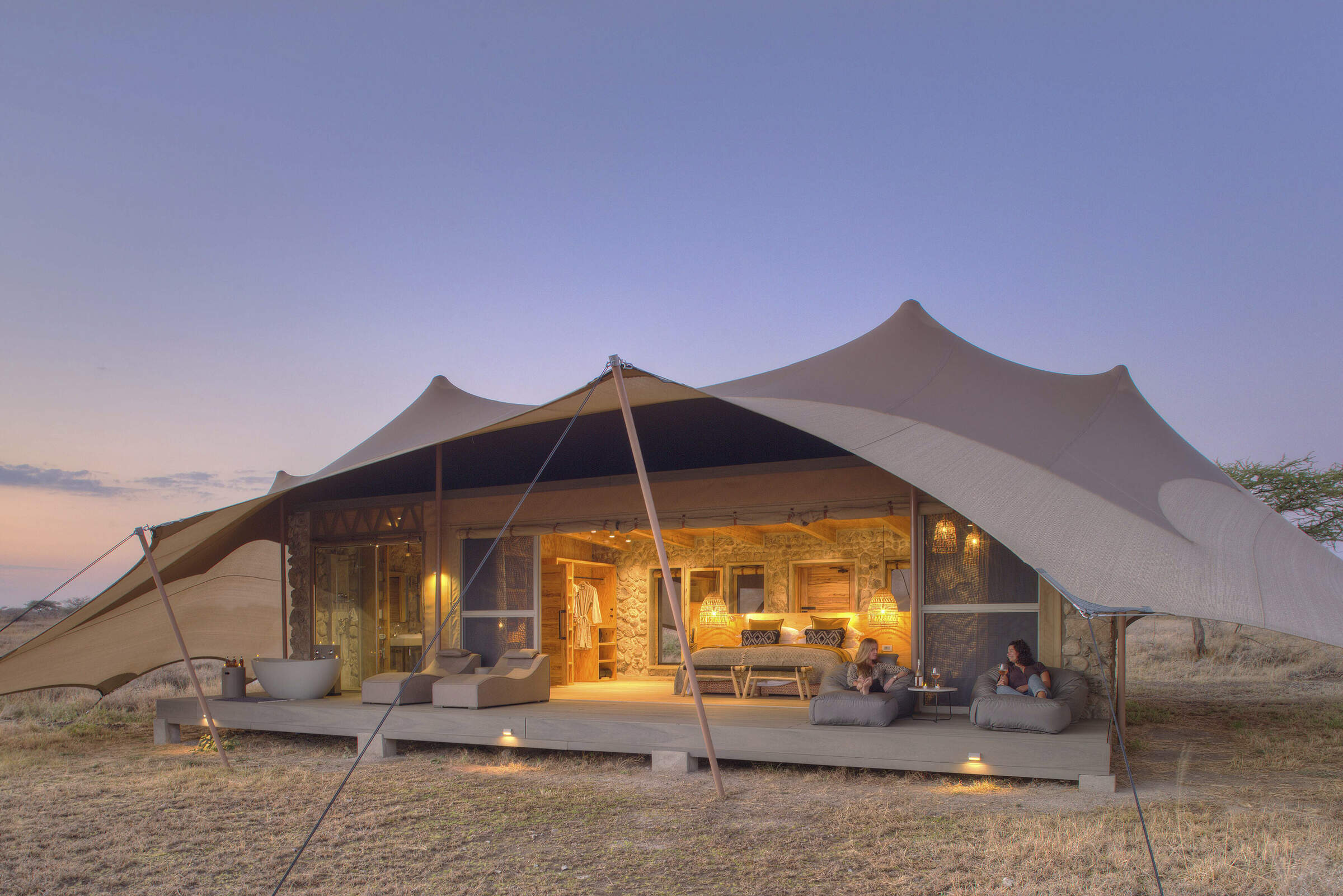
Namiri Plains Camp
Namiri Plains is one of the best camps in the Serengeti and its remoteness ensures a fantastic wildlife experience away from the crowds.
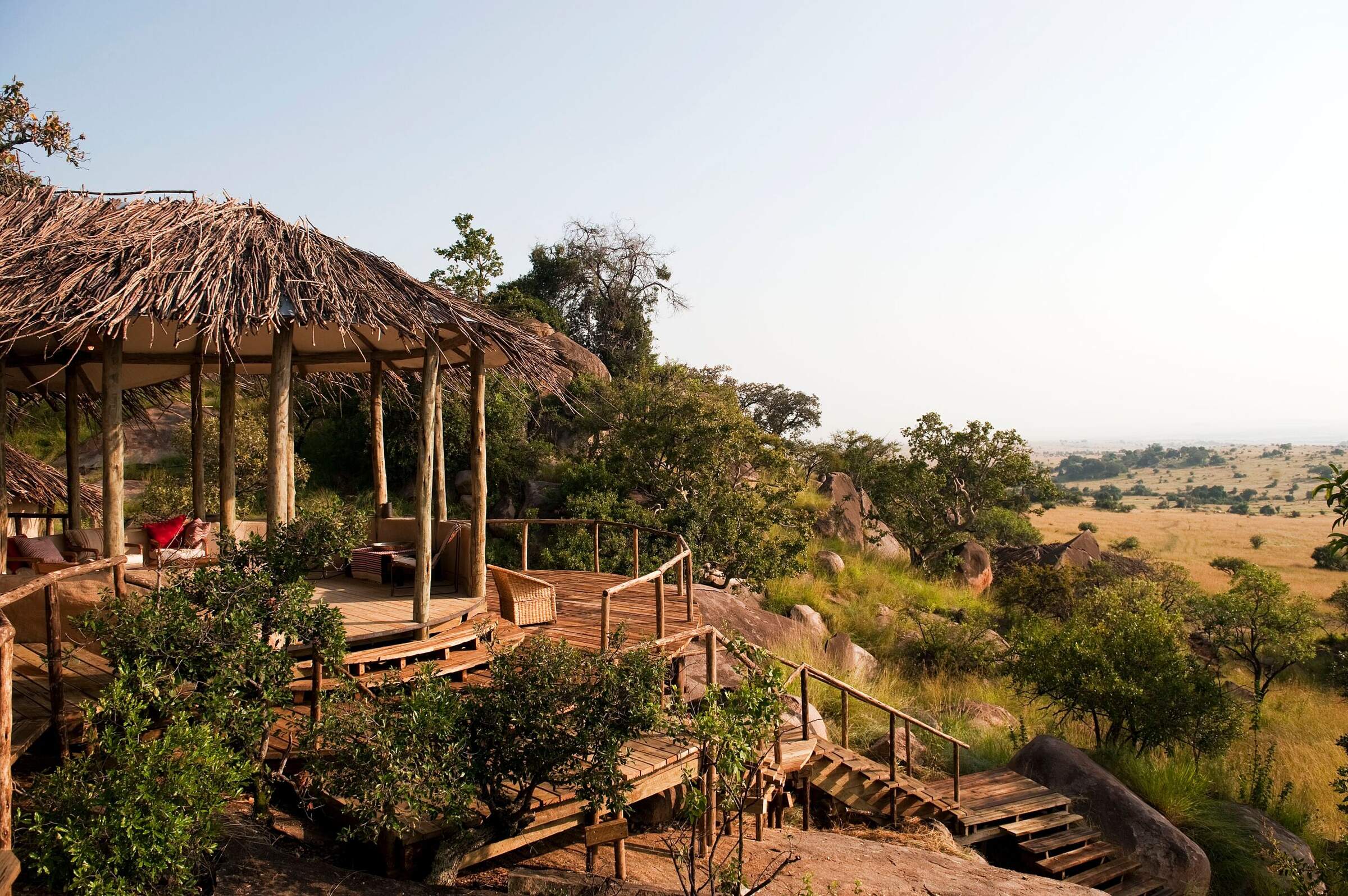
Lamai Serengeti
Set high in the kopjes with fantastic views, Lamai Serengeti offers top service and guiding and good migration sightings from Jul-Oct.
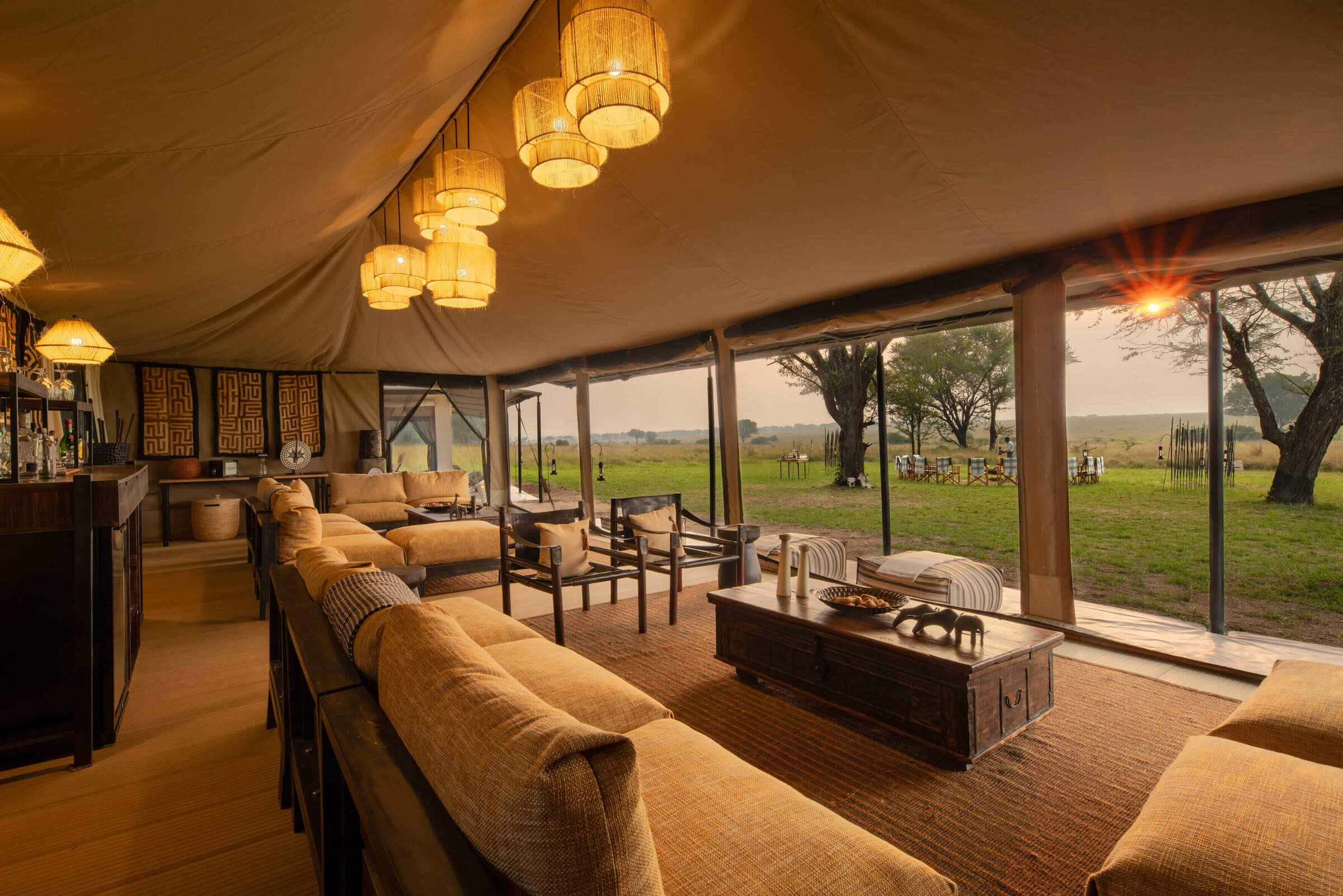
Ubuntu Camp
Ubuntu Camp has several locations in the Serengeti, following the wildebeest migration, so it is often in a great location to see the herds.
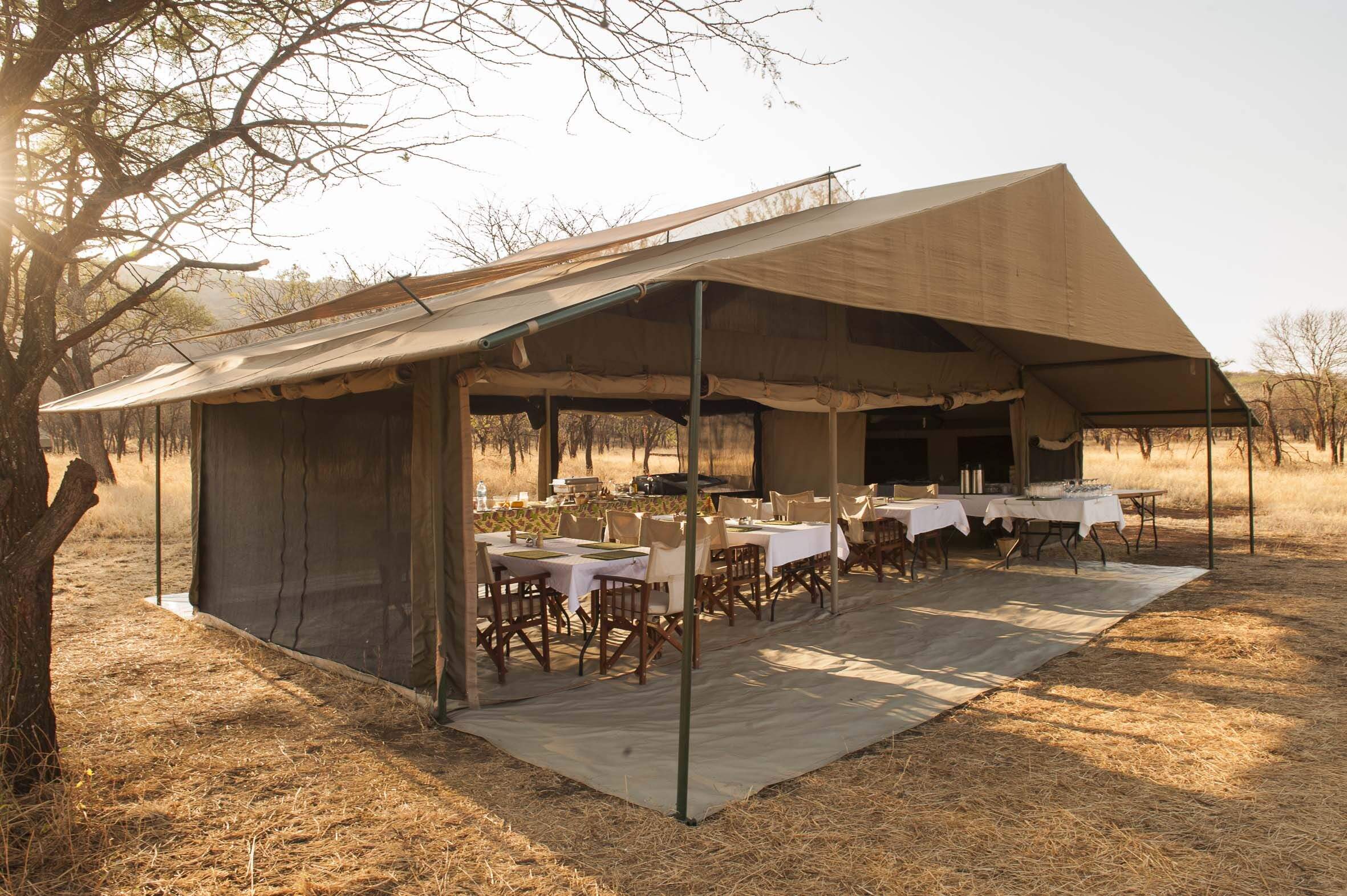
Kati Kati Camp
Kati Kati is a small, very simple bushcamp, which is well-positioned to explore the wildlife-rich Seronera area.
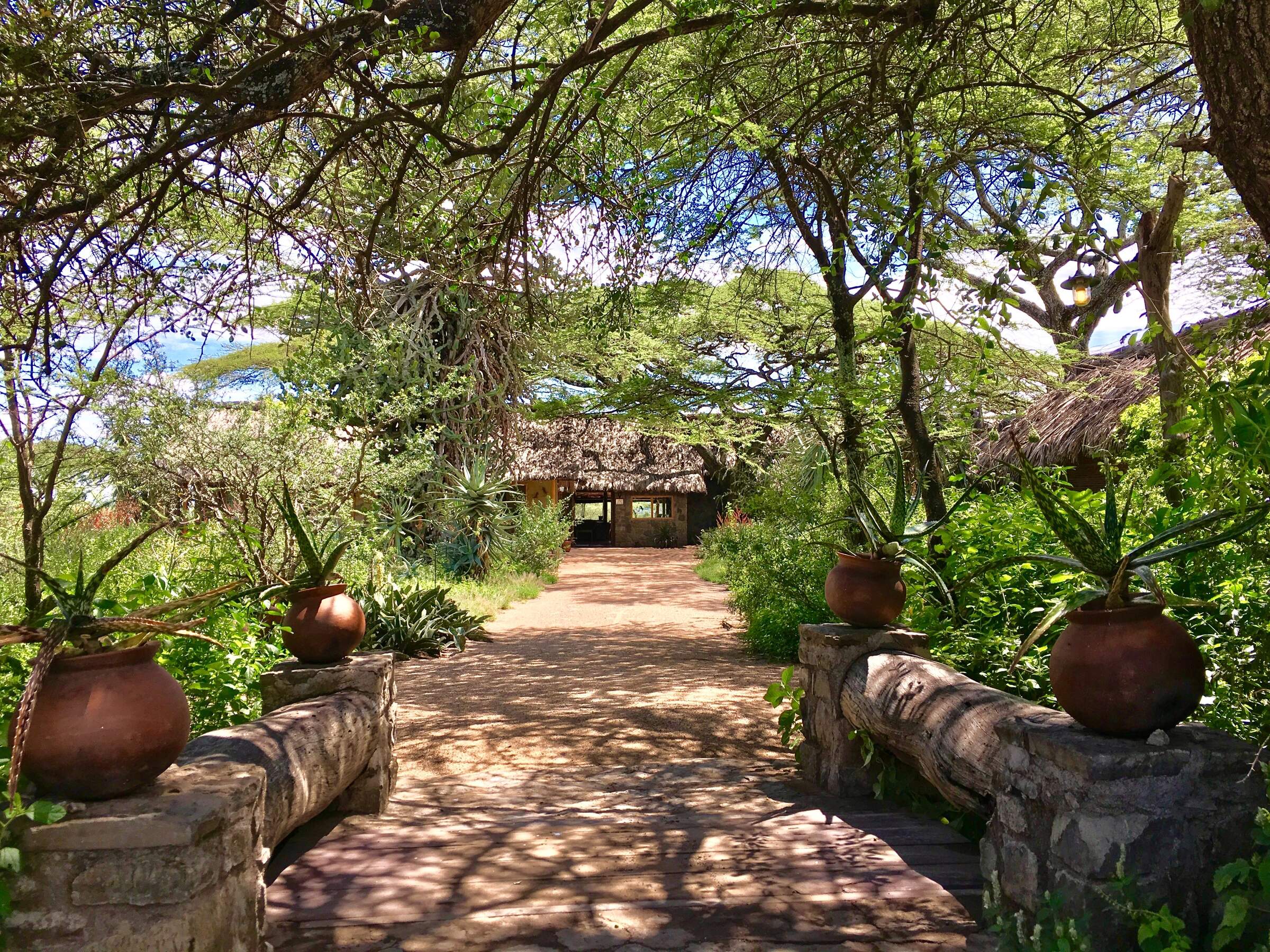
Ndutu Safari Lodge
Large and economical, but not luxurious, Ndutu Safari Lodge is well located in the southern Serengeti, so book early to get space.
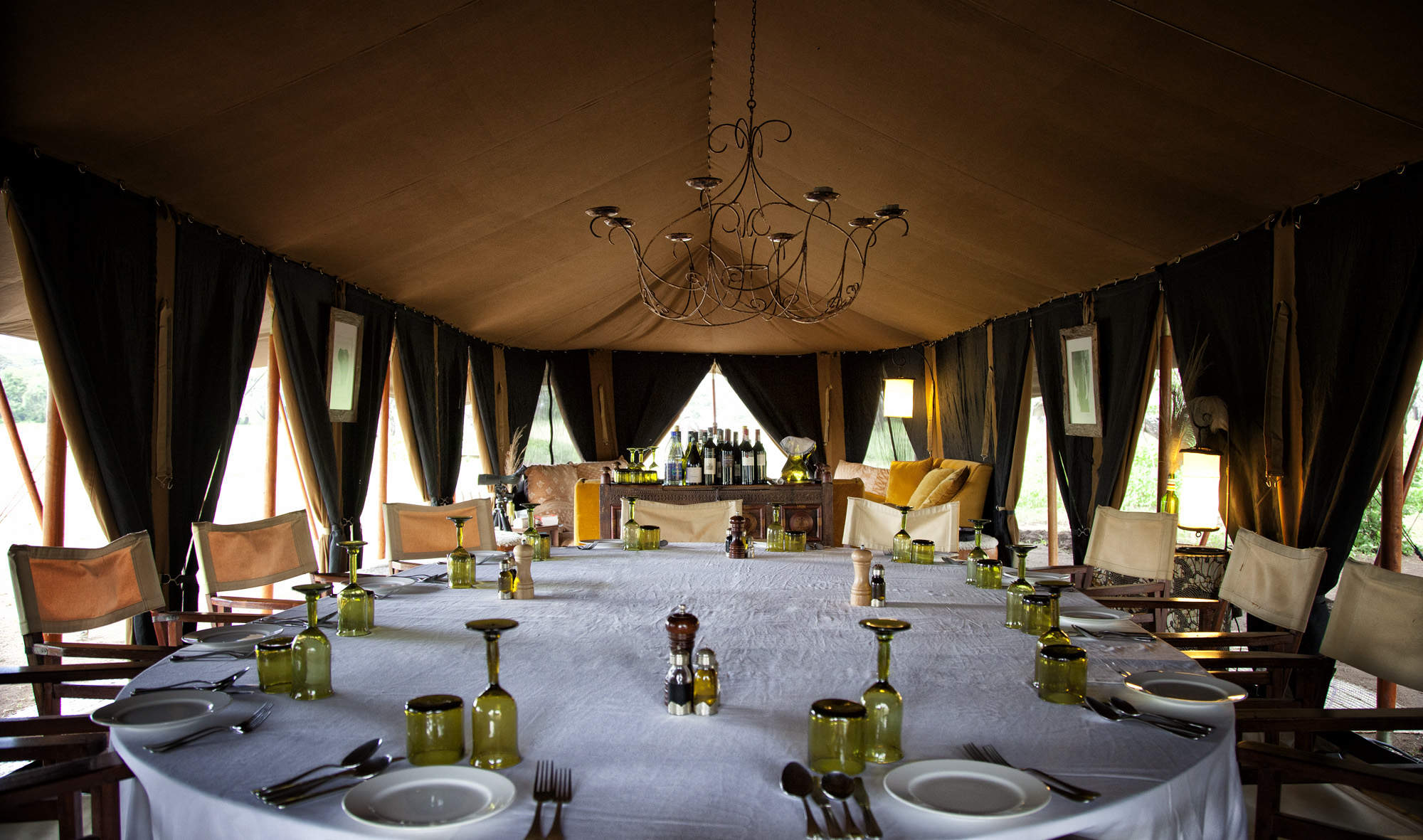
Serian Serengeti
Serian Serengeti is a mobile tented operation run by Alex Walker which moves between two locations following the wildebeest migration.
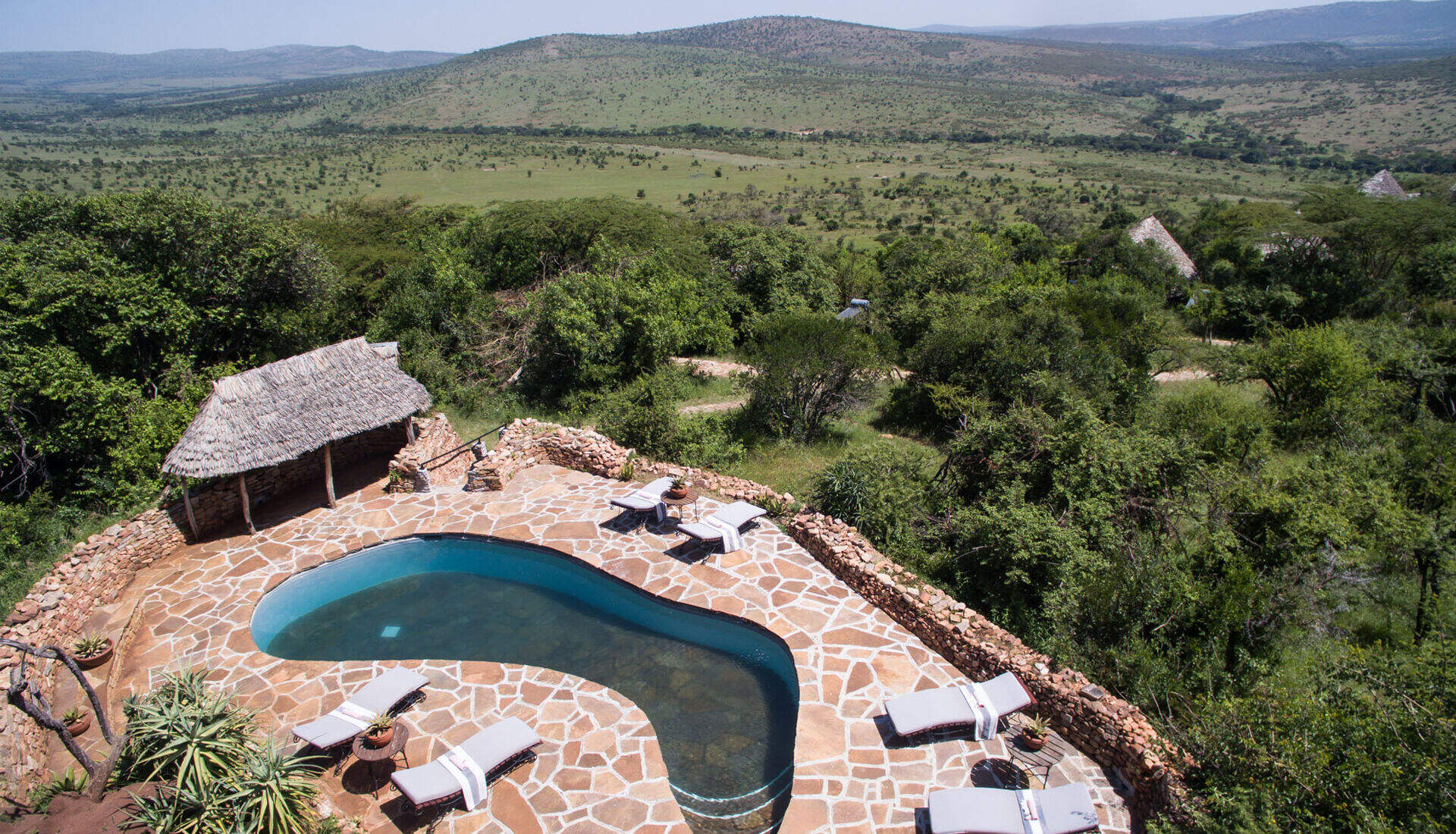
Klein's Camp
Klein's Camp, in a private area of the northern Serengeti, sets high standards. Activities include walks, nights drives and Maasai village visits.
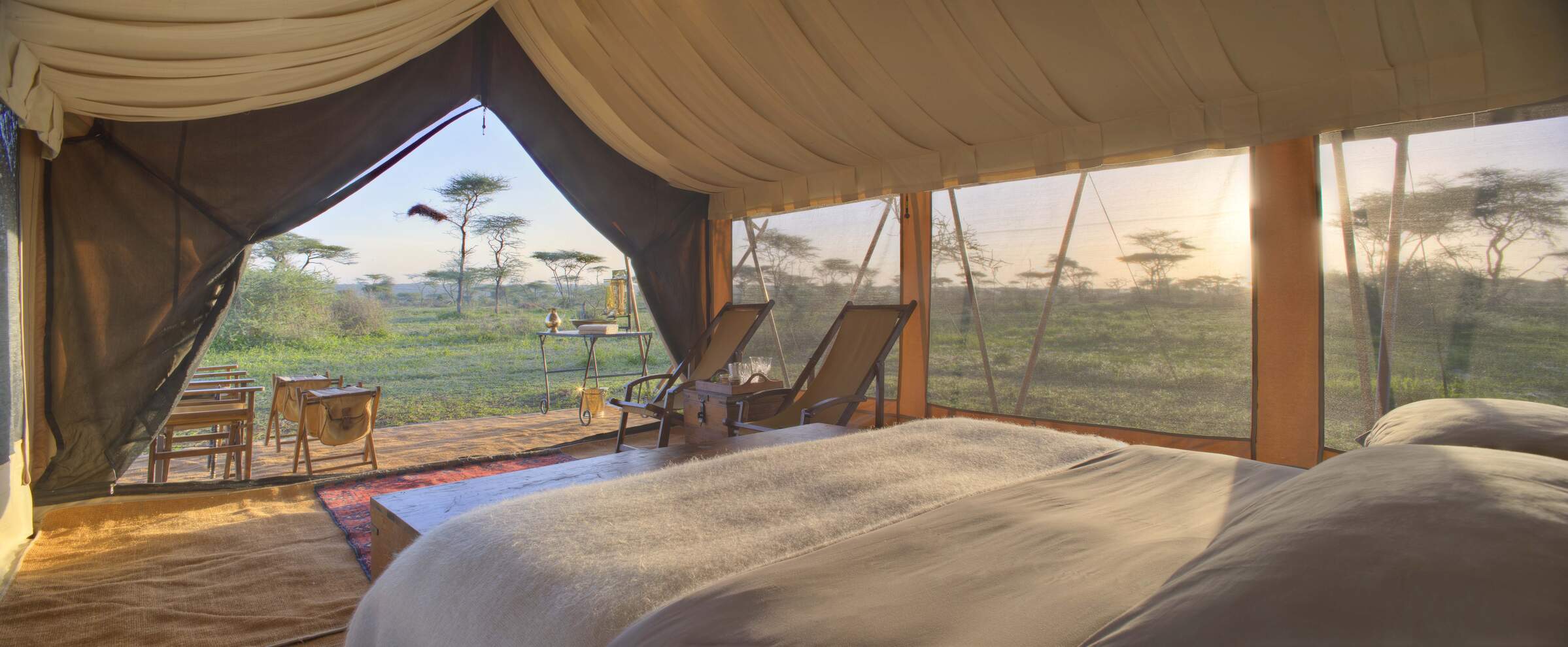
Serengeti under Canvas
Two of the three Serengeti under Canvas camps move through the Serengeti National Park every few months to follow the wildebeest migration.
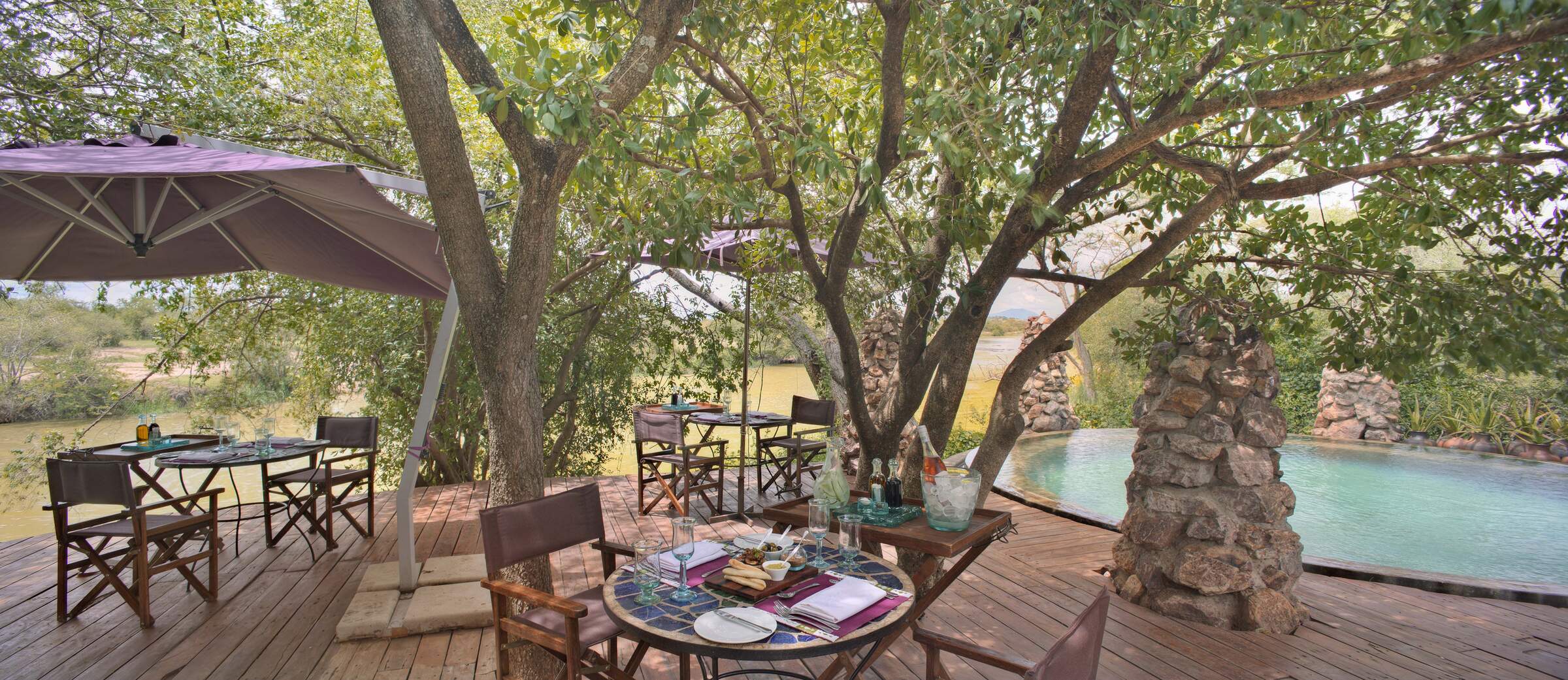
Grumeti River Camp
Grumeti River Camp offers a laid-back atmosphere combined with top service, first-rate food, expert guiding and an excellent location.
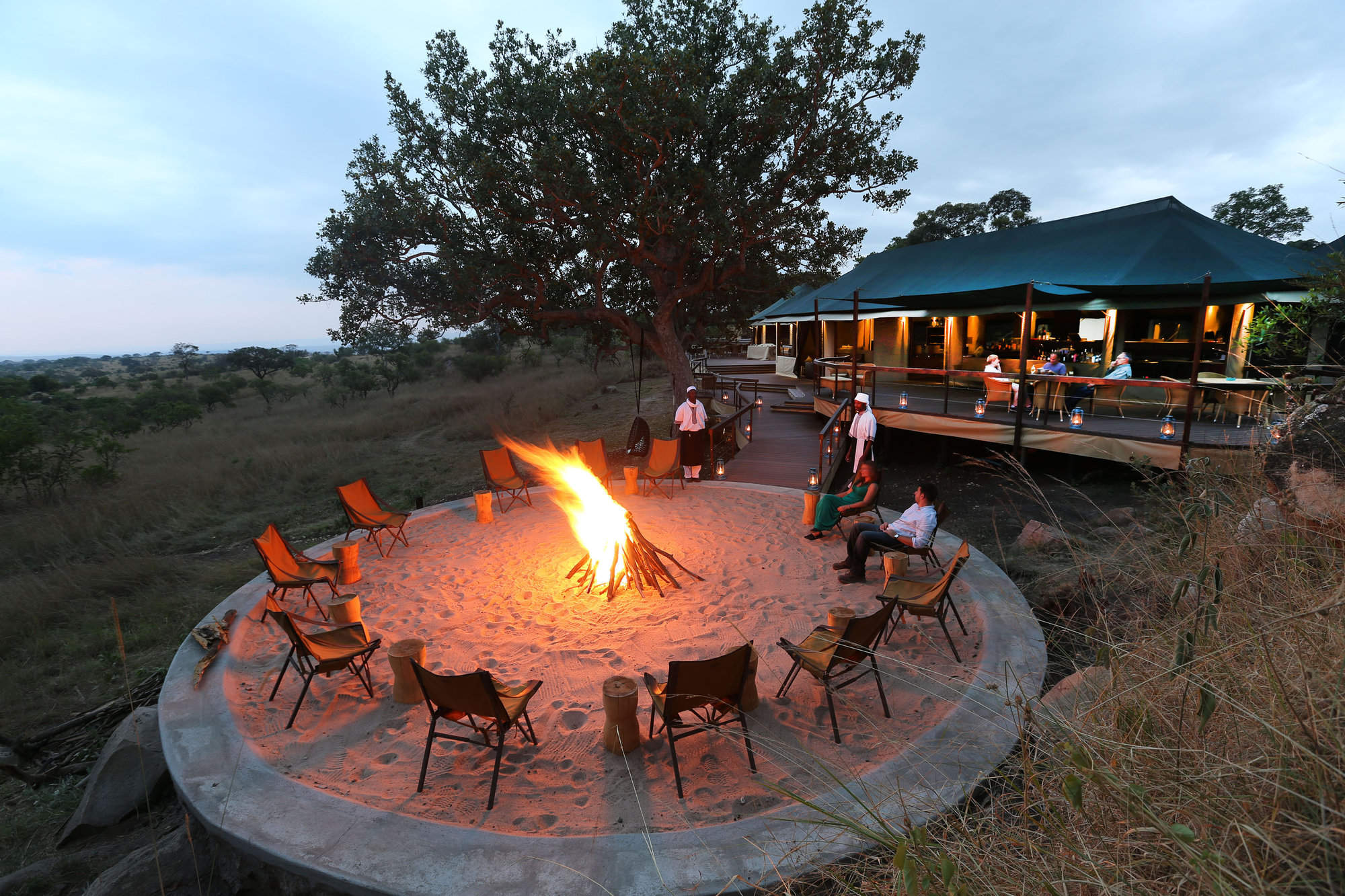
Lemala Kuria Hills
Lemala Kuria Hills is a luxury permanent camp that is ideally located for wildlife all year around, but especially during the wildebeest migration.
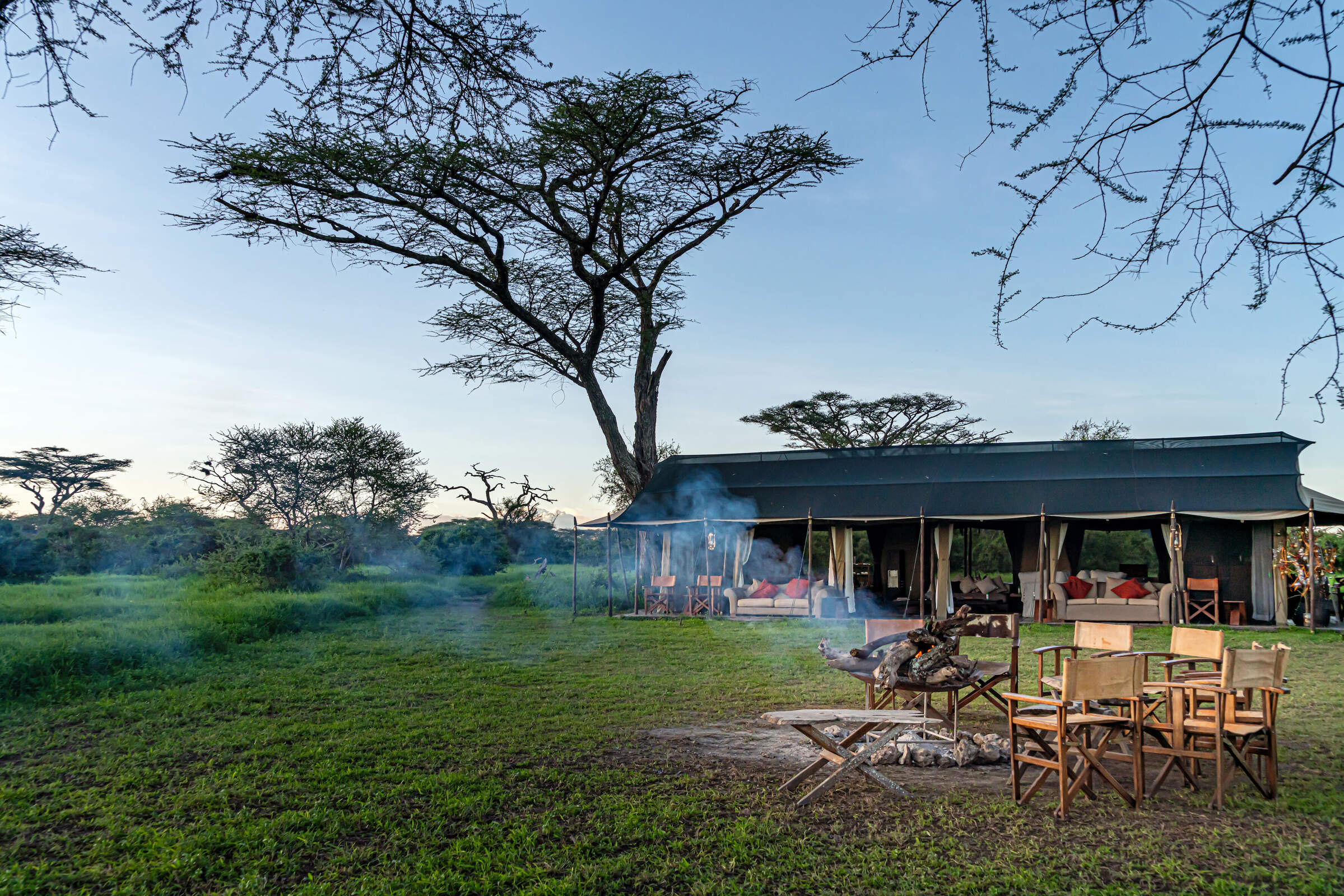
Lemala Mara-Ndutu
Lemala Mara-Ndutu is a semi-permanent camp that moves between the north and south of the Serengeti to witness the wildebeest migration.
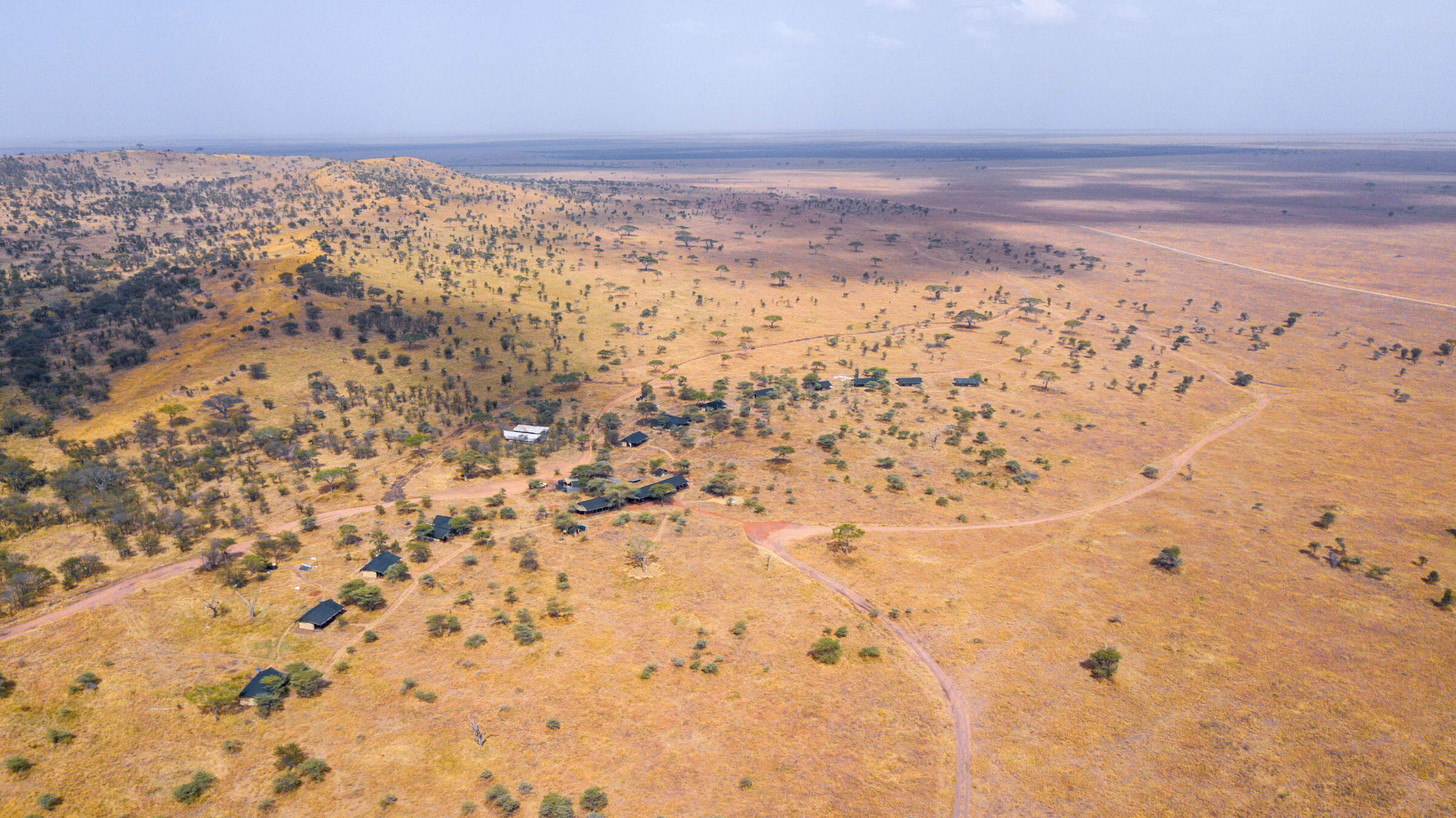
Lemala Ewanjan
Lemala Ewanjan is a comfortable and stylish tented camp in the Seronera area of the central Serengeti National Park.
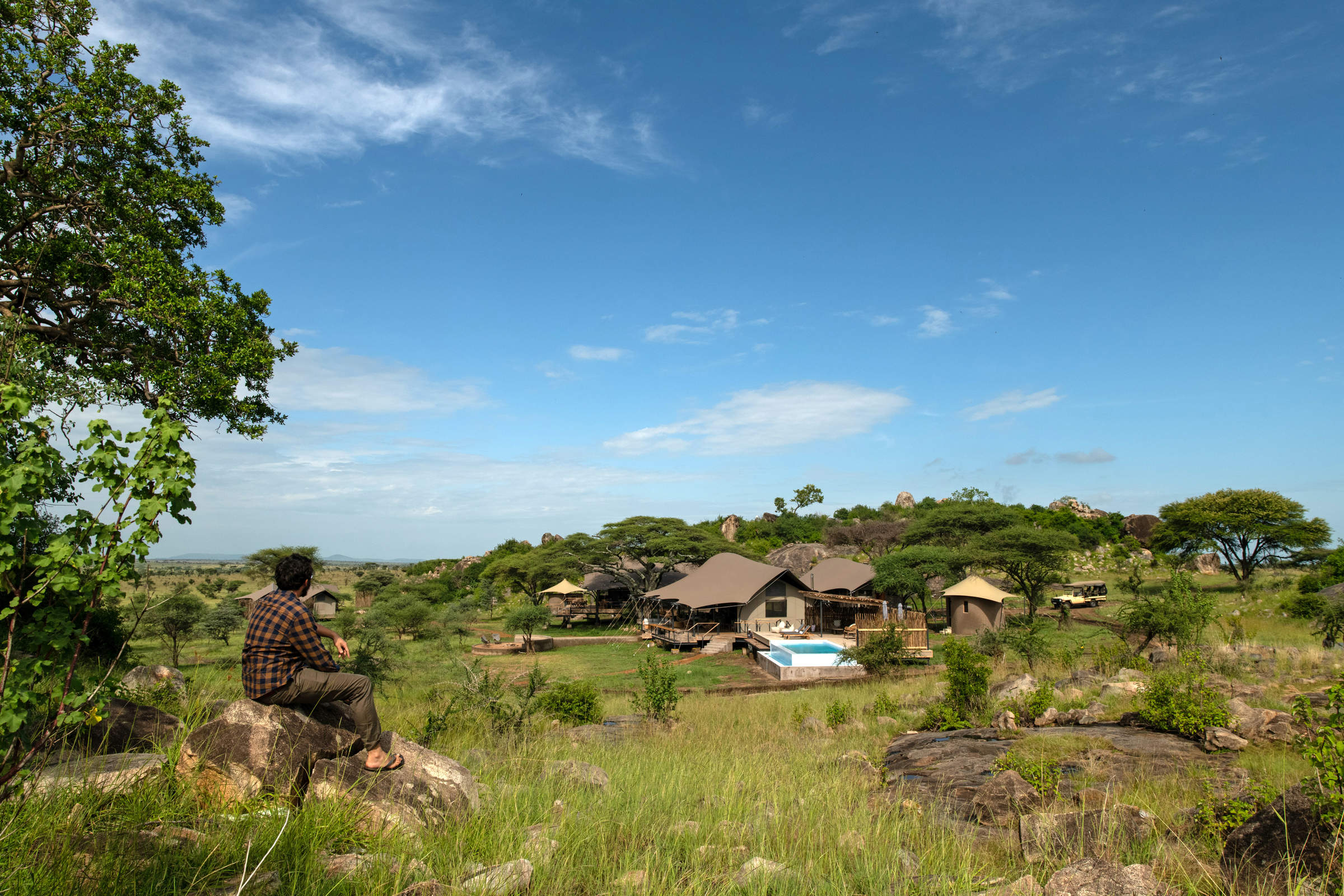
Lemala Nanyukie
Lemala Nanyukie is a stylish camp located in the quieter part of the central Serengeti.
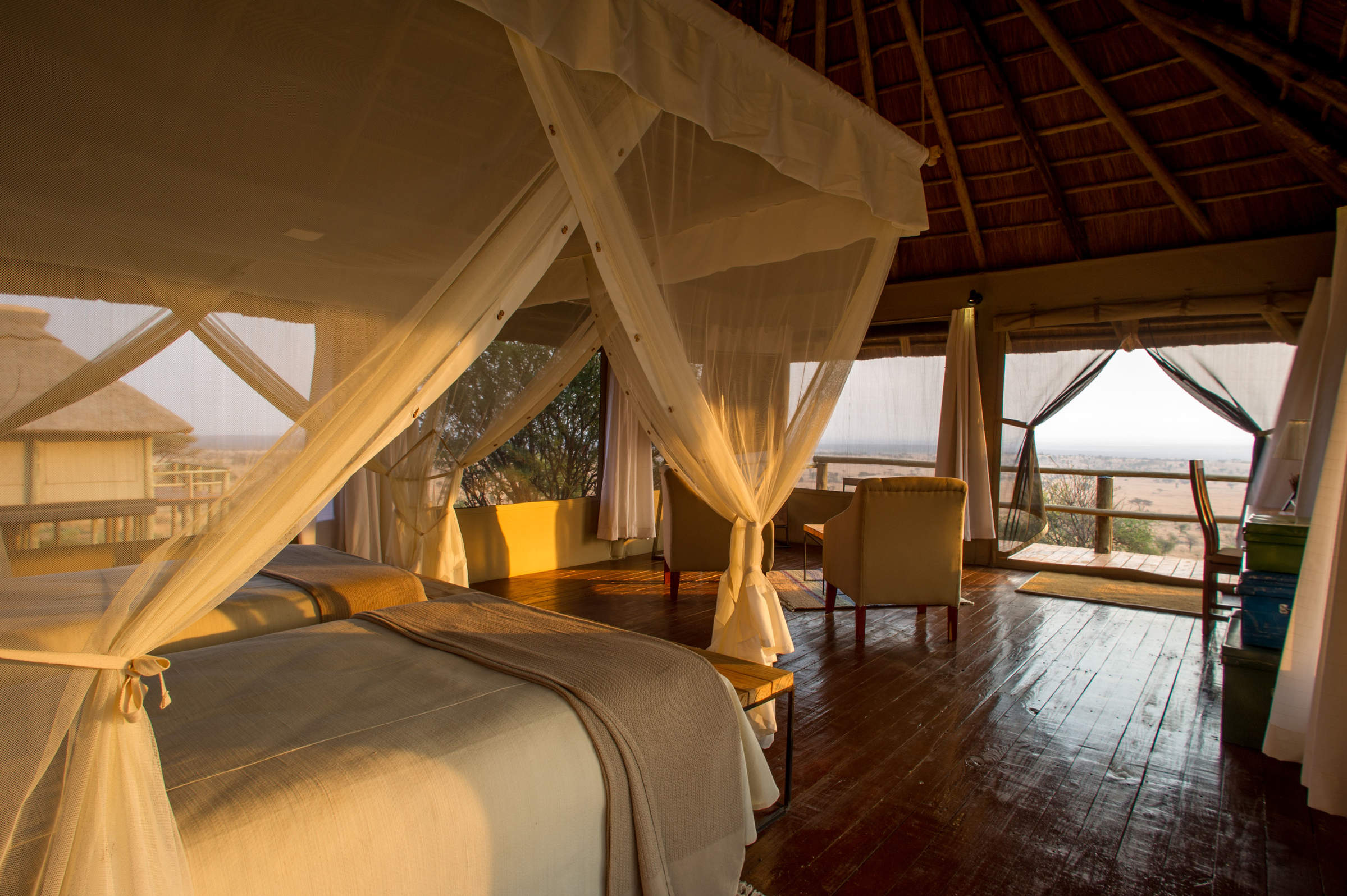
Kubu Kubu
Kubu Kubu is a contemporary, tented lodge, well located in the central Seronera area of the Serengeti National Park.
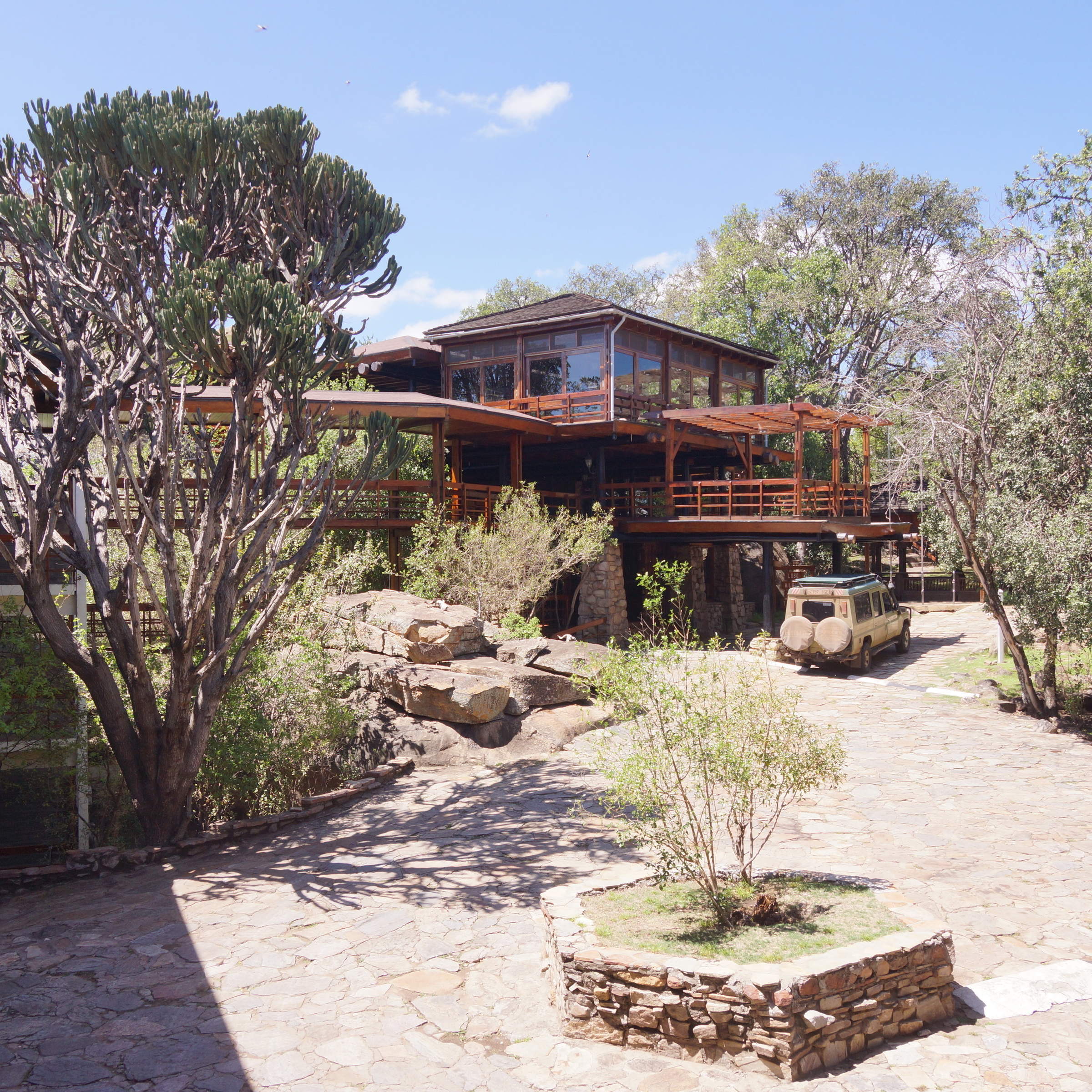
Lobo Wildlife Lodge
The large Lobo Wildlife Lodge has simple, functional rooms in a stunning location. It's a good base for exploring the north-eastern Serengeti.
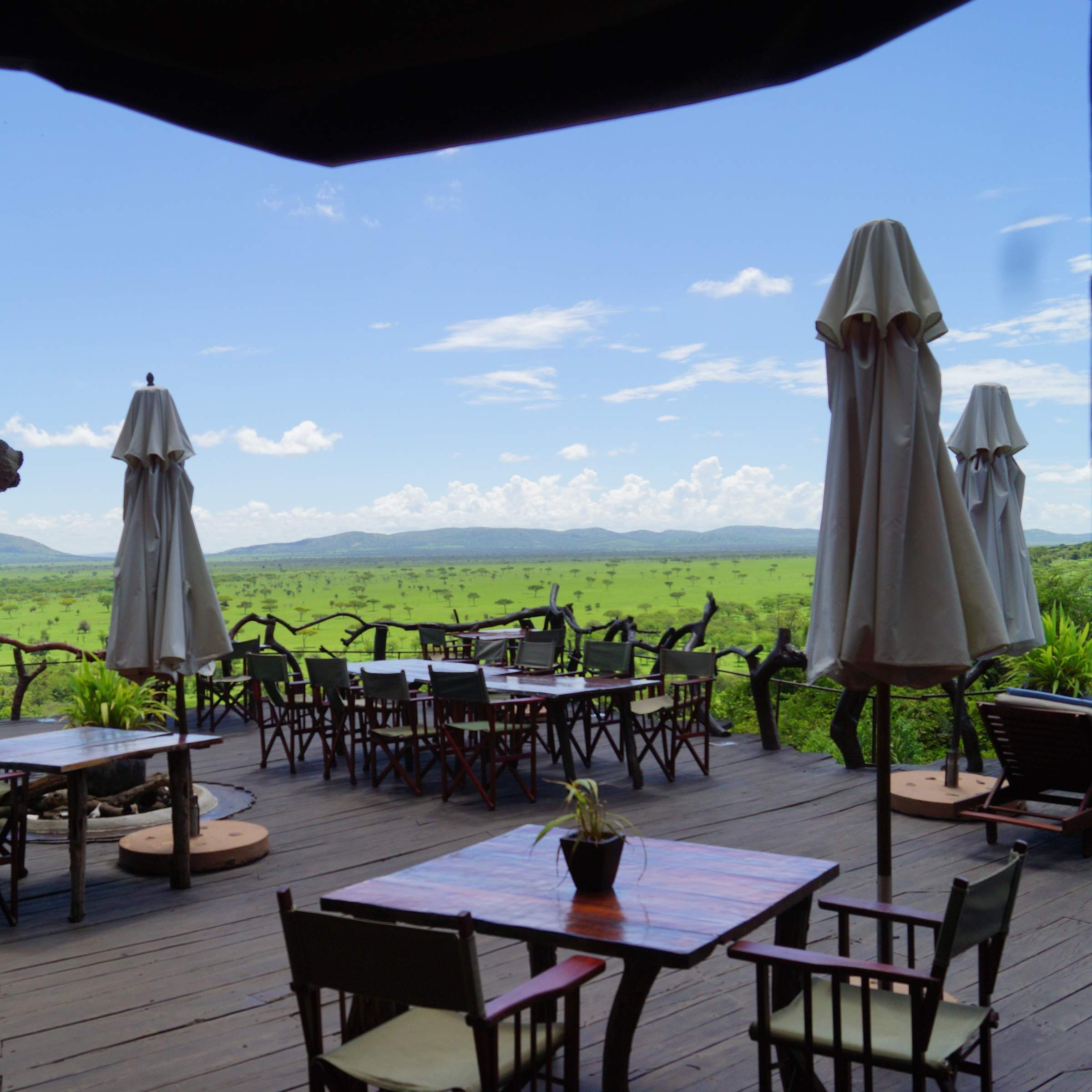
Mbalageti Lodge
Mbalageti is a well-run lodge in a quiet part of the Serengeti's western corridor – an ideal location during the Apr-Jun migration.
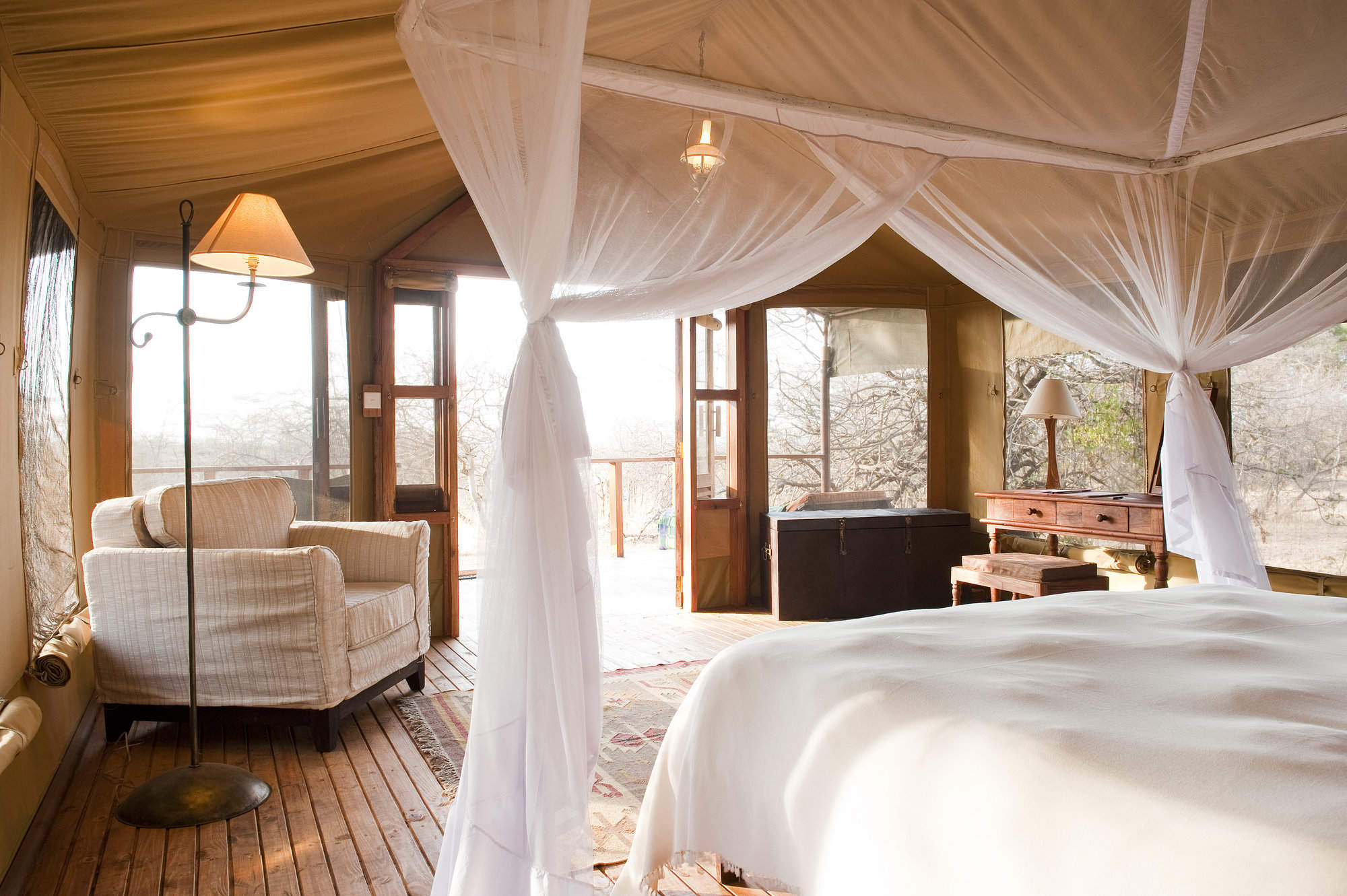
Kusini Camp
Kusini Camp is permanent, luxury camp located on a beautiful kopje in a quiet, wildlife-rich corner of the south-west Serengeti.
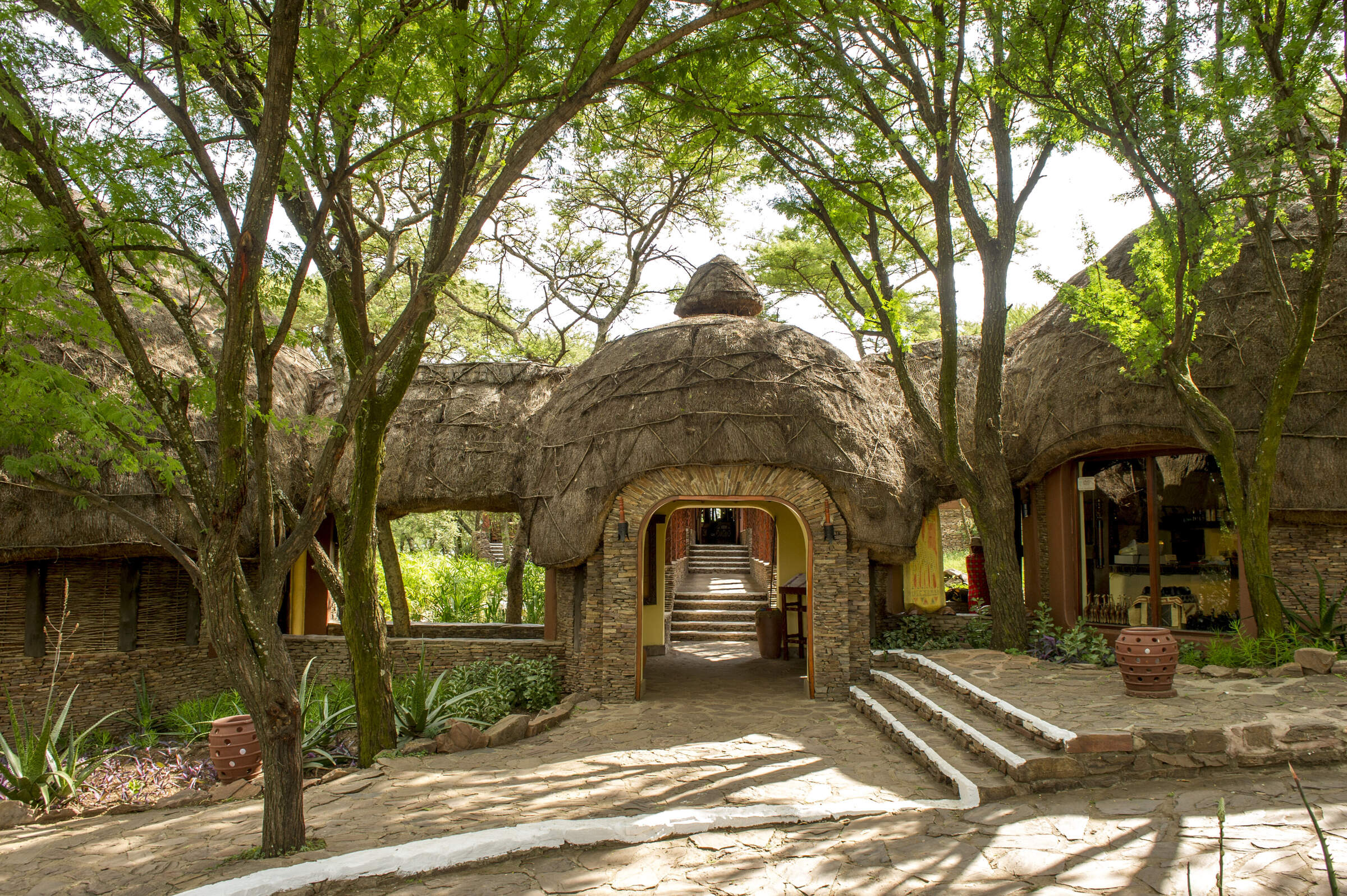
Serengeti Serena
The Serengeti Serena Safari Lodge is a large, hotel-style lodge and a good family-friendly base from which to explore the central Serengeti.
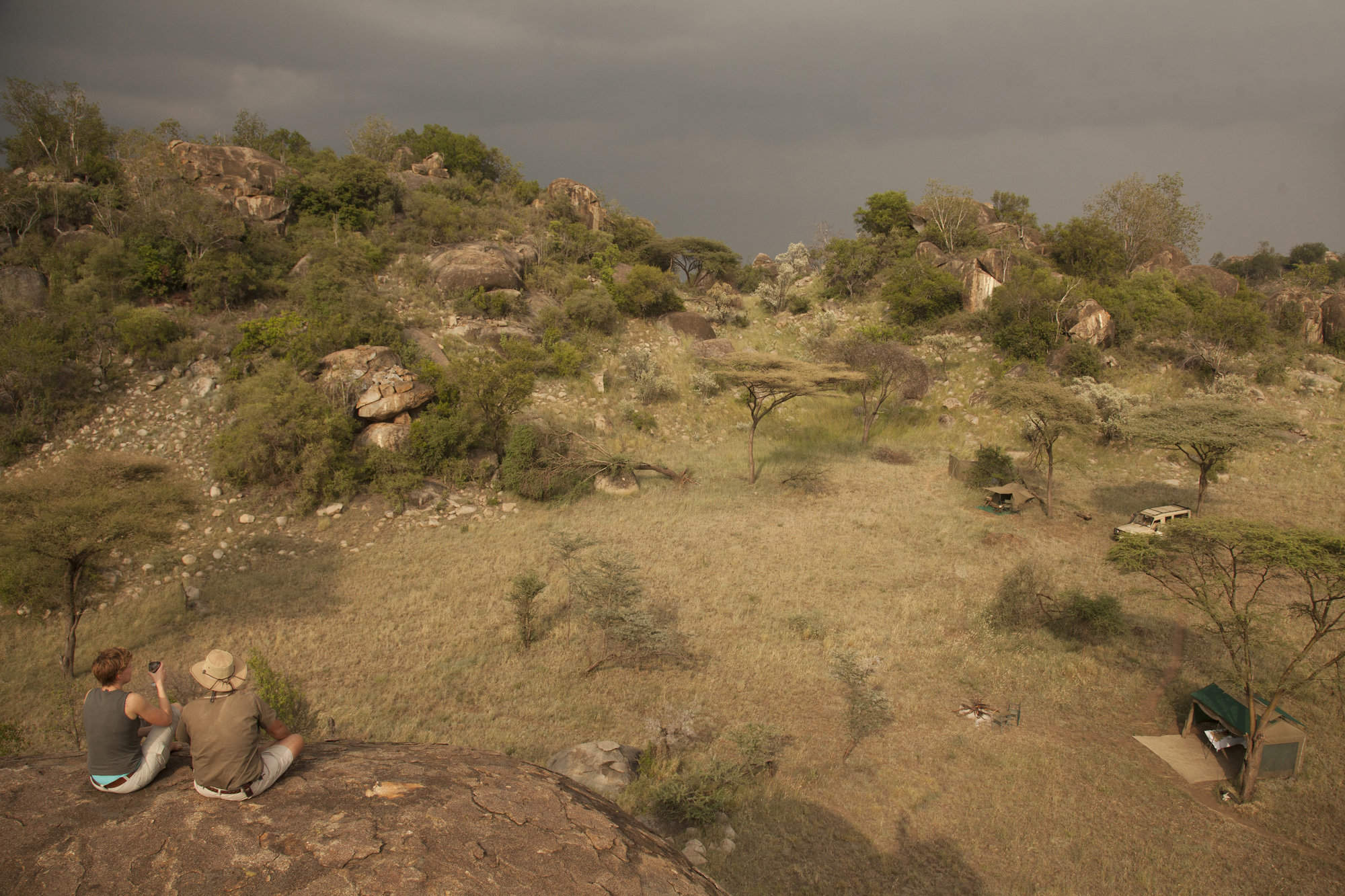
Serengeti Walking Mobile
This fairly simple camp offers only walking activities, but it's very well done and combines well with more conventional camps or lodges.
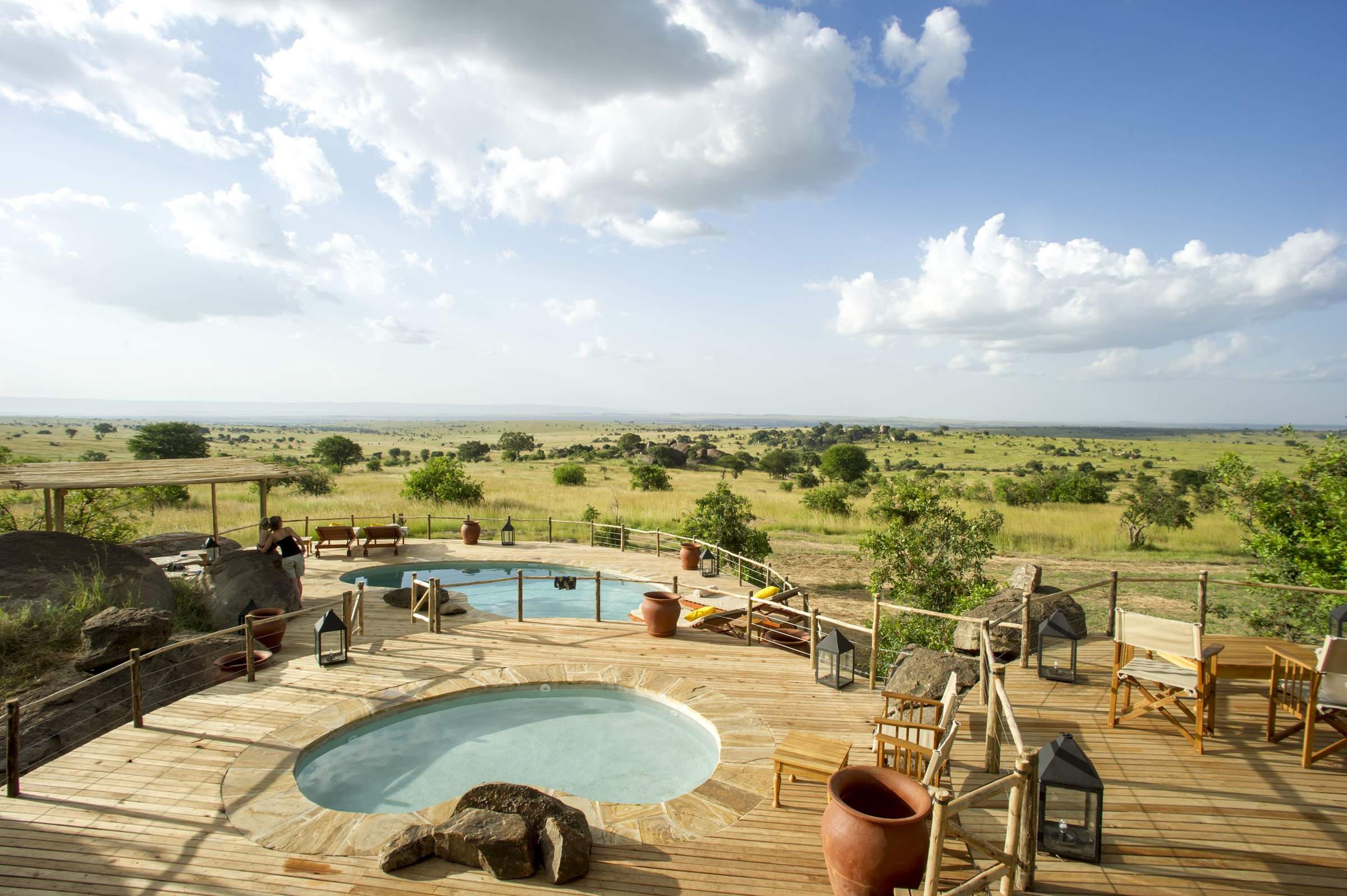
Mkombe's House Lamai
Mkombe's House Lamai is a fully staffed private house in the Wogakuria Kopjes district of Serengeti National Park.
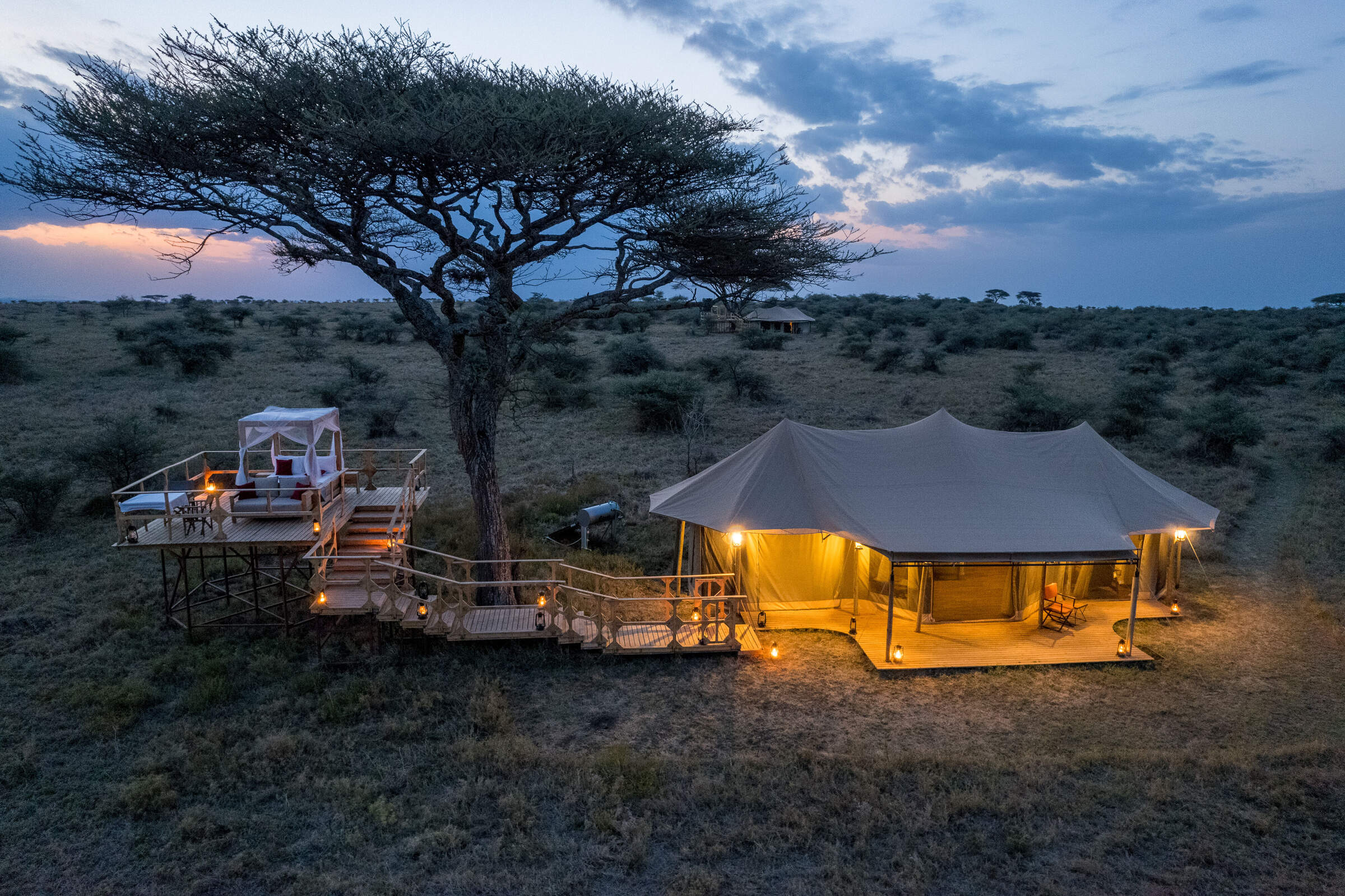
Olmara Camp
With just eight guest tents, including two family tents and three signature stargazer tents, Olmara is a simple, family-friendly camp with a wonderfully attentive team. The camp captures an authentic bush experience, welcoming travellers of every kind.
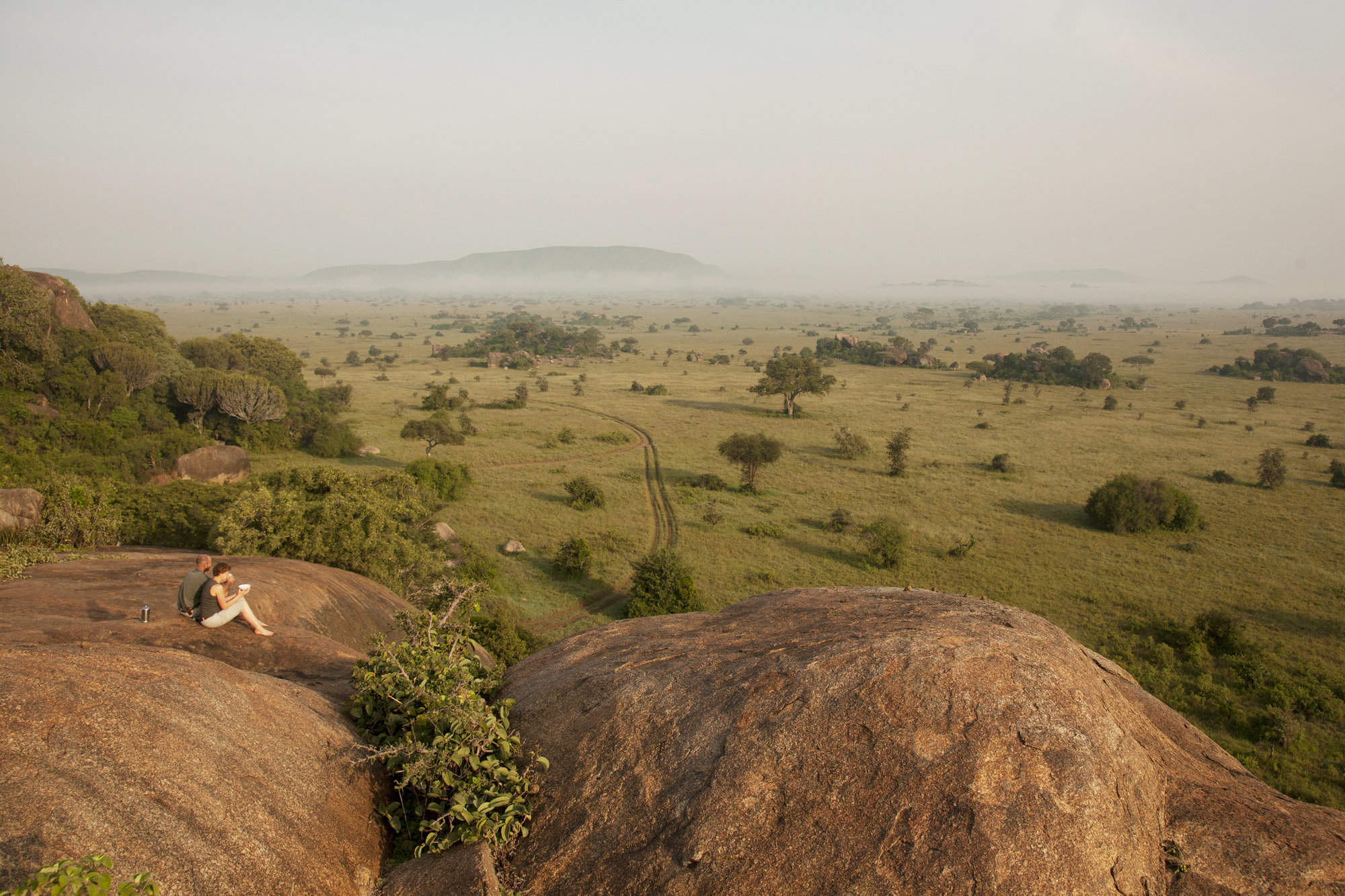
Serengeti Green Camp
Serengeti Green Camp is a comfortable camping experience, in your own private safari camp and at the heart of a great wildlife area.
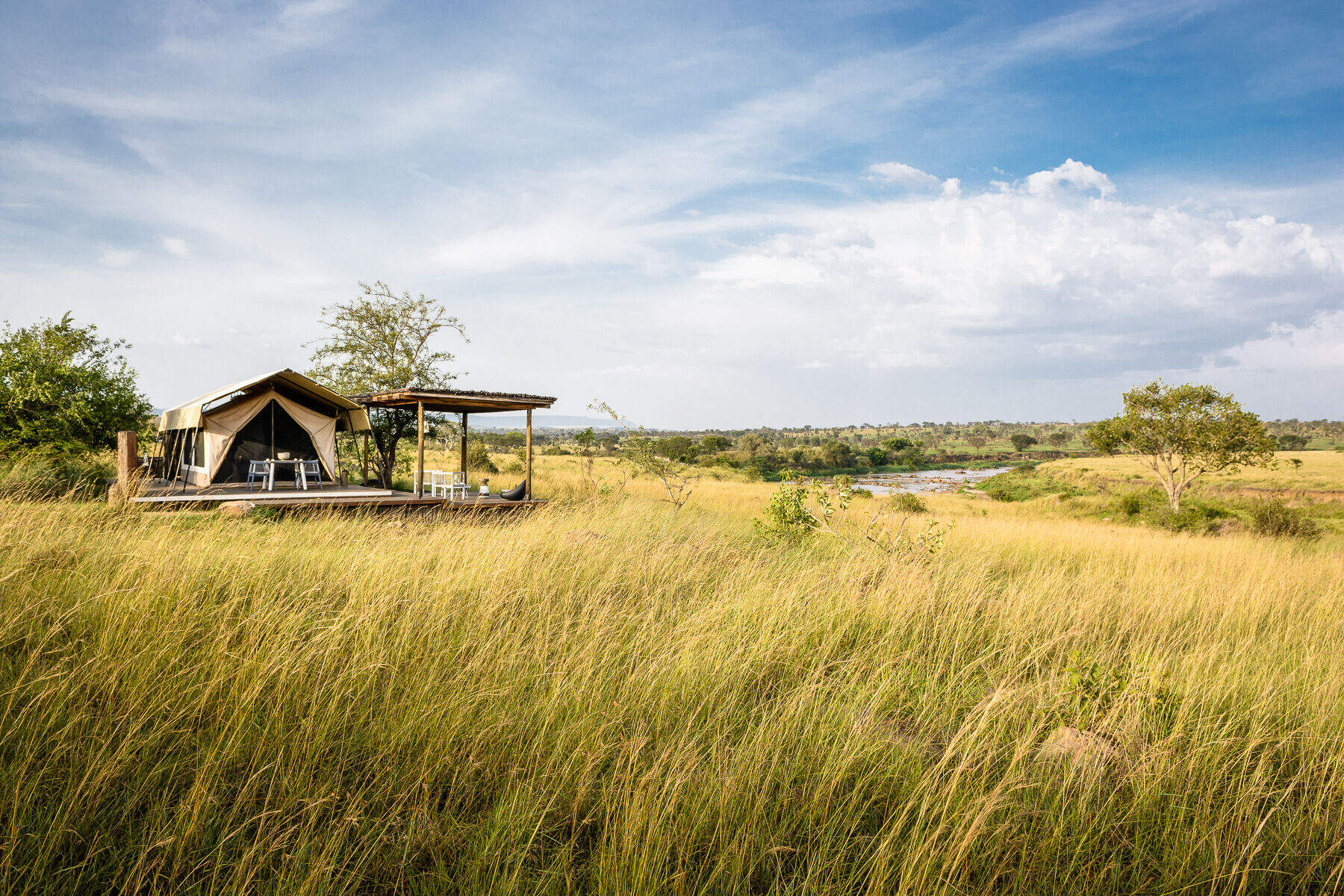
Singita Mara River
Singita Mara River Tented Camp is a luxurious camp in the isolated and rewarding Lamai wedge region of the northern Serengeti.
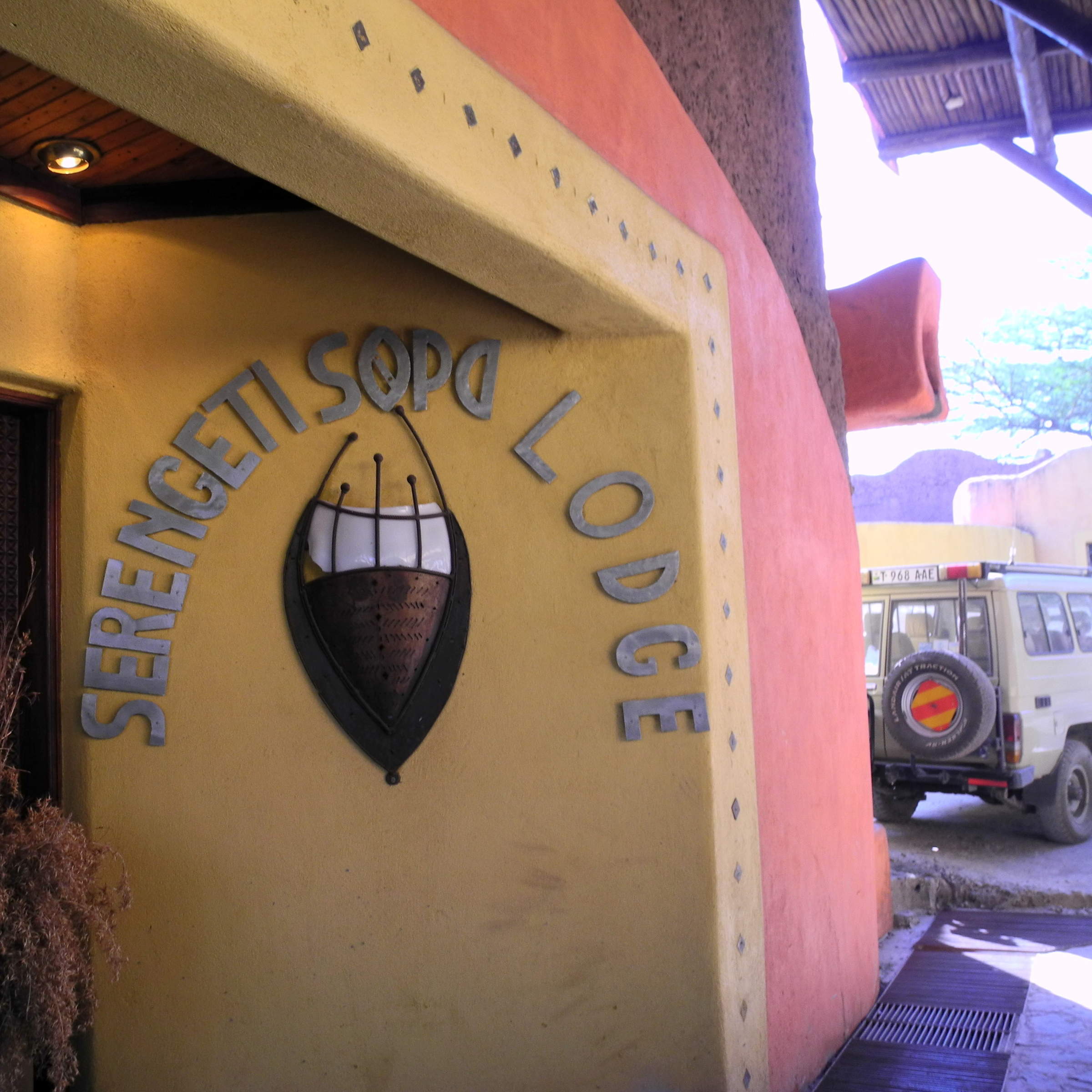
Serengeti Sopa Lodge
Serengeti Sopa Lodge is an international-style hotel offering good-value accommodation in the central Serengeti, with lovely views of the plains.
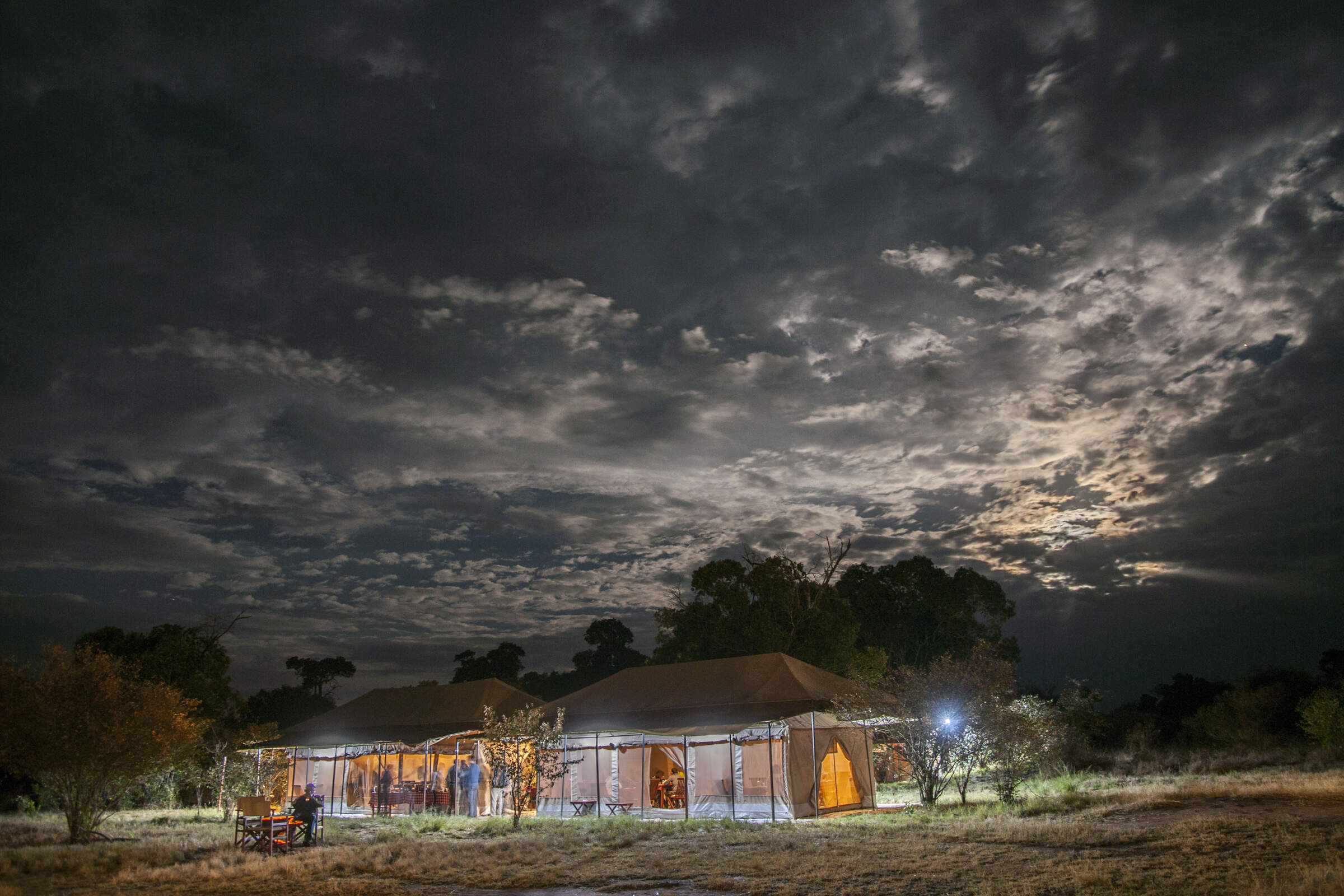
Migration Camp
Serengeti Migration Camp is a smart tented camp, good for the wildebeest migration from Jul–Aug, or to explore the Lobo Kopjes any time.
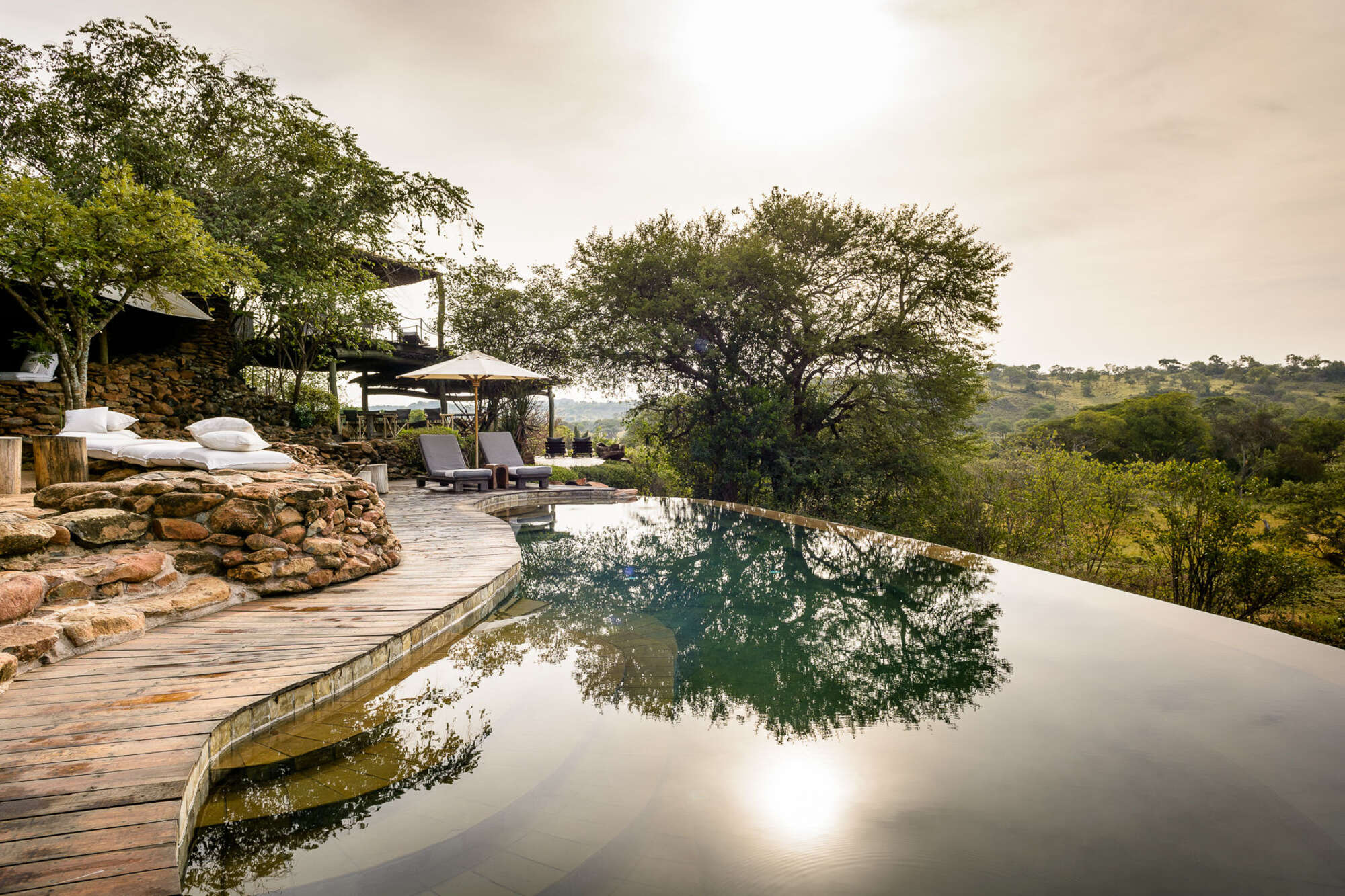
Faru Faru Lodge
On the north bank of the Grumeti River, Faru Faru is a small, chic hideaway in this exclusive corner of the Serengeti.
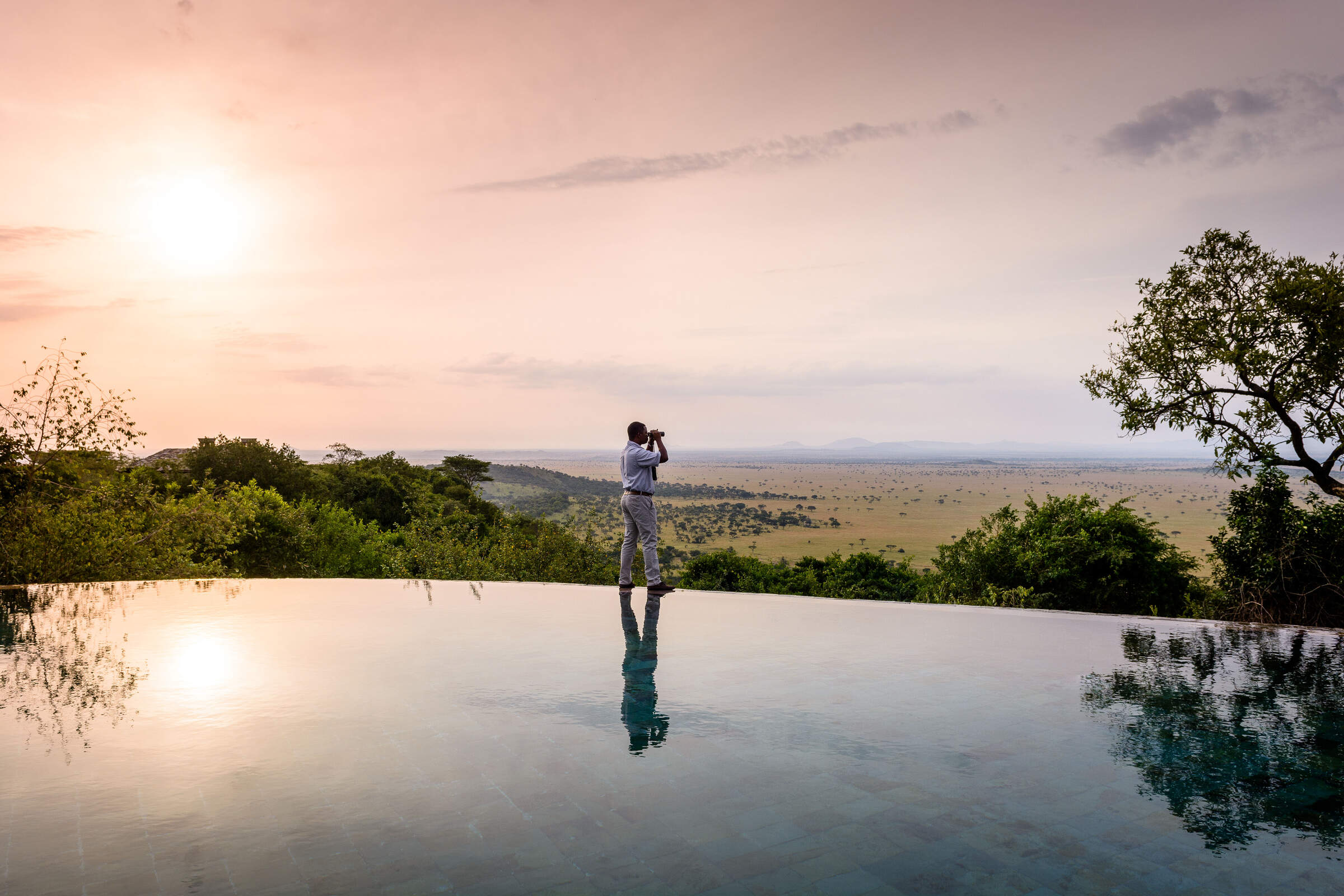
Sasakwa Lodge
On a hill looking over the Serengeti plains, Sasakwa Lodge is grand, luxurious safari camp, one of the most opulent properties in Tanzania.
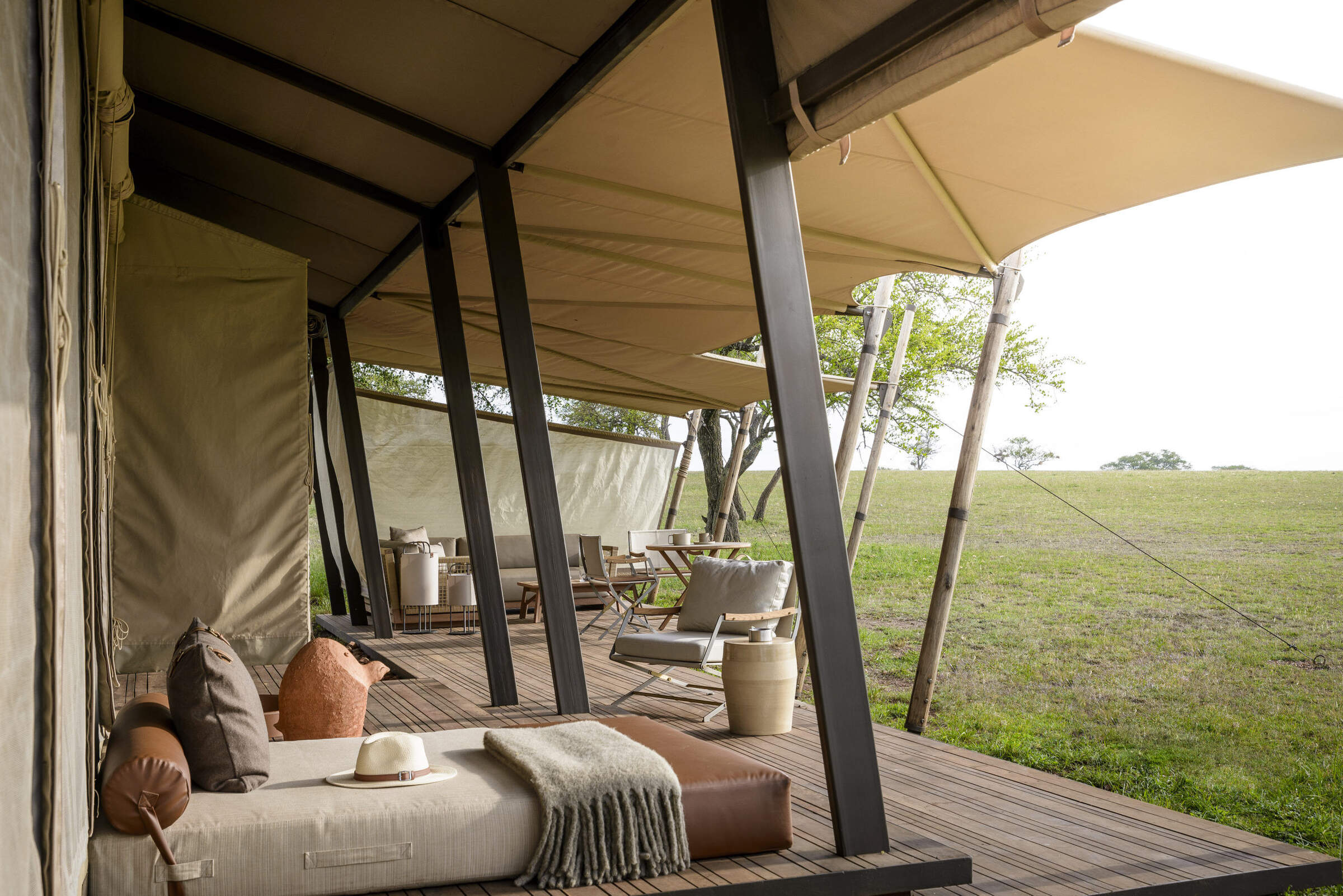
Sabora Tented Camp
Sabora Tented Camp is a smart tented camp – one of the most luxurious, professional and stylish properties to be found in Tanzania.
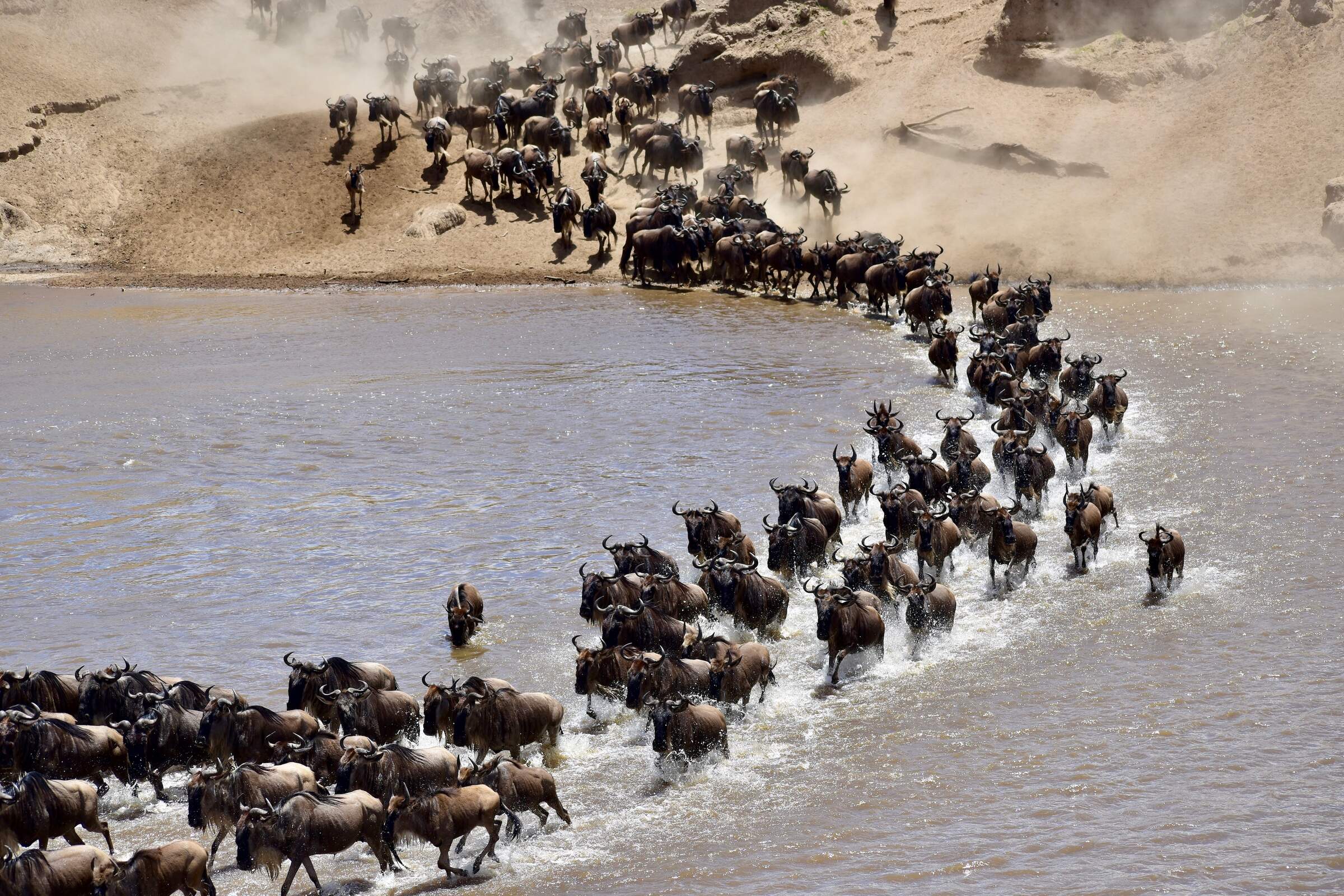
Kirurumu Migration Camp
Kirurumu is a rustic tented camp which moves around the Serengeti twice a year to follow the wildebeest migration.
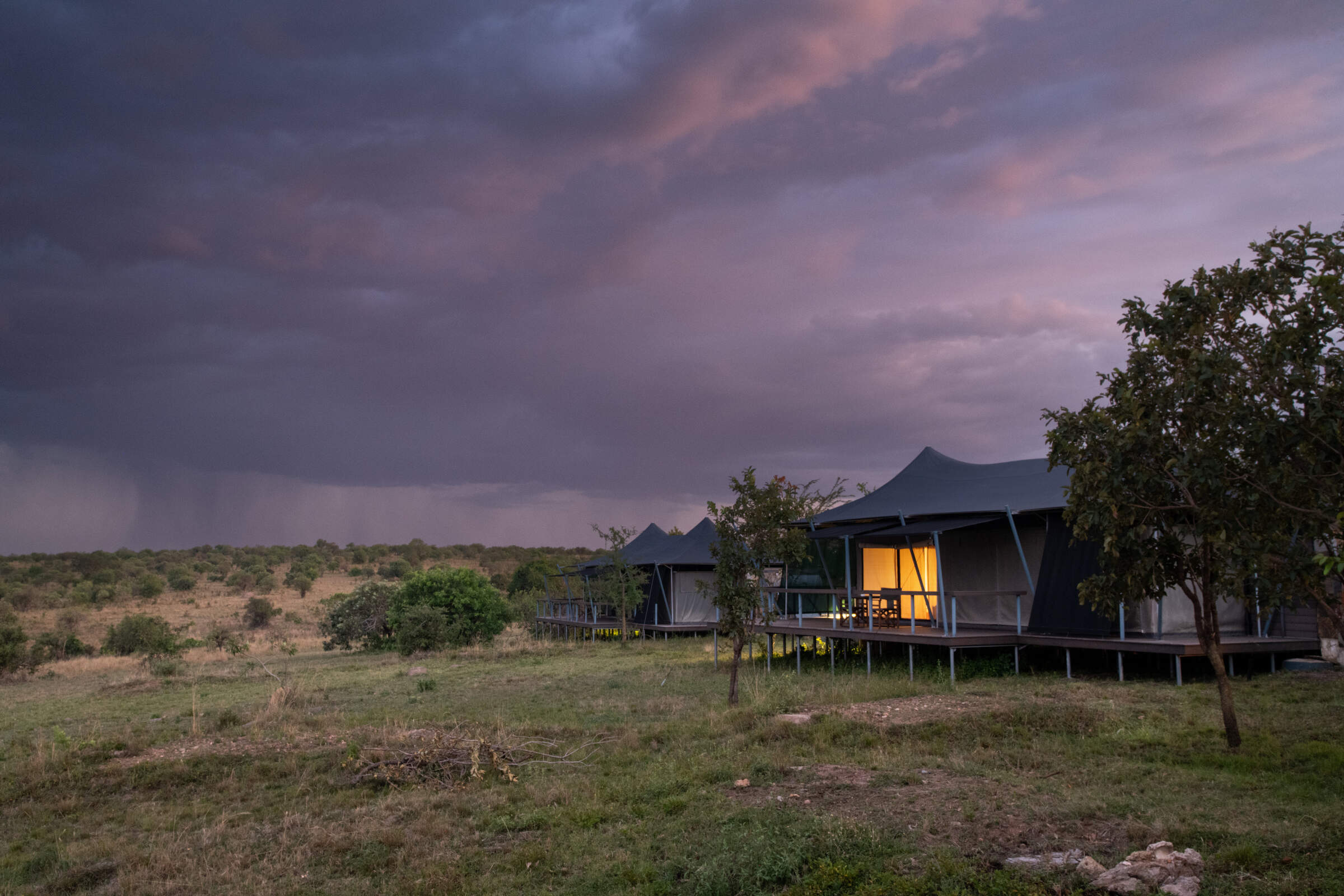
Mara Mara
Mara Mara is a smart tented camp in the northern Serengeti, situated on a small hill close to the Mara River.
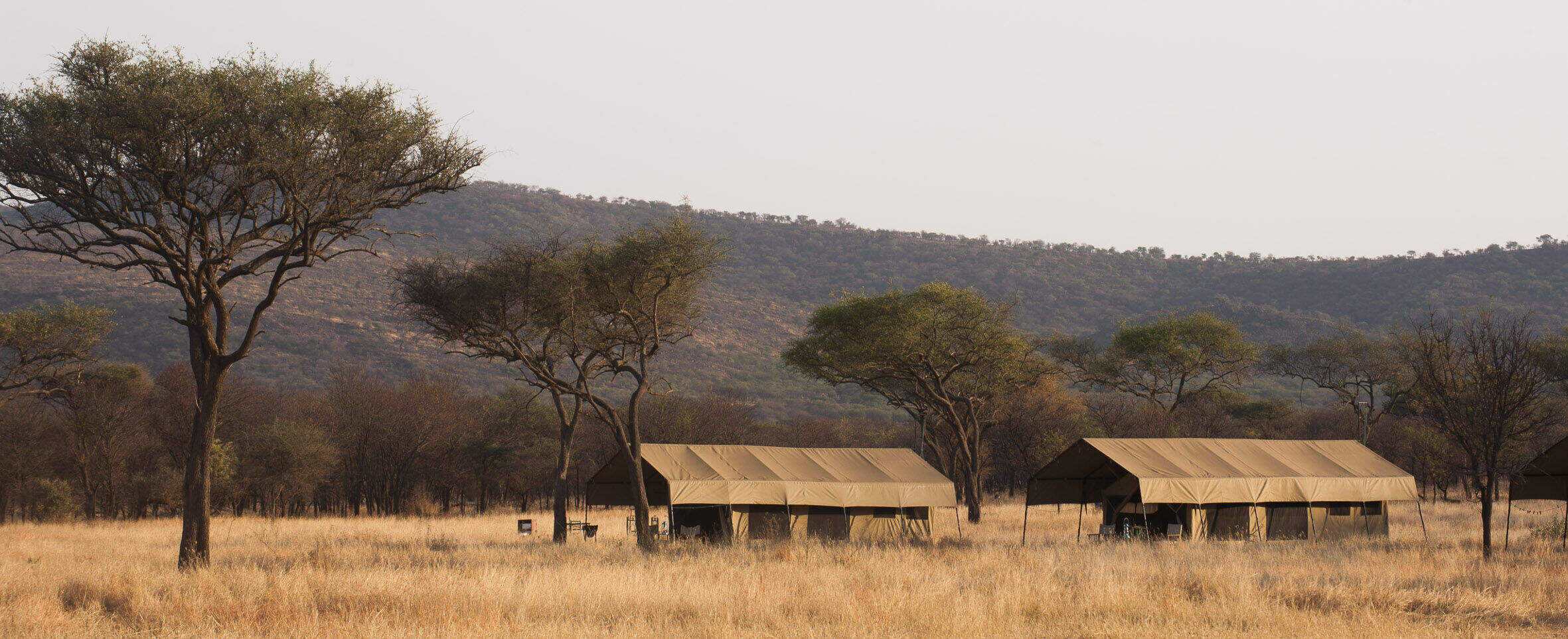
Ndutu Kati Kati
Ndutu Kati Kati is a seasonal tented camp, based in the southern Serenget from Dec-Mar, ideal for the migration as it passes through.

Esirai Migration Camp
A season migration camp, with only 8 tents and 1 family tent and plenty of character. Esirai is ideally placed for excellent wildlife and enjoys a simplistic and comfortable under-canvas experience.
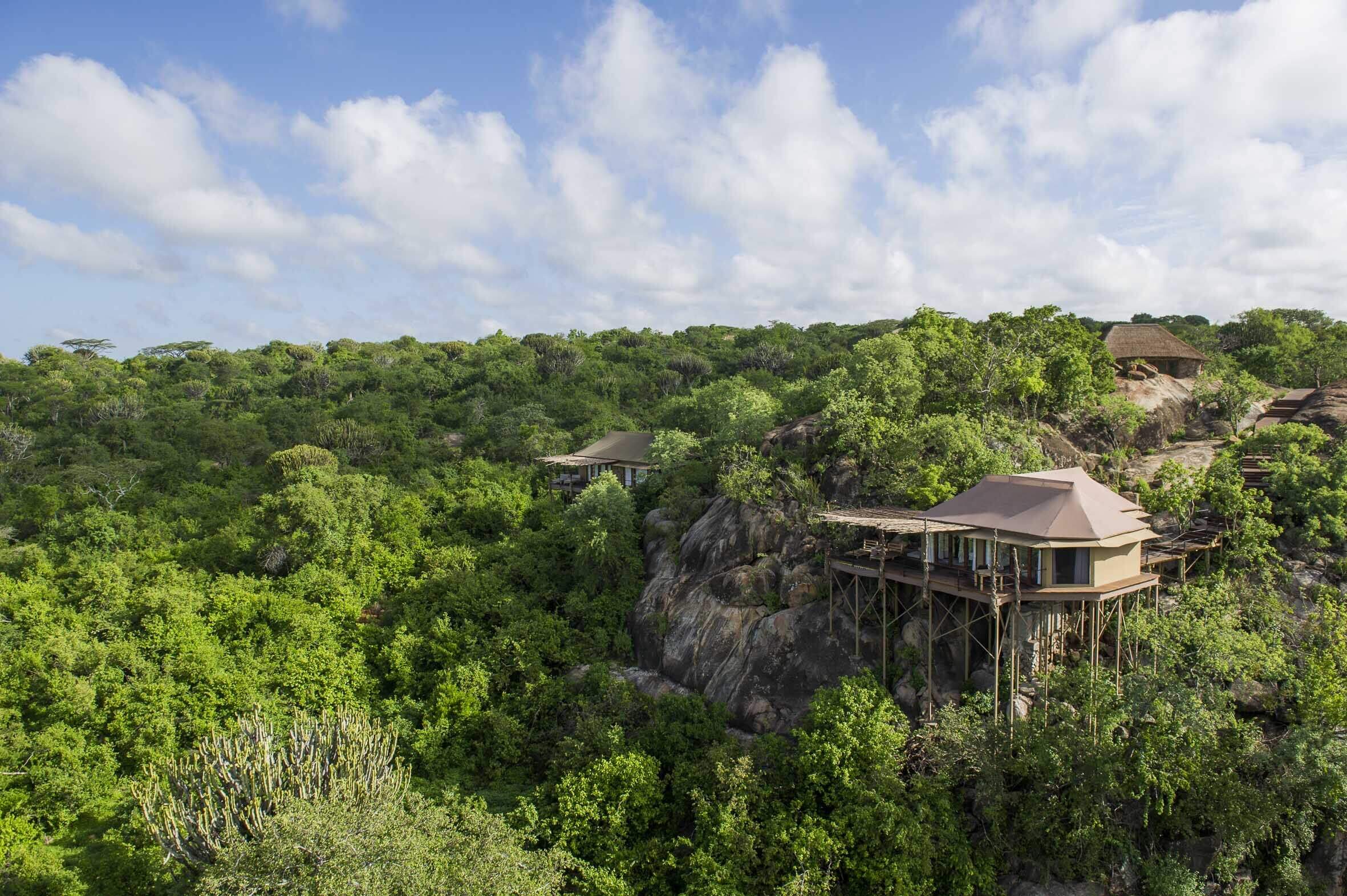
Mwiba Lodge
Mwiba Lodge is a luxurious property located on a private concession on the edge of the southern Serengeti.
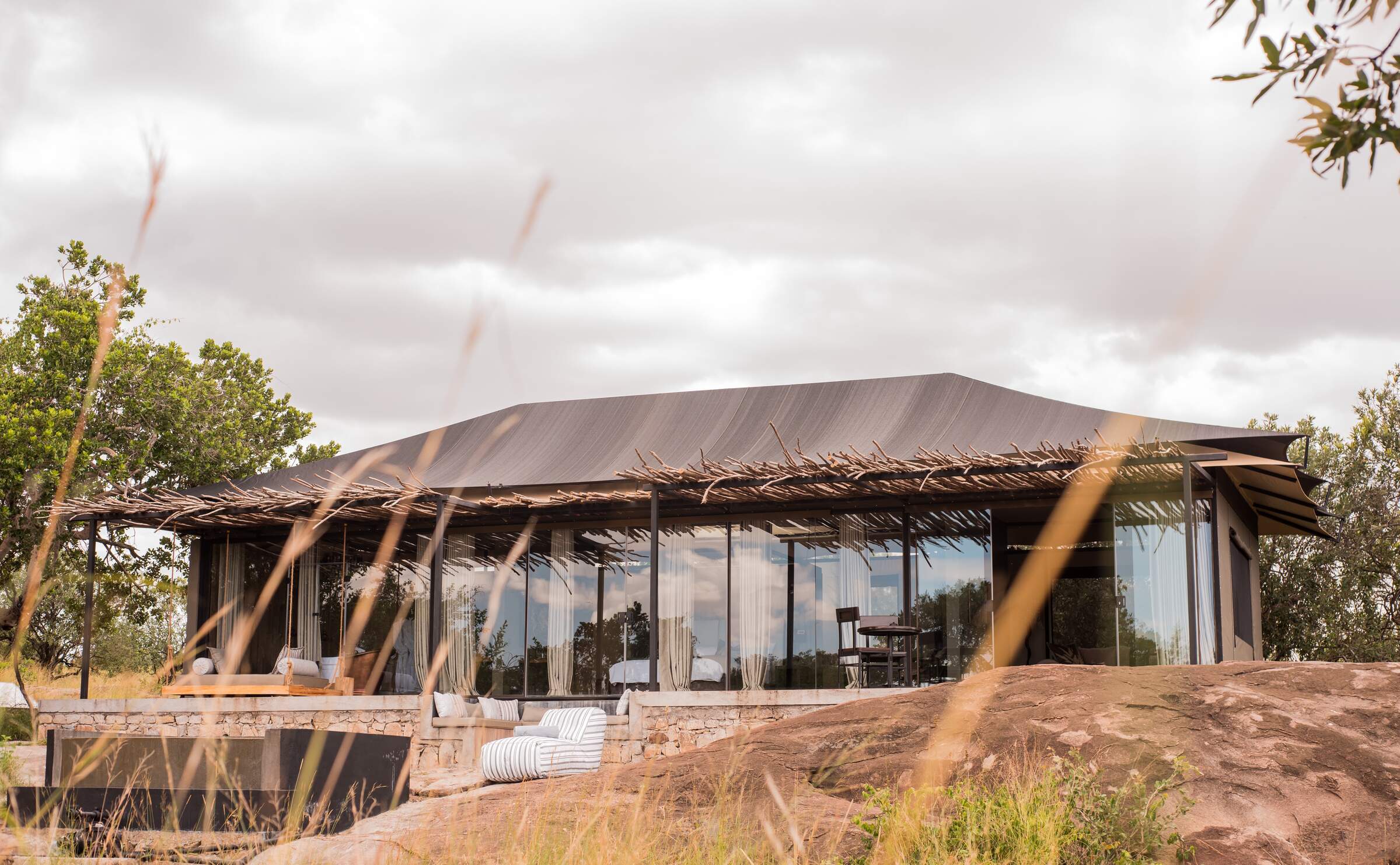
Nimali Mara
Nimali Mara is a luxurious safari lodge in a quiet region of the northern Serengeti with good access to the wildebeest migration.
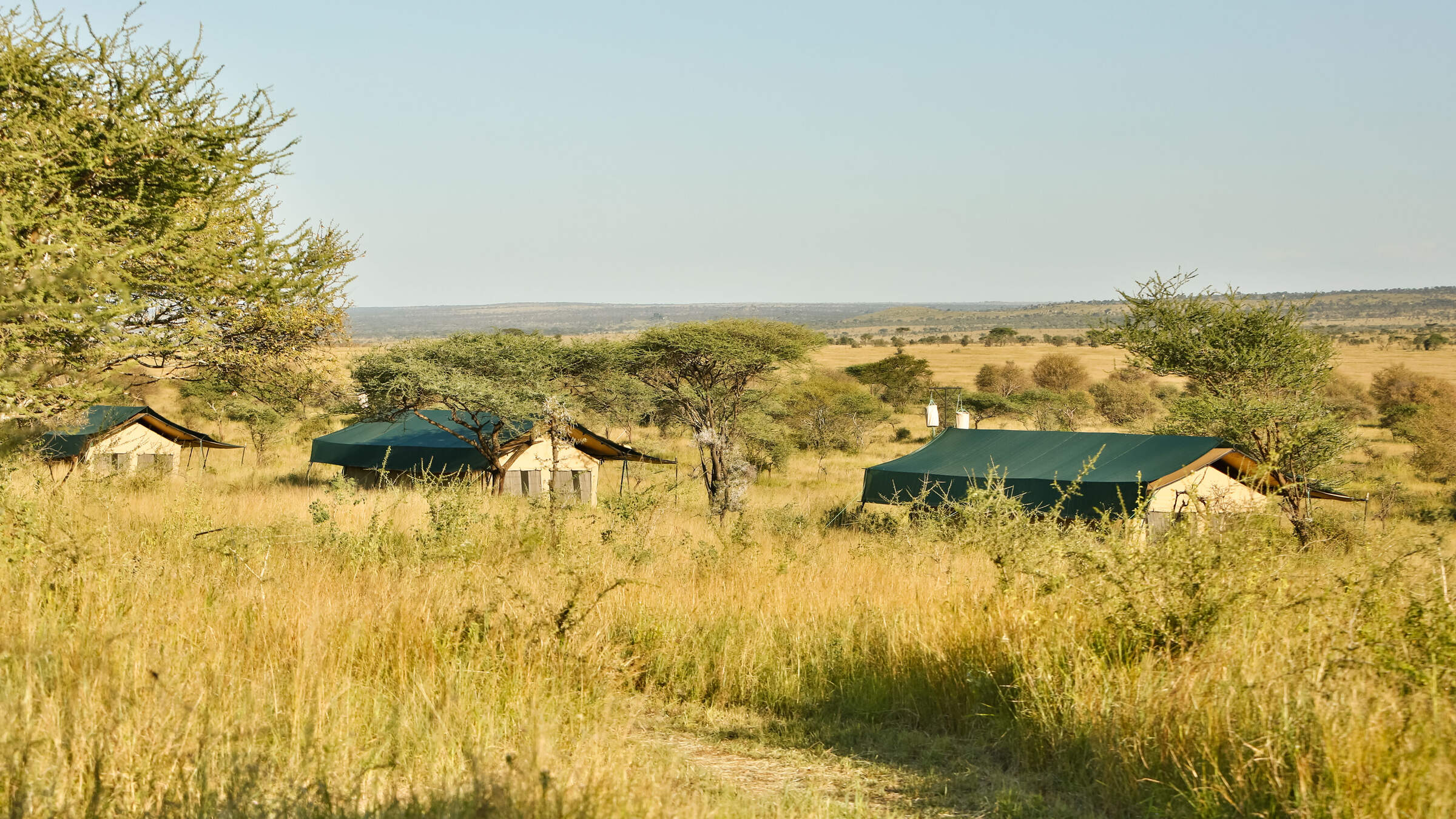
Nyikani Central
Nyikani Central is a comfortable tented camp located in the game-rich Seronera area of the central Serengeti.
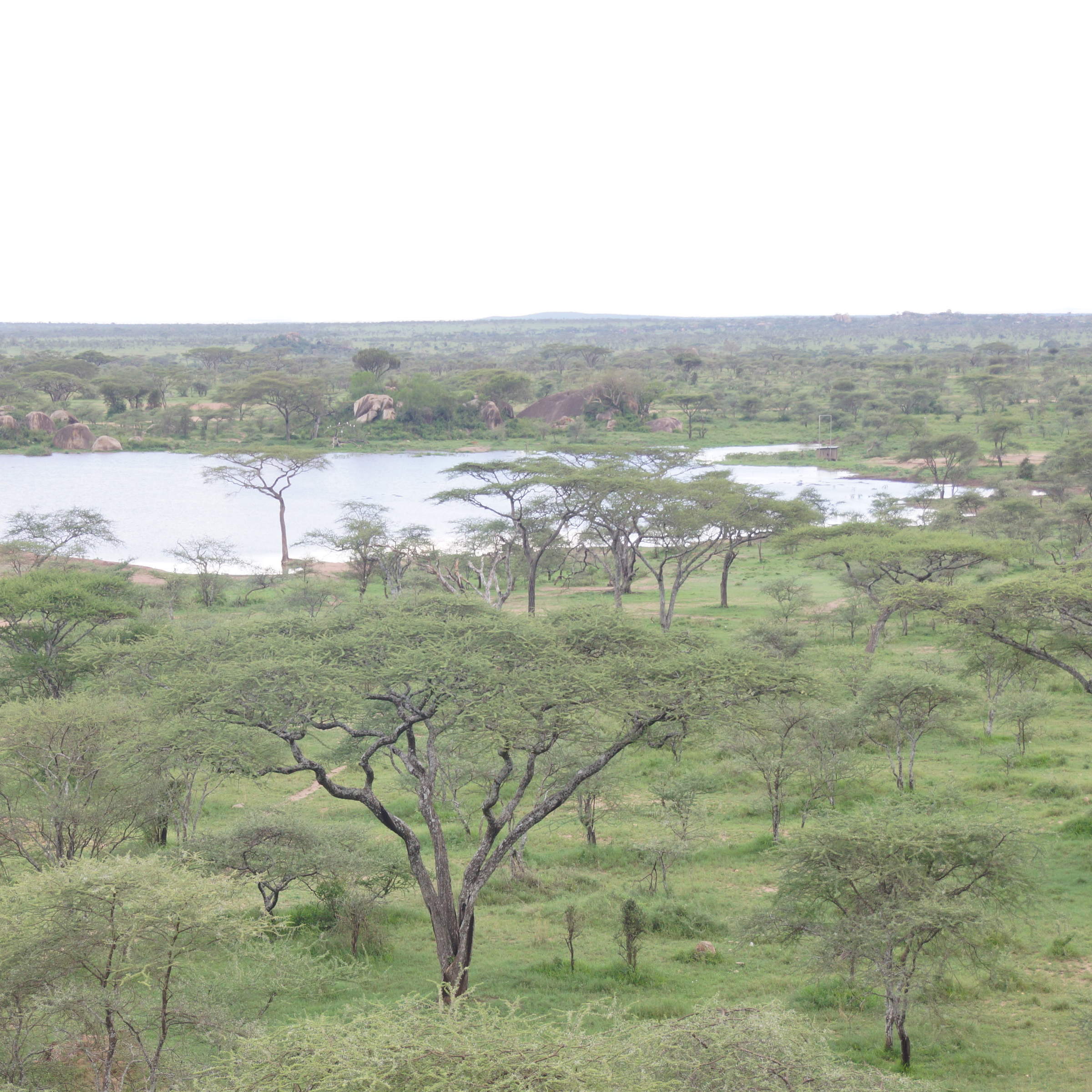
Seronera Wildlife Lodge
Seronera Wildlife Lodge is large hotel-style safari lodge in the heart of the Serengeti, offering good value and a great location.

Olduvai Camp
Olduvai Camp lies between Ngorongoro and the southern Serengeti plains. It's a good base for the southern plains during the rainy season.
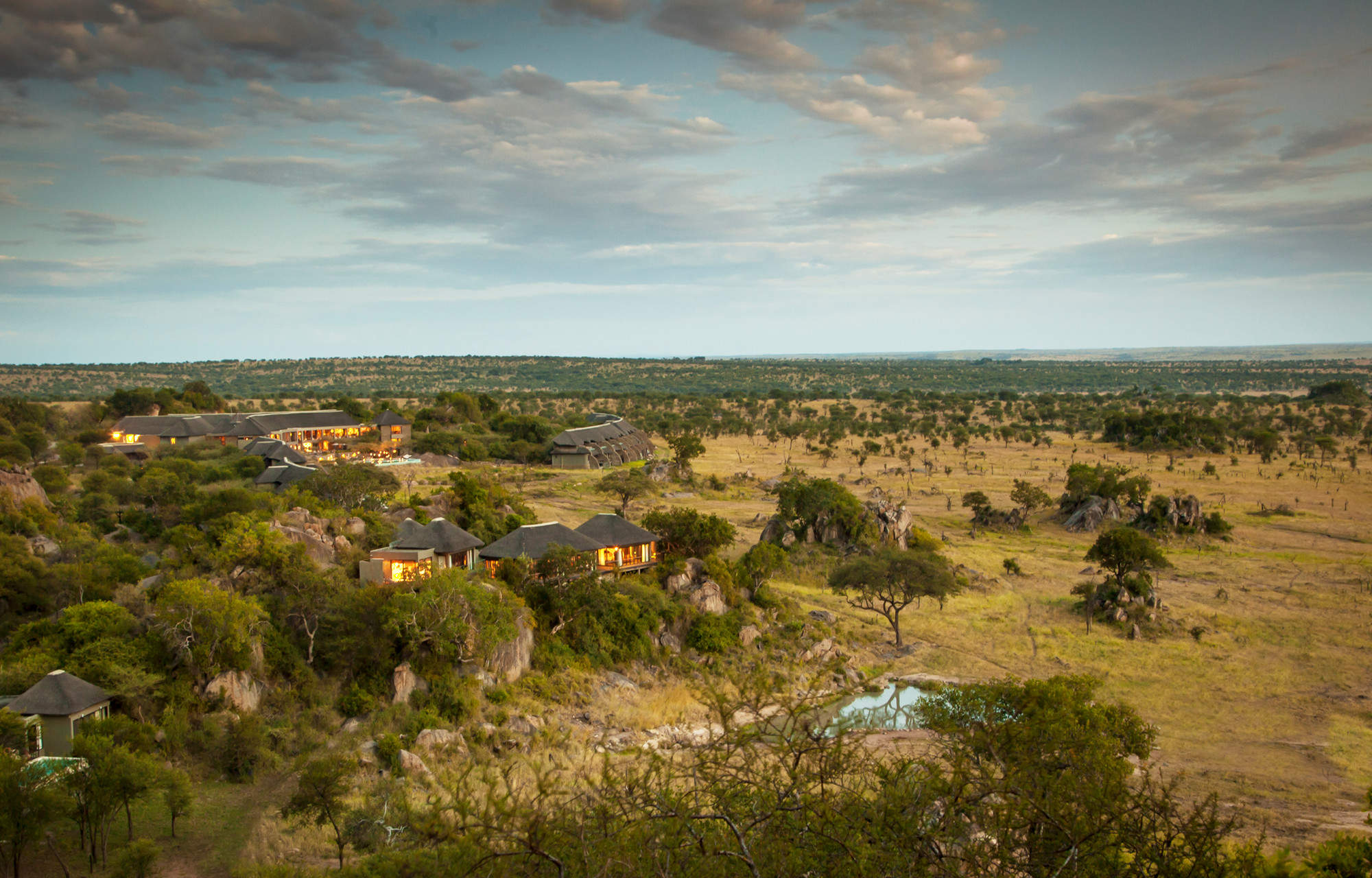
Four Seasons Serengeti
The Four Seasons Safari Lodge is the only hotel in the Serengeti offering international facilities such as a gym, spa and children’s club.
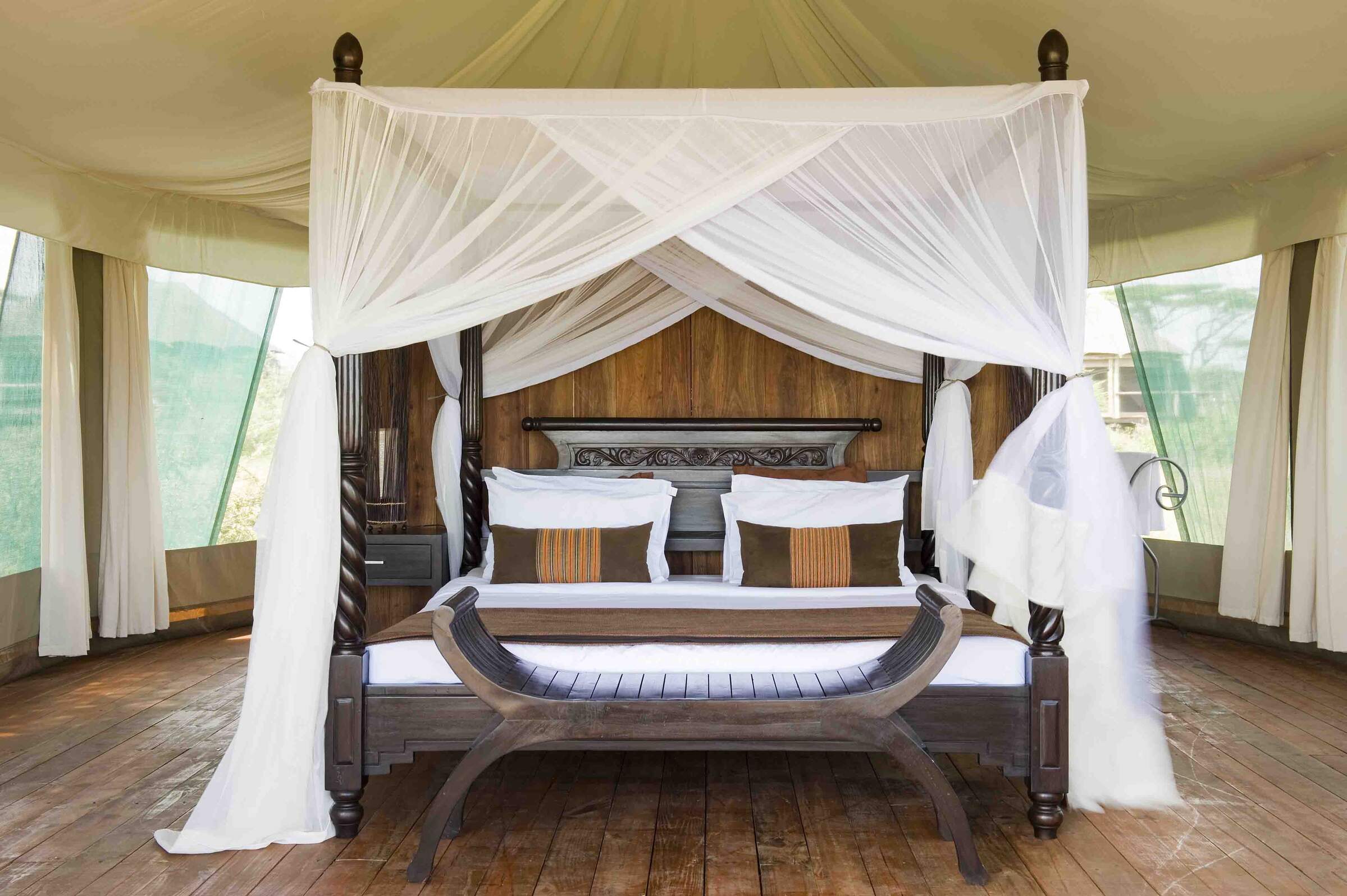
Lake Masek Tented Camp
Ideally located for the wildebeest migration from Dec–Apr, Lake Masek Tented Camp is a good, mid-market safari camp.
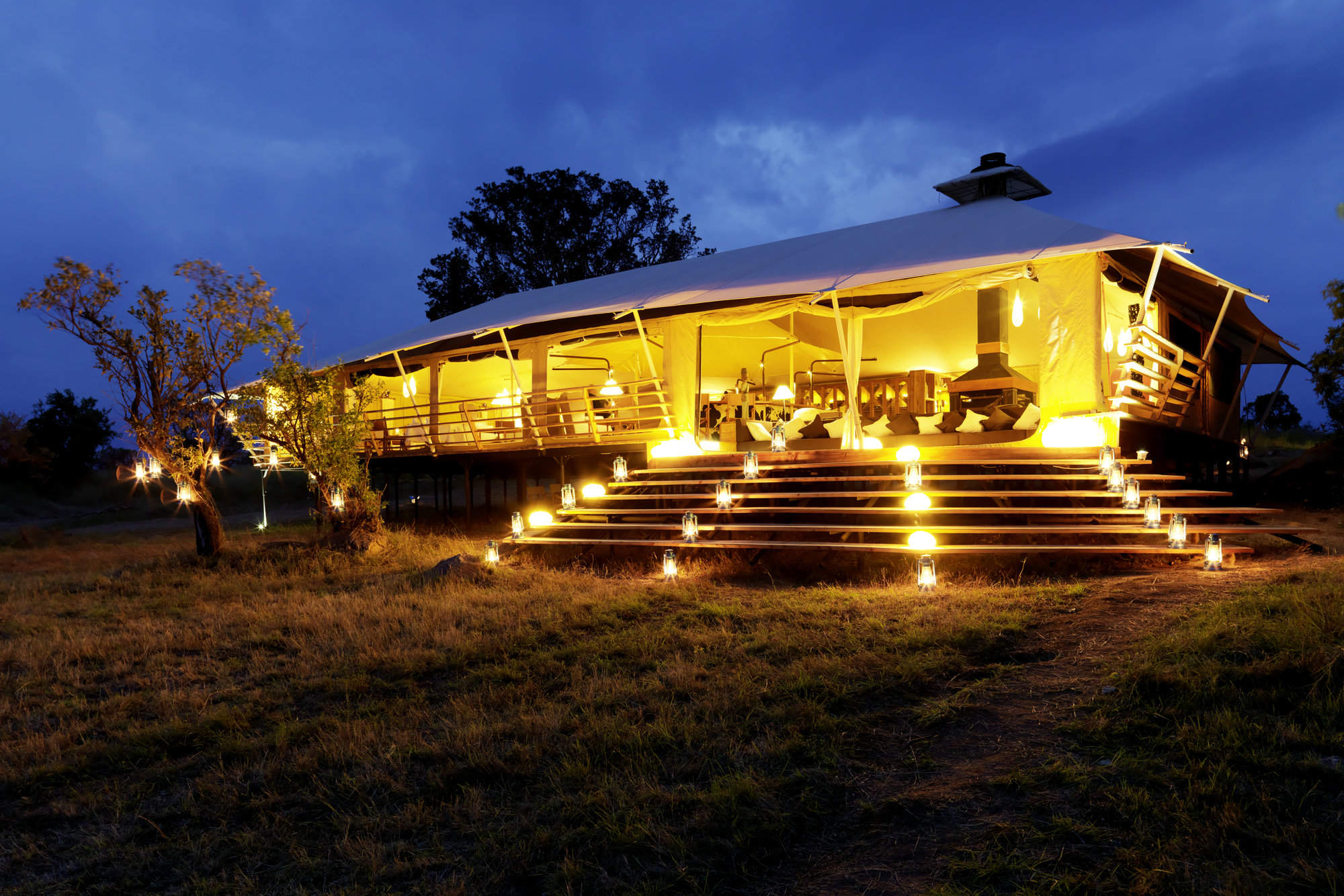
Bushtops
Serengeti Bushtops is a permanent luxury camp in the northern Serengeti, with spacious and private tents with their own hot tubs.
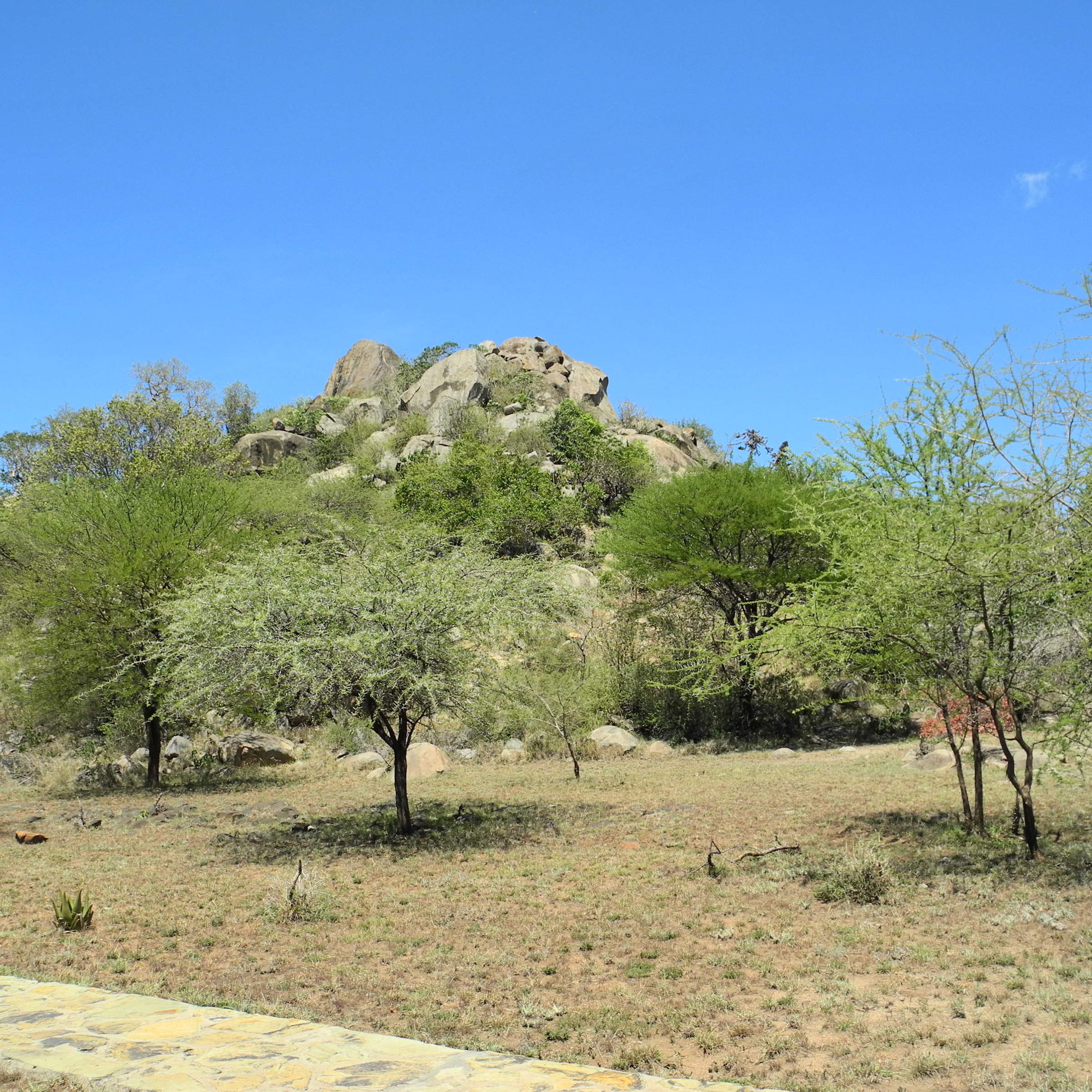
Mbuzi Mawe
Mbuze Mawe is a comfortable tented camp in a convenient, central-north location when driving through the Serengeti.
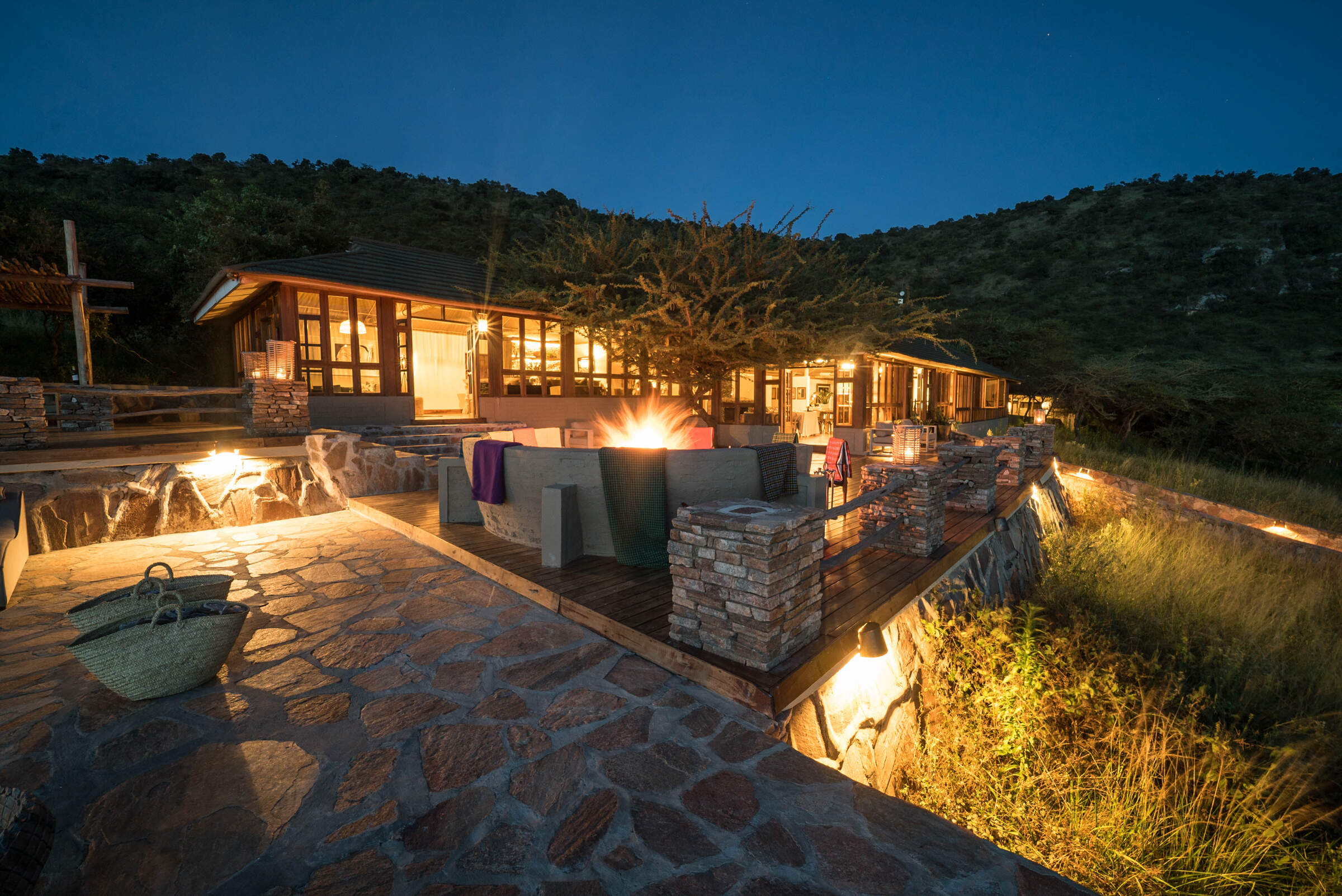
Taasa Lodge
Taasa Lodge is a slightly quirky option offering guided walks and night game drives, which are not permitted in Serengeti National Park.
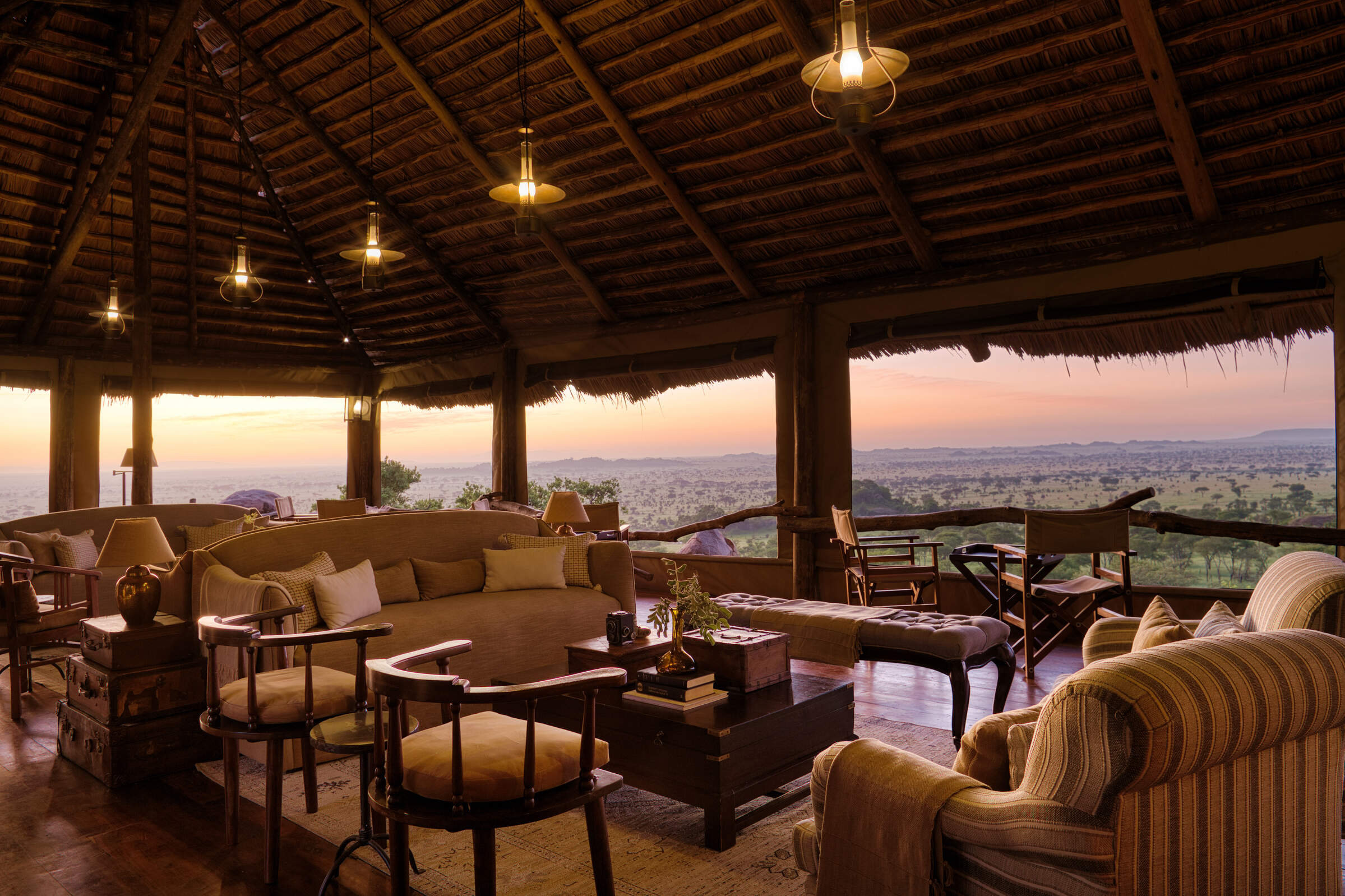
Serengeti Pioneer Camp
Serengeti Pioneer Camp is a luxurious tented camp in the central Serengeti, styled on African explorers' camps of the early 20th century.
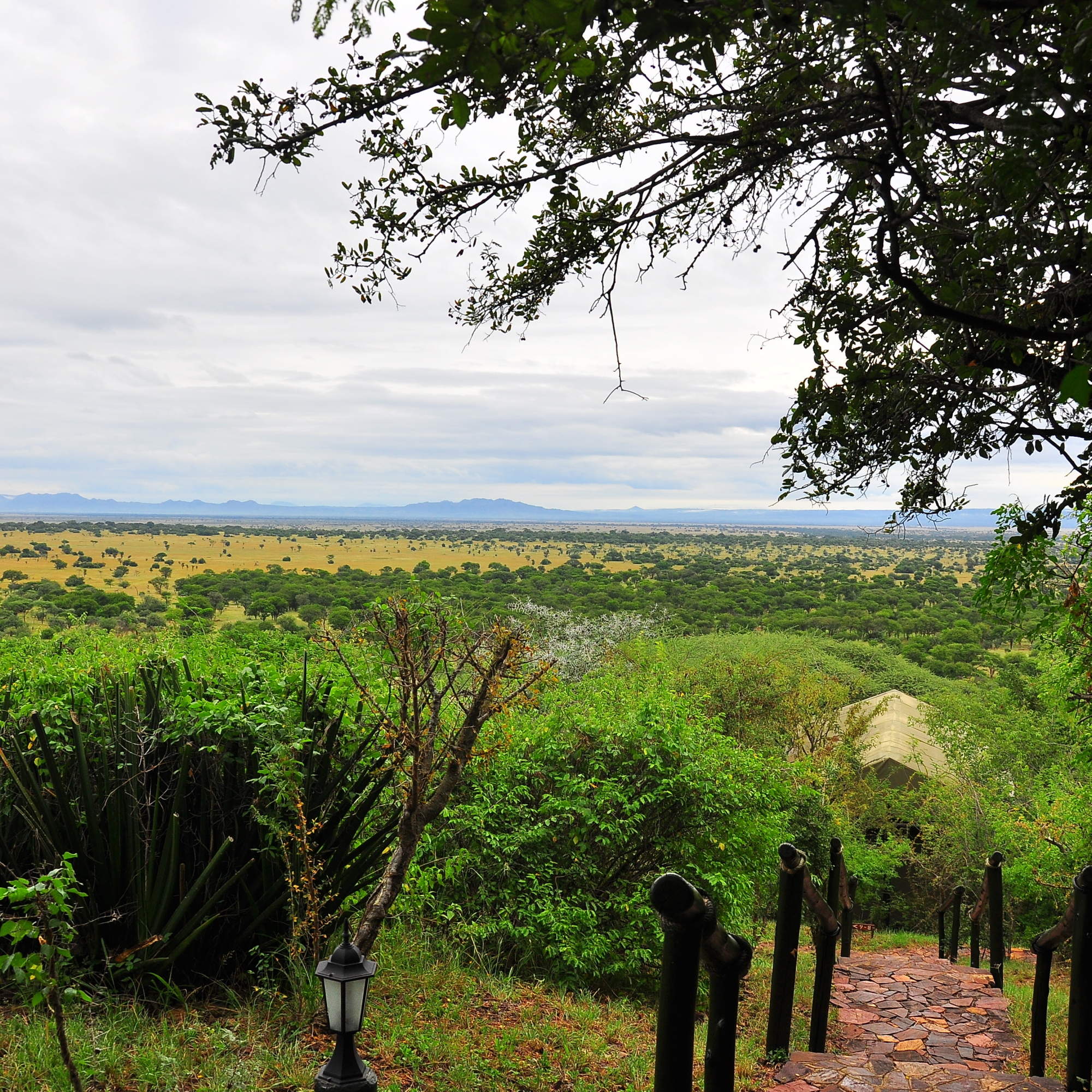
Kirawira Camp
Set high on a hill, in the Serengeti's western corridor, Kirawira is a relatively large tented camp in the Serena group.
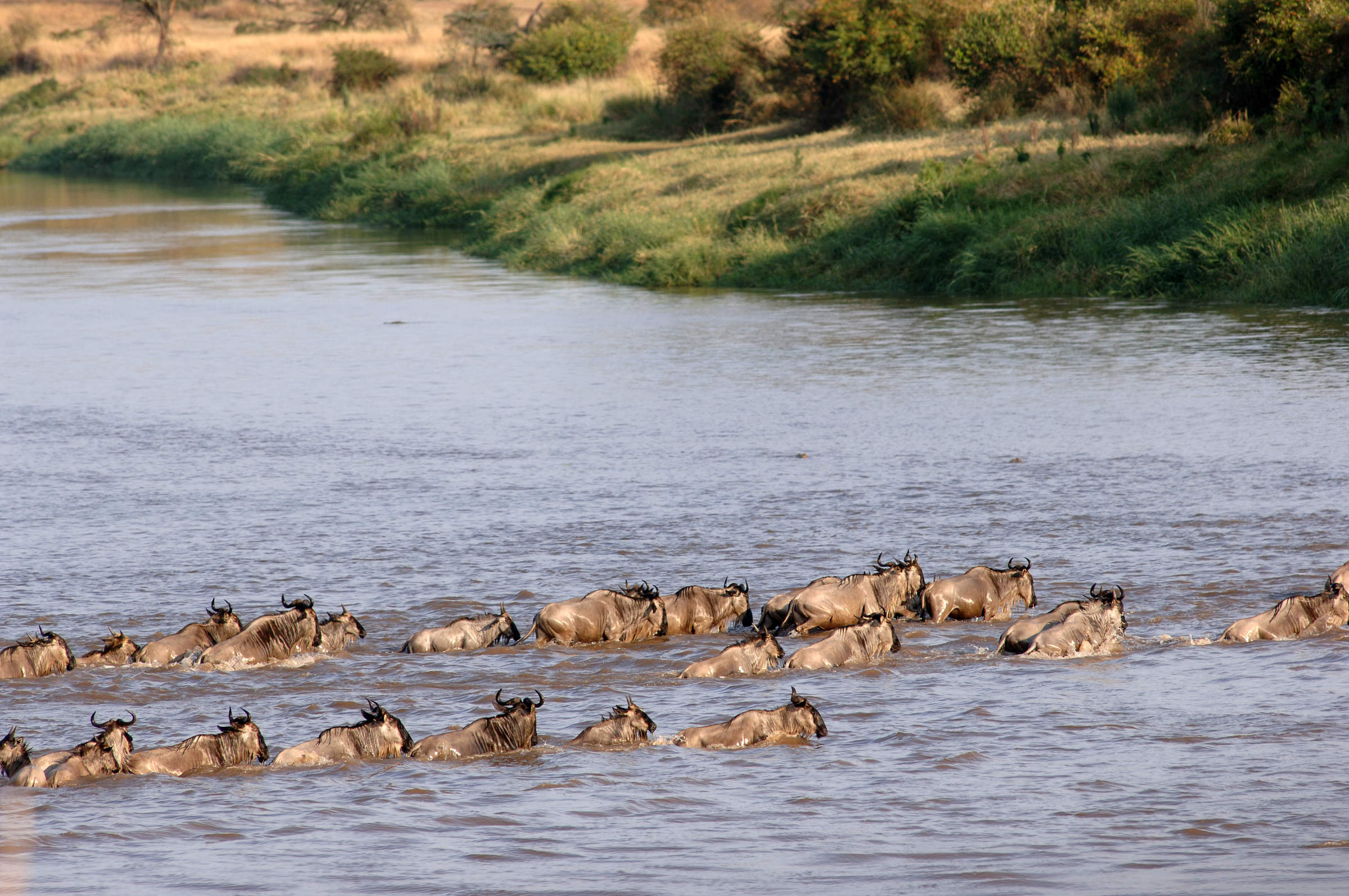
Mara Kati Kati
Mara Kati Kati is a simple bush camp in the northern Serengeti, based from Jul-Oct near the Mara River for the wildebeest migration.
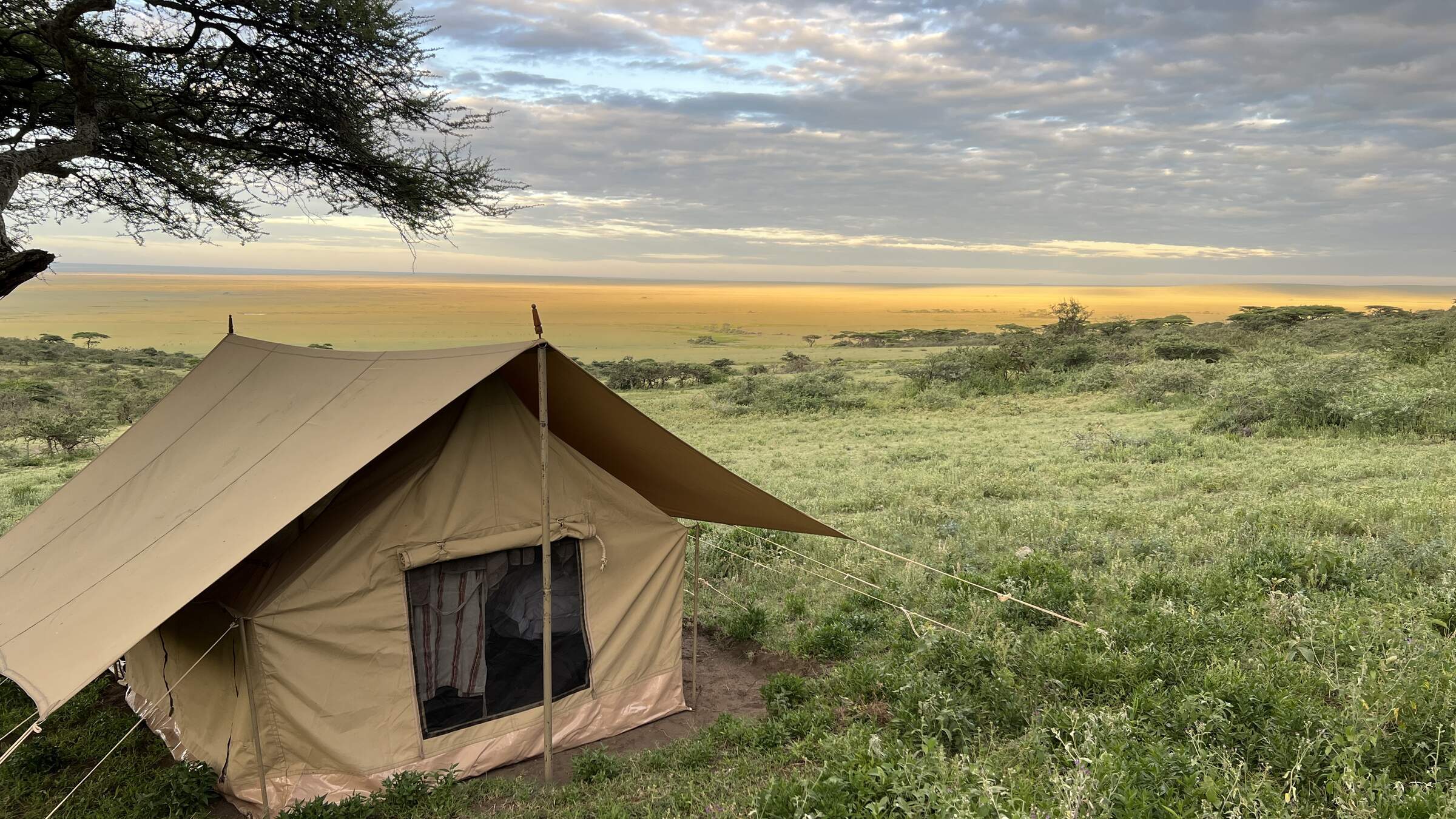
Nomad Walking Camp
Nomad Expeditionary Walking Camp is a simple camp of up to three tents, plus infrastructure, that changes location to allow guests to do substantial walks between campsites.
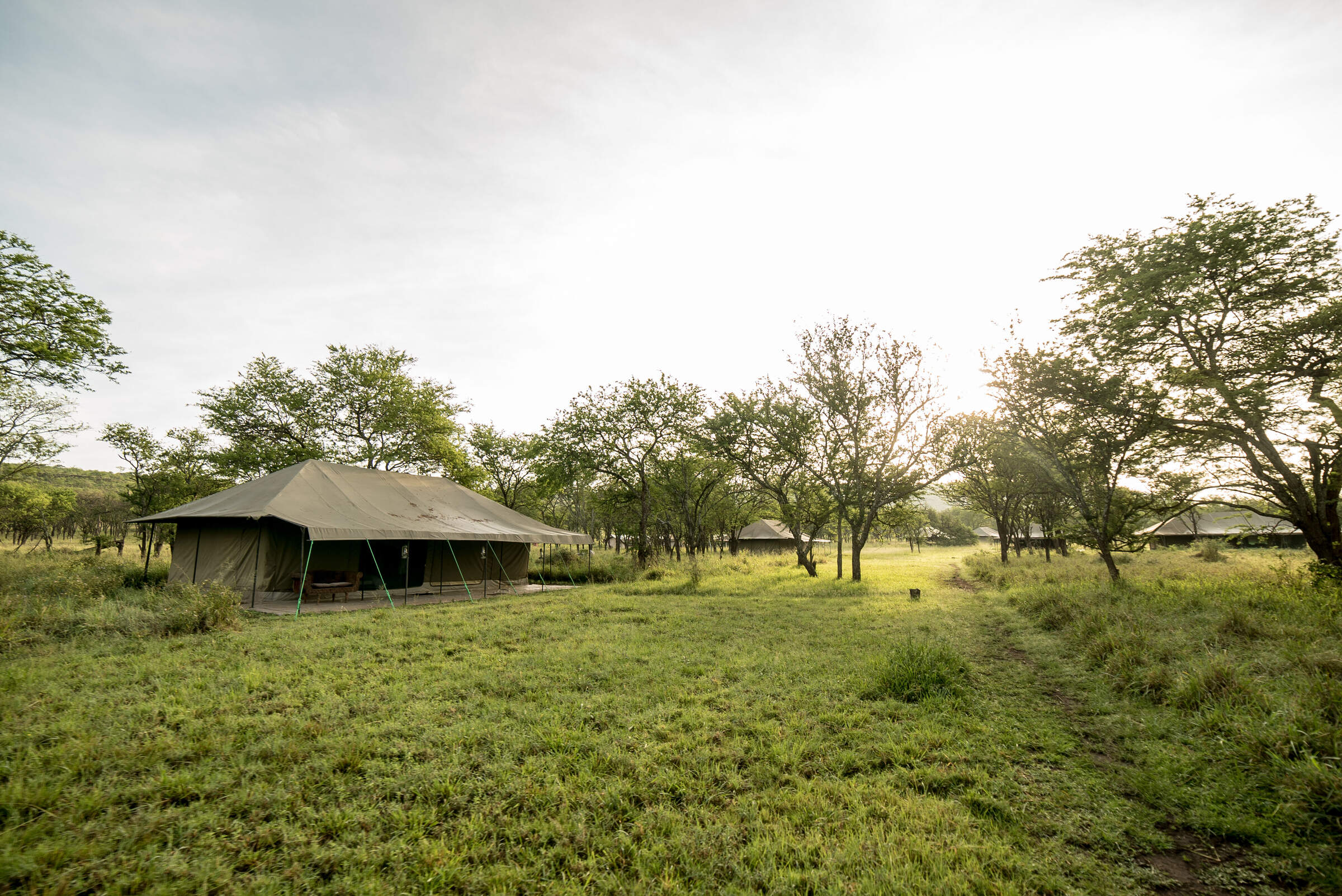
Nasikia Naona
Naona Camp is a small tented camp, located in the Moru Kopjes, west of the Serengeti central area
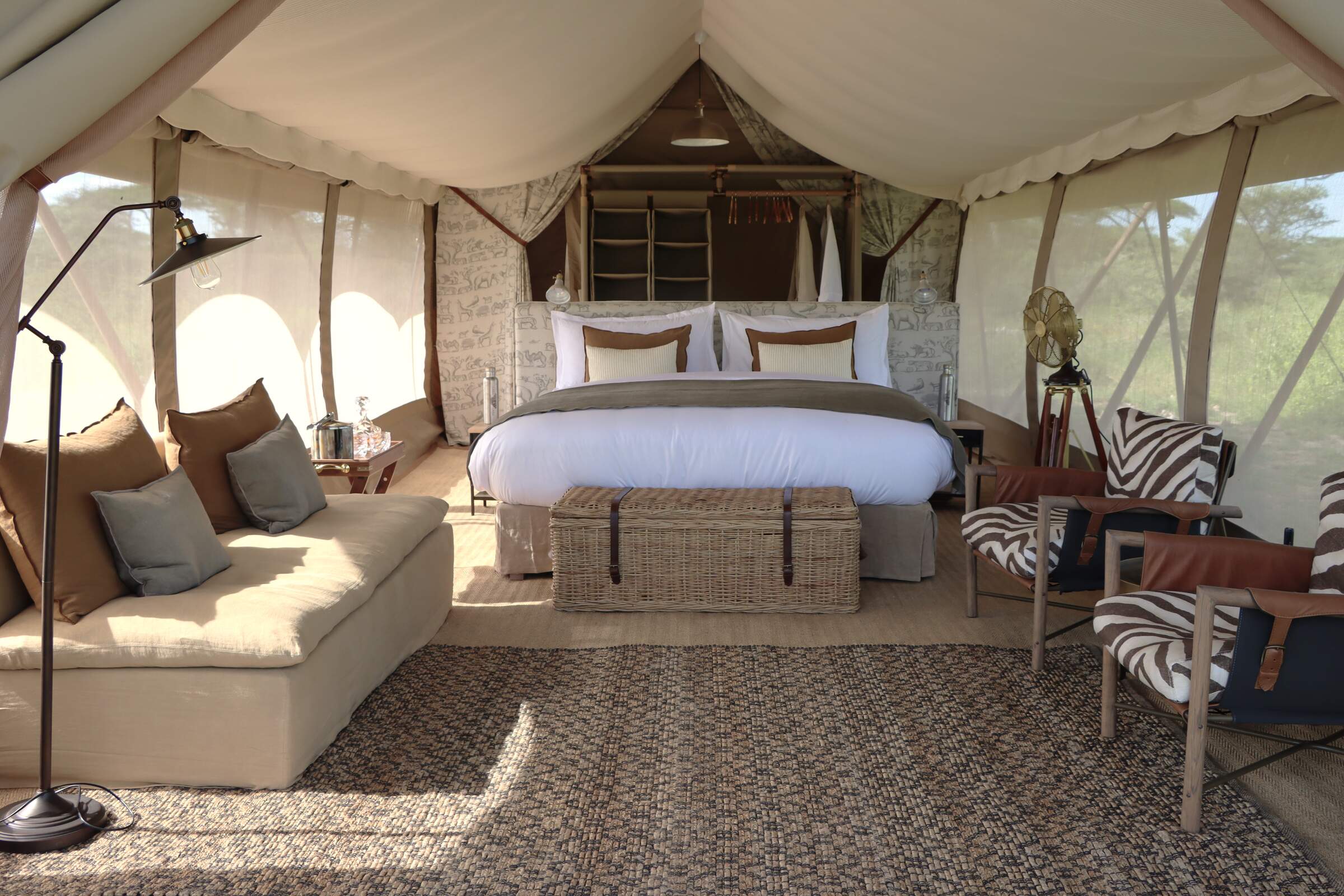
Laba Migration Camp
A luxury mobile camp that moves between the Western Corridor, Mara River and the southern Ndutu area, in line with the wildebeest migration.
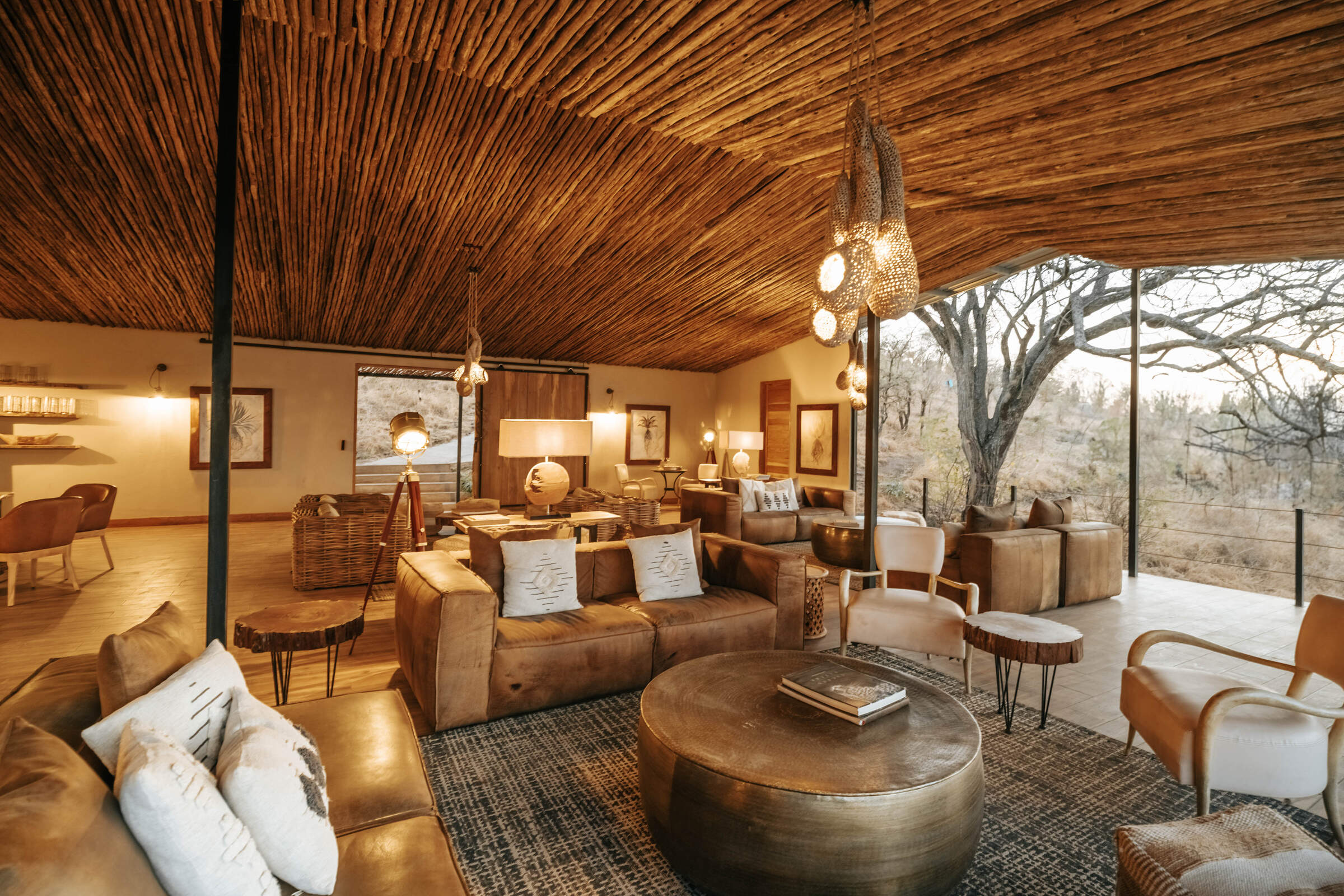
Nimali Serengeti
Opened in July 2017, Nimali Serengeti is a smart, permanent tented camp located in the Seronera area of the central Serengeti.
When to go to Serengeti Migration Area
Our month by month guide: What it's like to visit Sayari Camp in Serengeti Migration Area
Jan
Feb
Mar
Apr
May
Jun
Jul
Aug
Sep
Oct
Nov
Dec
Serengeti Migration Area in January
January marks the start of the Serengeti’s short dry season. In the southern plains, the wildebeest calving season takes centre stage, drawing both predators and eager wildlife enthusiasts. The weather is generally clear and sunny, with rising temperatures, though occasional rainfall may still occur in the southern areas. Birdwatching is particularly rewarding during this time, with resident species in their breeding plumage and migratory birds adding to the variety.
The far southern plains of Ndutu coupled with the central Seronera area remains a reliable choice for game viewing, with lions and cheetahs frequently sighted on the hunt. While the park can be busier early in the month due to New Year visitors, it often becomes quieter later, providing excellent value and a more peaceful experience. Patience may be needed during game drives, as some wildlife becomes more dispersed.
- Variable weather: clear, dry or rainy
- Thunderstorms may occur occasionally
- Prime birding season with migrant species
- Wildebeest gathering in southern Serengeti
- Busy early, quieter later in the month
Our view
A good time to visit, with pros & cons
Weather in January
Serengeti Migration Area in February
February in the Serengeti is hot, with daytime highs reaching around 33°C/91°F, but cooling down significantly in the evening and overnight. It's an excellent time to visit as the northern circuit is comparatively quieter than during peak seasons. The wildebeest calving season, typically occurring in a two-three week window in early-mid February, is a major attraction. Thousands of calves are born daily, attracting a significant number of predators, creating an intense yet fascinating spectacle.
Birdlife is equally vibrant, as migratory species from the northern hemisphere join the park's resident birds. The Ndutu region is especially active, hosting an abundance of wildlife. Hot air balloon safaris offer unparalleled views of the action below. Despite the midday heat, early morning game drives remain comfortable and highly rewarding.
- Hot and dry weather conditions prevail
- Wildebeest calving in southern plains
- Southern Serengeti busy for migration
- Lush, green landscapes across the park
- Ideal for wildlife photography
Our view
A very good time to visit
Weather in February
Serengeti Migration Area in March
March typically sees the arrival of the long rains in the Serengeti, though the exact timing can vary each year. With water becoming more plentiful, migratory animals begin to spread out, making wildlife spotting a bit more challenging in certain areas. The Seronera Valley remains a reliable choice for sightings, thanks to its consistent water sources.
The rains bring a dramatic transformation to the landscape, with lush greenery emerging across the plains, offering stunning photographic opportunities. Birdwatchers are in for a treat, as many species are in their vibrant breeding plumage. Although some mobile tented camps begin winding down operations in preparation for the next season, visitors can still enjoy the park’s quieter atmosphere and its renewed natural beauty.
- Hot with increasing humidity pre-rains
- Wildlife viewing varies as rains begin
- Park quieter with lower visitor numbers
- Excellent time for bird watching
- Green vegetation provides scenic backdrops
Our view
A good time to visit, with pros & cons
Weather in March
Serengeti Migration Area in April
April tends to be the wettest month in the Serengeti, with rainfall averaging around 250mm. The park is transformed into a verdant oasis, alive with birds, insects, and smaller wildlife. However, the dense vegetation can make spotting animals more difficult. Visitor numbers are at their lowest, allowing for a more exclusive safari experience and there can be some good emerald season bargains to be had.
The wildebeest migration typically begins slowly moving toward the Western Corridor, and patient travellers can witness fascinating sights such as newborn animals and predators on the hunt. Rising water levels make the Retina Hippo Pool particularly active. Birdwatching continues to be excellent, and many lodges offer reduced rates, making it an appealing time for those willing to brave occasional downpours.
- Heavy rains with impressive thunderstorms
- Some camps closed due to weather
- Lowest rates and fewest tourists
- Vibrant greenery, wildlife more dispersed
- Not ideal for general wildlife viewing
Our view
This is not a great time to visit
Weather in April
Serengeti Migration Area in May
As the month of May progresses, the rains start to taper off across the Serengeti and temperatures drop slightly. Visitor numbers remain low, and lodge rates are often highly competitive, making it a great time for more value-conscious travellers. The wildebeest migration usually still heading towards the Western Corridor, with some herds nearing the Grumeti River and others still milling around the central area of the park. Predator-prey interactions become more frequent as animals navigate the changing environment.
The Moru Kopjes region offers particularly rewarding wildlife encounters, including the chance to spot black rhinos. The park’s vegetation is at its lushest, providing breathtaking backdrops for photographers. Balloon safaris during this time give a spectacular view of the green plains and migrating herds.
- Rains continue, creating dramatic skies
- Quiet period, great for avoiding crowds
- Lush landscapes with long grasses
- Wildlife more dispersed, fewer sightings
- Affordable safari options available
Our view
This is not a great time to visit
Weather in May
Serengeti Migration Area in June
June signals the end of the rainy season in the Serengeti, with the landscape beginning to dry out. Wildlife starts to gather around permanent water sources, and the Grumeti River becomes a key location for dramatic river crossings. Before the wildebeest migration heads north, the Western Corridor remains a hub of activity.
Many camps will offer shoulder season rates in June, meaning that this is also a more affordable time to visit than later in the year. The Lobo Valley in the north also becomes a productive area for wildlife viewing. With shorter grasses and clearer conditions, June is an excellent time for walking safaris in designated areas. The balance of good weather, exciting wildlife action, and moderate tourist numbers makes it a great month to visit.
- Weather varies: clear, dry or some rain
- Migration moving from west to north
- Parks still green with high grasses
- Wildlife becoming more concentrated
- Good value shoulder season prices
Our view
A good time to visit, with pros & cons
Weather in June
Serengeti Migration Area in July
July is the start of peak season in the Serengeti, with little to no rainfall expected and pleasant daytime temperatures. As the park dries, wildlife congregates in fewer areas, improving game viewing opportunities. The wildebeest migration typically reaches the northern Serengeti, with herds beginning to cross the Mara River. This spectacle draws many visitors, making the northern areas busier.
The Seronera area remains excellent for big cat sightings. In the western corridor, resident game becomes easier to spot as vegetation thins. Balloon safaris are particularly popular this month, offering breathtaking views of the migrating herds. Despite the crowds, July offers some of the year's best wildlife viewing opportunities across the park.
- Dry days, chilly mornings and evenings
- Excellent wildlife viewing opportunities
- Peak season with increasing visitor numbers
- Highest prices due to prime conditions
- Great Migration in full swing
Our view
Fantastic: the very best time to visit
Weather in July
Serengeti Migration Area in August
August in the Serengeti is characterised by clear skies and sunny weather, though cooler nights and mornings call for layered clothing for early morning game drives. It's an extremely popular time to visit, with accommodation prices at their peak. The northern Serengeti is particularly busy as visitors hope to witness migration river crossings – with the Mara and Sand rivers becoming focal points for dramatic wildlife interactions.
In the central Serengeti, predator sightings remain good around the Seronera River. The park's southern regions are now much drier, home to excellent resident game and now fewer visitors. Balloon safaris provide stunning aerial views of the landscape and wildlife. While August is a very busy time, the consistent wildlife activity and reliable weather make it a fantastic month to visit.
- Dry climate, cool mornings and evenings
- Superb general wildlife viewing
- Exciting wildebeest migration period
- Very busy, camps fill up quickly
- Dramatic river crossings may occur
Our view
Fantastic: the very best time to visit
Weather in August
Serengeti Migration Area in September
September continues the Serengeti’s dry season, with wildlife becoming increasingly concentrated around the few remaining water sources. The northern Serengeti still hosts the wildebeest migration, with river crossings at the Mara River offering dramatic predator-prey interactions. The Seronera Valley remains an excellent spot for sightings of resident predators, while the now-parched southern plains offer good chances to see cheetahs.
As the month progresses, visitor numbers begin to drop slightly, making it a quieter time to explore. Birdwatching remains rewarding, and walking safaris provide a more intimate wildlife experience. September’s pleasant weather and exceptional wildlife viewing make it a very good time to visit.
- Fantastic wildlife viewing conditions
- Slightly less crowded than peak months
- Parks becoming dry with less vegetation
- Pleasant temperatures throughout day
- Prices remain high for quality safaris
Our view
Fantastic: the very best time to visit
Weather in September
Serengeti Migration Area in October
October marks the tail end of the dry season in the Serengeti. Wildlife gathers around the last water sources, creating fantastic viewing opportunities. The Mara River may still see some migration activity, while the central Seronera region continues to deliver reliable predator sightings. In the western corridor, large herds of elephants are a highlight, and the dry southern plains can sometimes offer very good opportunities to spot cheetah.
Birdwatching is rewarding, with many resident species easily spotted. Balloon safaris offer breathtaking views of the parched landscape – though photographers need to be prepared for dusty conditions. Prices remain high, but visitor numbers are lower than in July-Sept, providing a more exclusive safari experience.
- Mostly dry with comfortable temperatures
- Excellent game viewing opportunities
- Landscape may appear somewhat barren
- Lower visitor numbers than earlier months
- Chance to see predator action at its best
Our view
A very good time to visit
Weather in October
Serengeti Migration Area in November
November usually signals the start of the short rains in the Serengeti. While lighter and more sporadic than the long rains, they rejuvenate the landscape with fresh grass growth. Wildlife begins to disperse as water becomes more readily available, but game viewing remains strong, particularly in the central Seronera area.
The wildebeest herds start their journey southward from the Mara region, creating opportunities for unique sightings. Birdwatching is excellent, with the arrival of migratory species adding to the variety. Some mobile camps in the north close temporarily, but those who visit in November can enjoy great value with lower rates and quieter conditions.
- Variable weather: clear, dry or rainy
- Parks quieter with lower-end prices
- Some camps close for maintenance
- Wildlife disperses as rains begin
- Migration movement less predictable
Our view
A good time to visit, with pros & cons
Weather in November
Serengeti Migration Area in December
December is a transition month in the Serengeti, falling within the short rainy season. The rains bring life to the southern plains, attracting the wildebeest herds and the predators that follow them. The Ndutu region becomes a focal point for wildlife activity.
Temperatures are comfortable, averaging around 27°C/81°F, with the possibility of occasional thunderstorms. Birdwatching is outstanding, with many migratory species adding to the diversity. Early December offers good value, with lower prices and fewer visitors, but the festive season sees a surge in demand, requiring early bookings. Balloon safaris provide stunning views of the rejuvenated landscape, making December an exciting time to visit the park.
- Weather varies: dry, rainy, or stormy
- Good game viewing in central Serengeti
- Quiet early, extremely busy late month
- Prices rise sharply for holiday season
- Green season begins, landscapes refresh
Our view
A good time to visit, with pros & cons
Weather in December

Looking for inspiration on where to travel next?
Visit our trip chooser to explore your options and find inspiration for your perfect African adventure
Inspire me